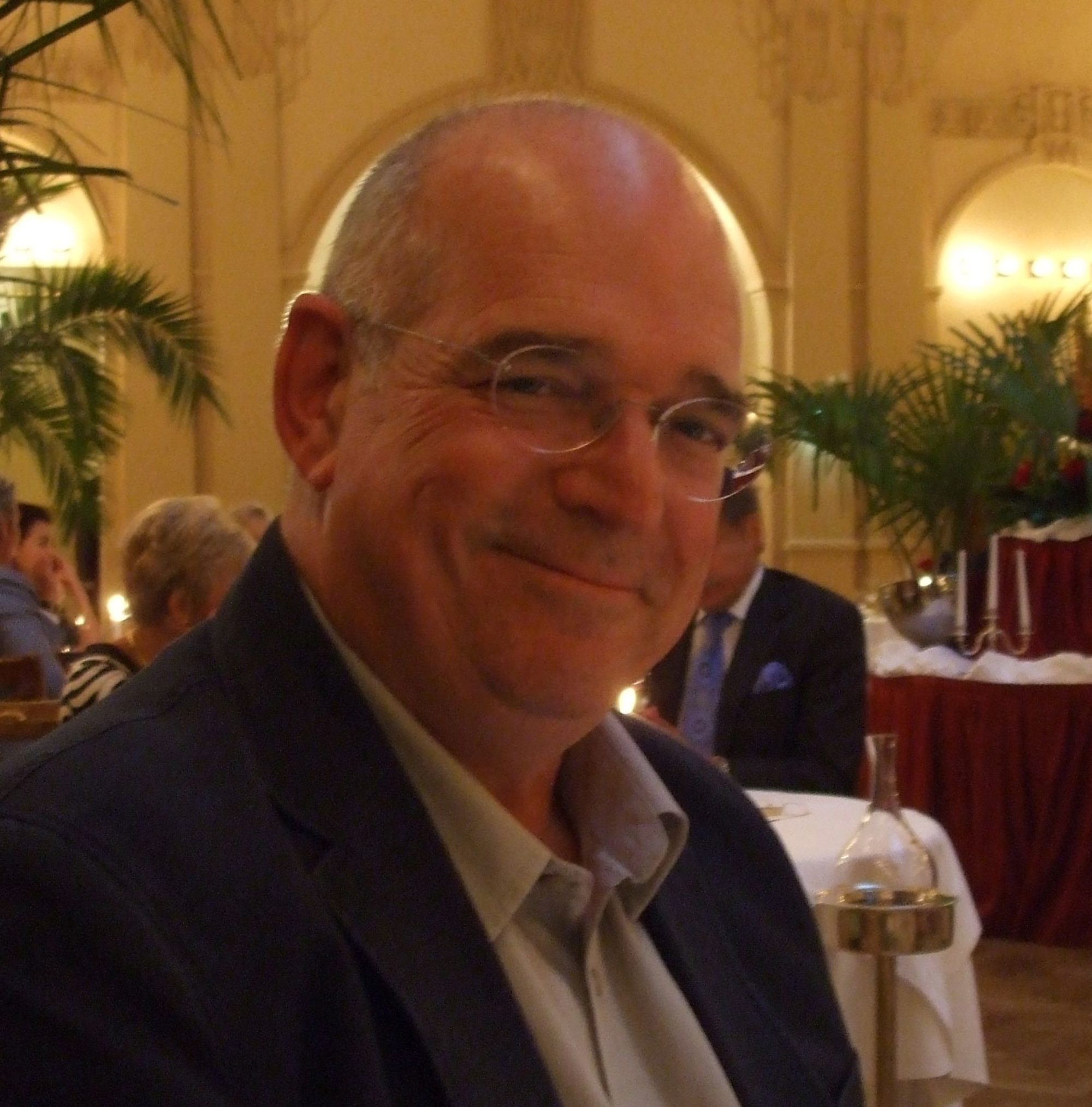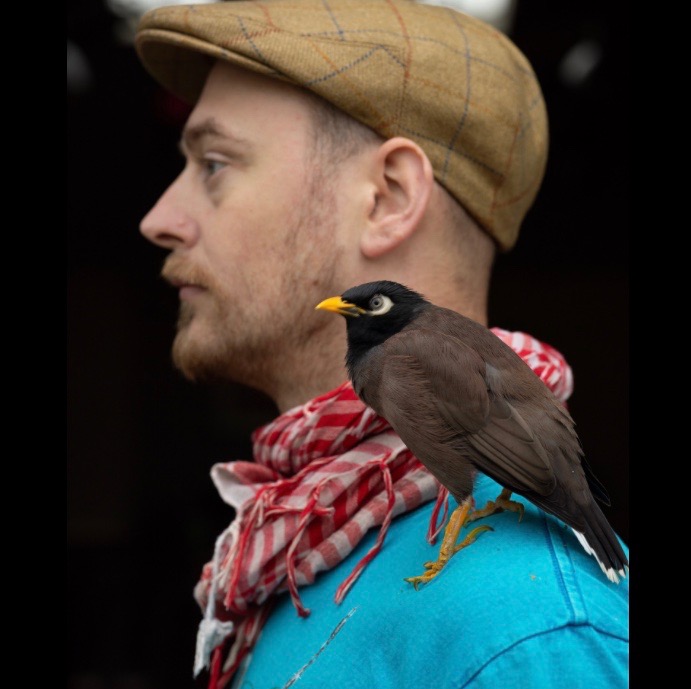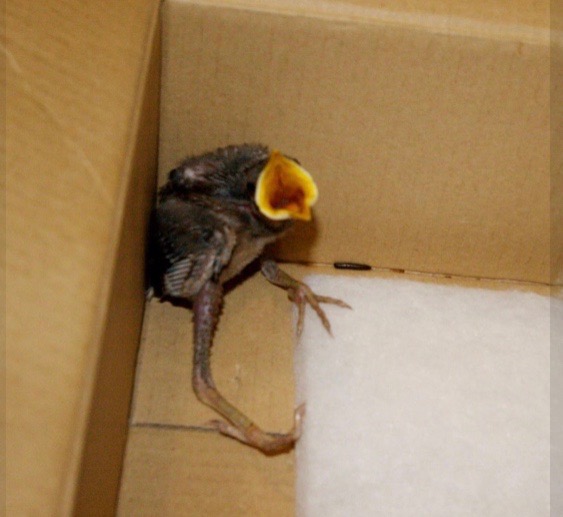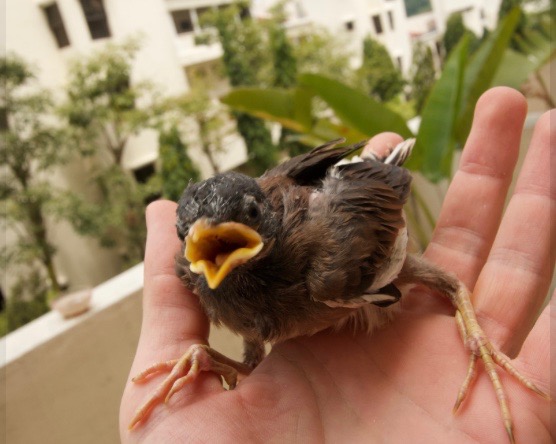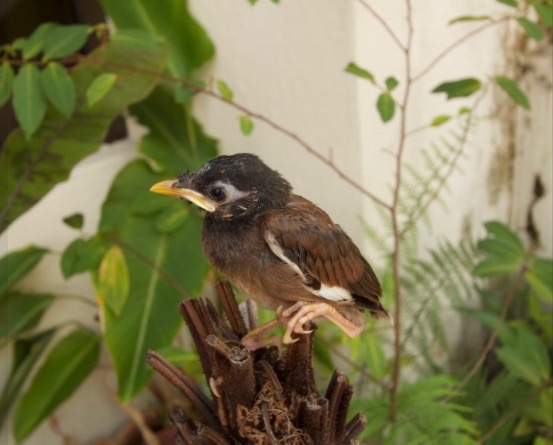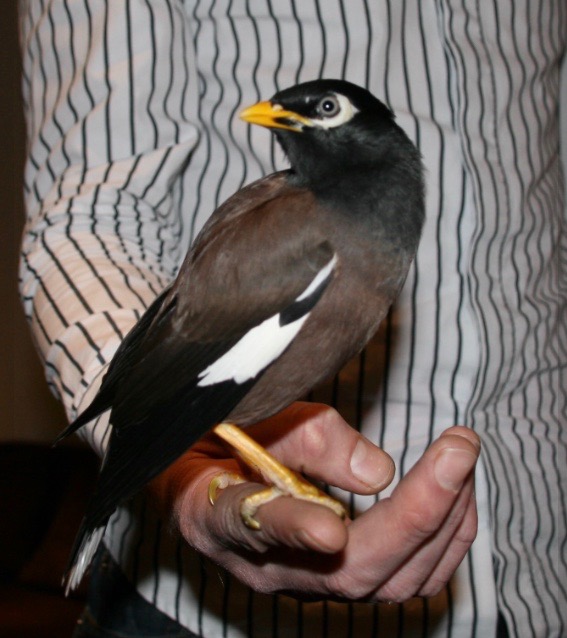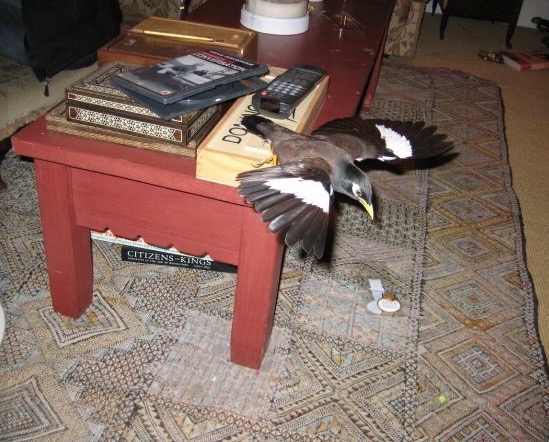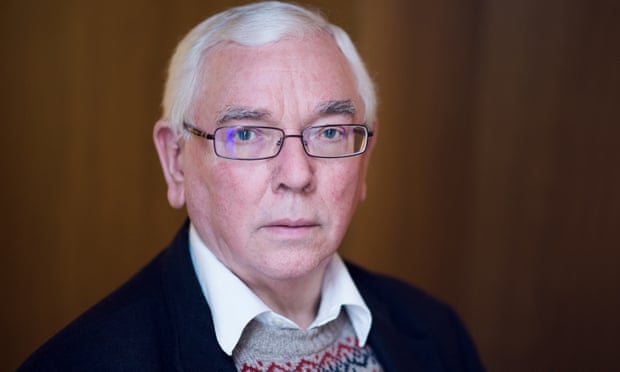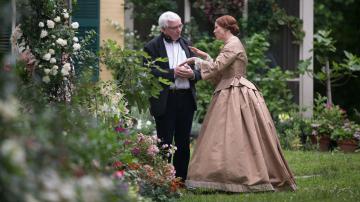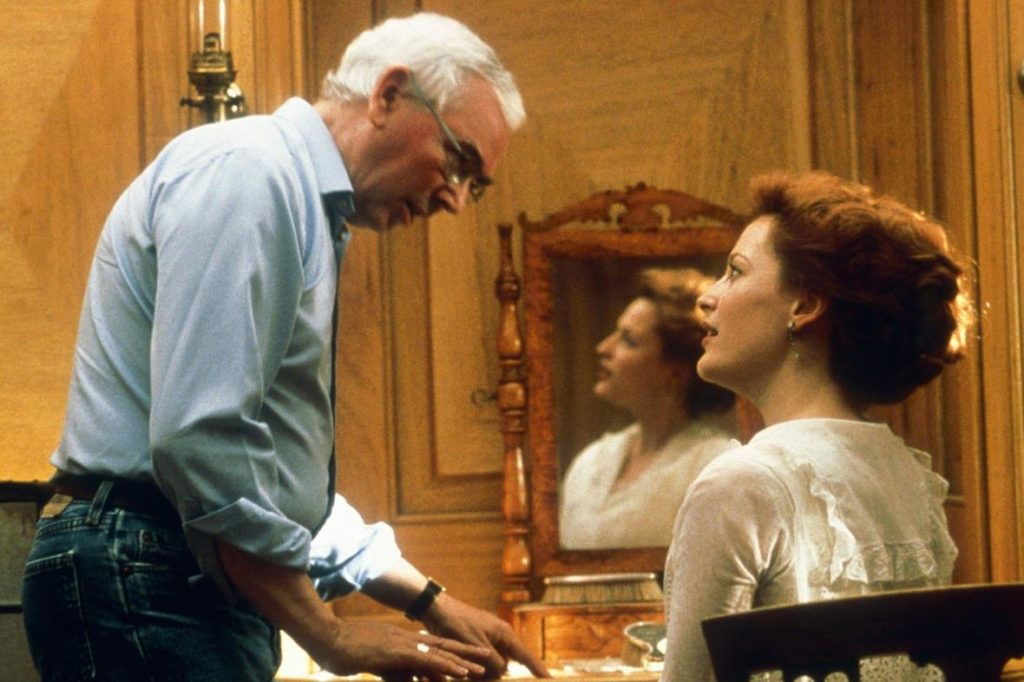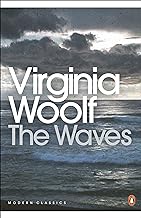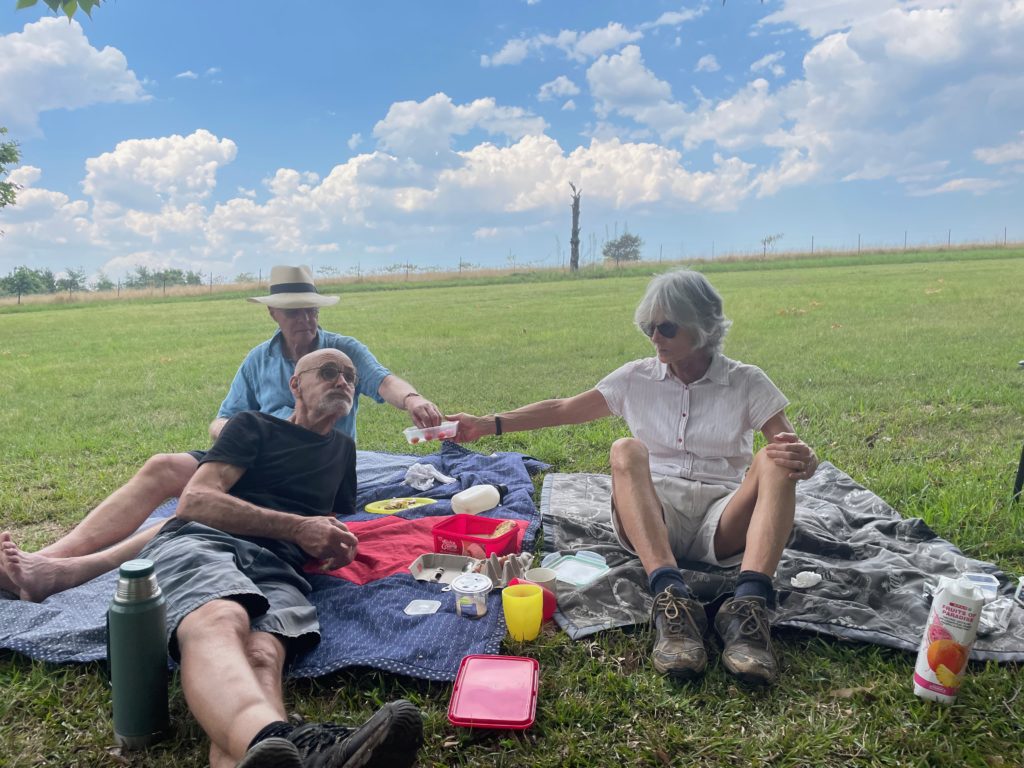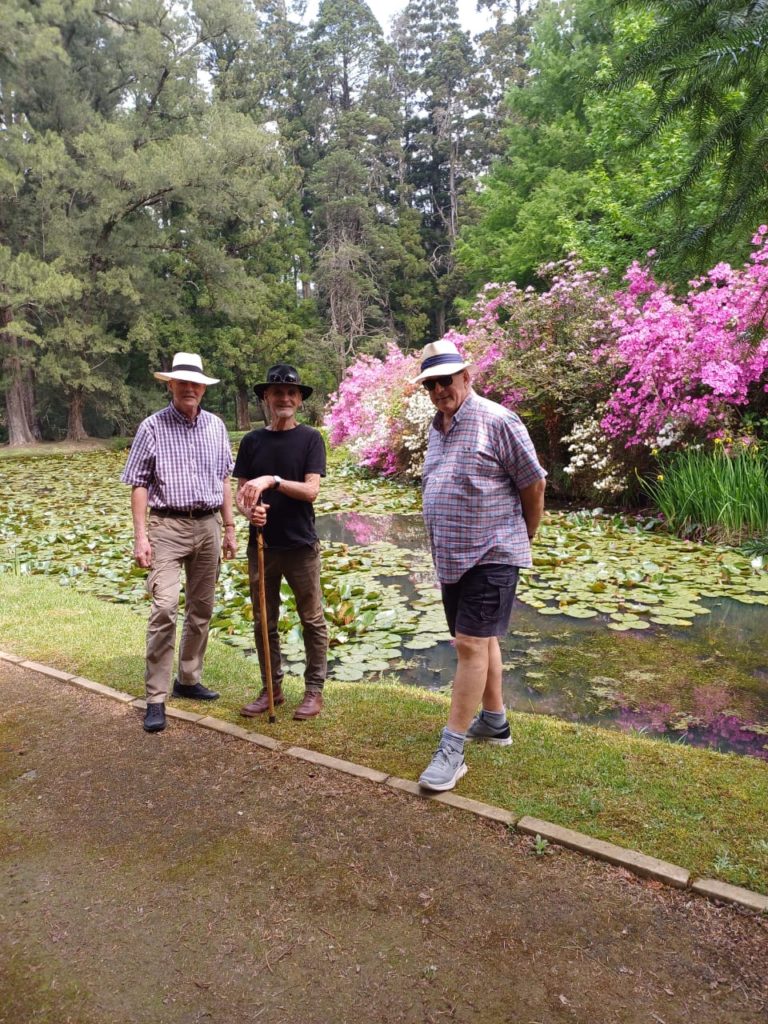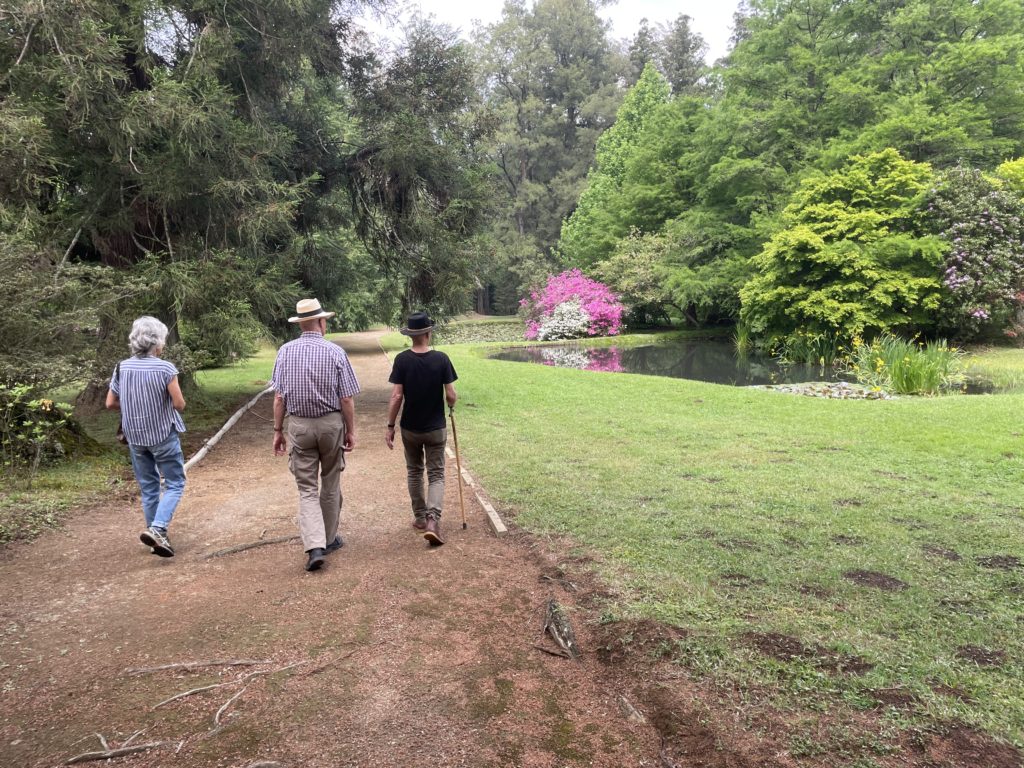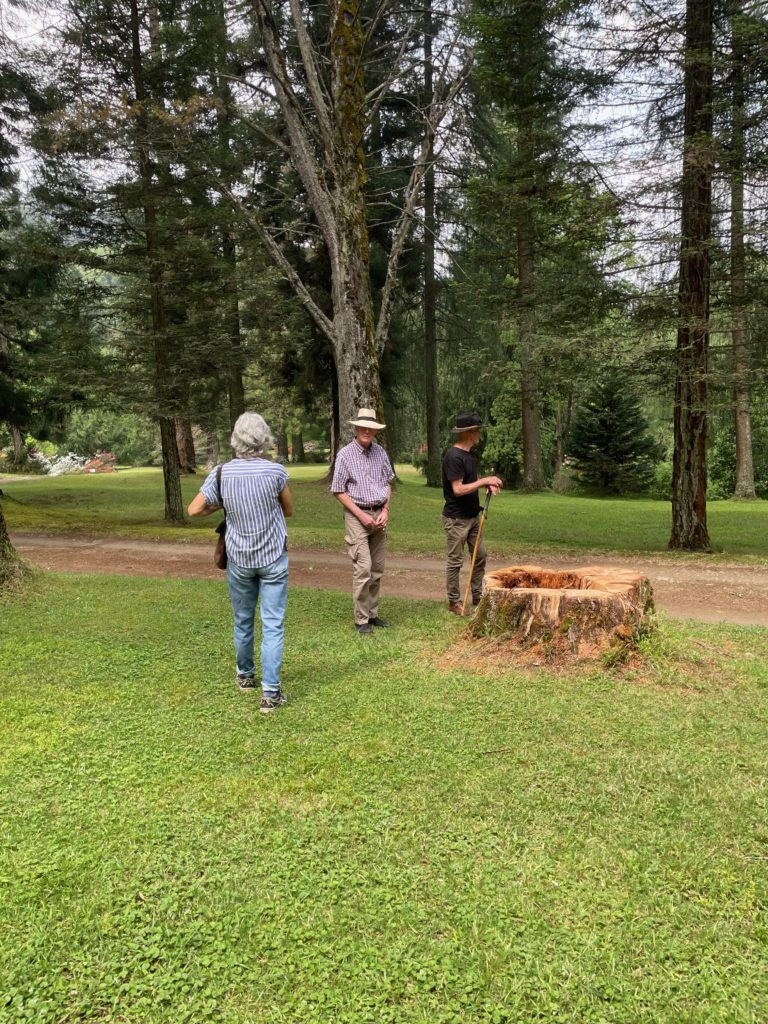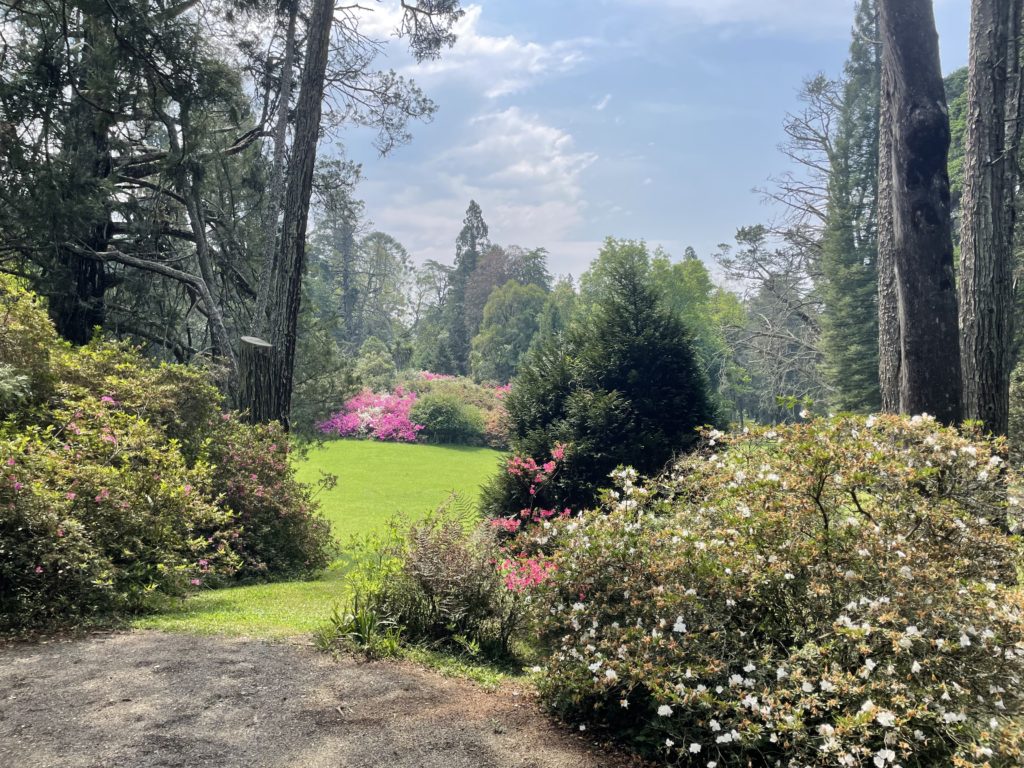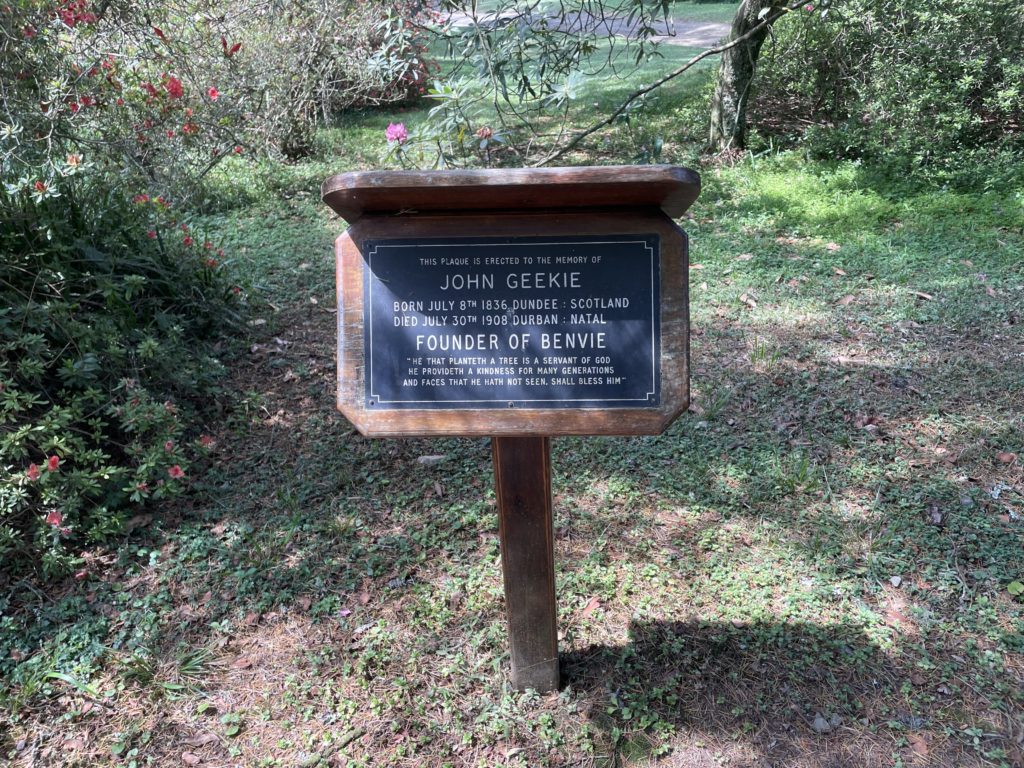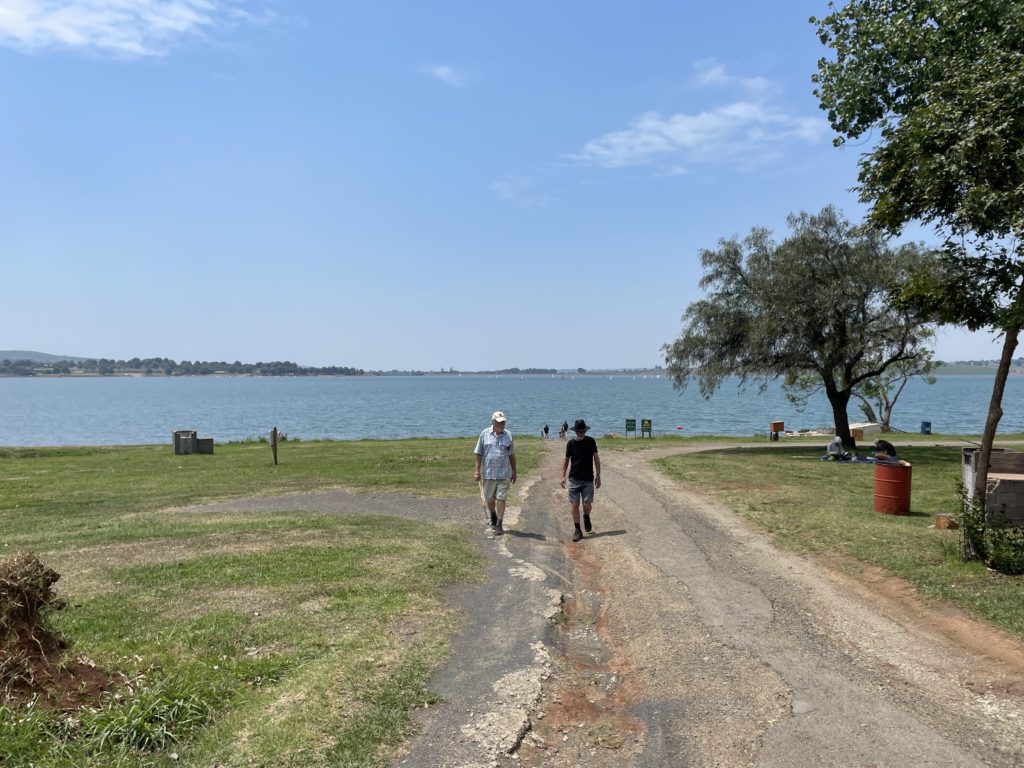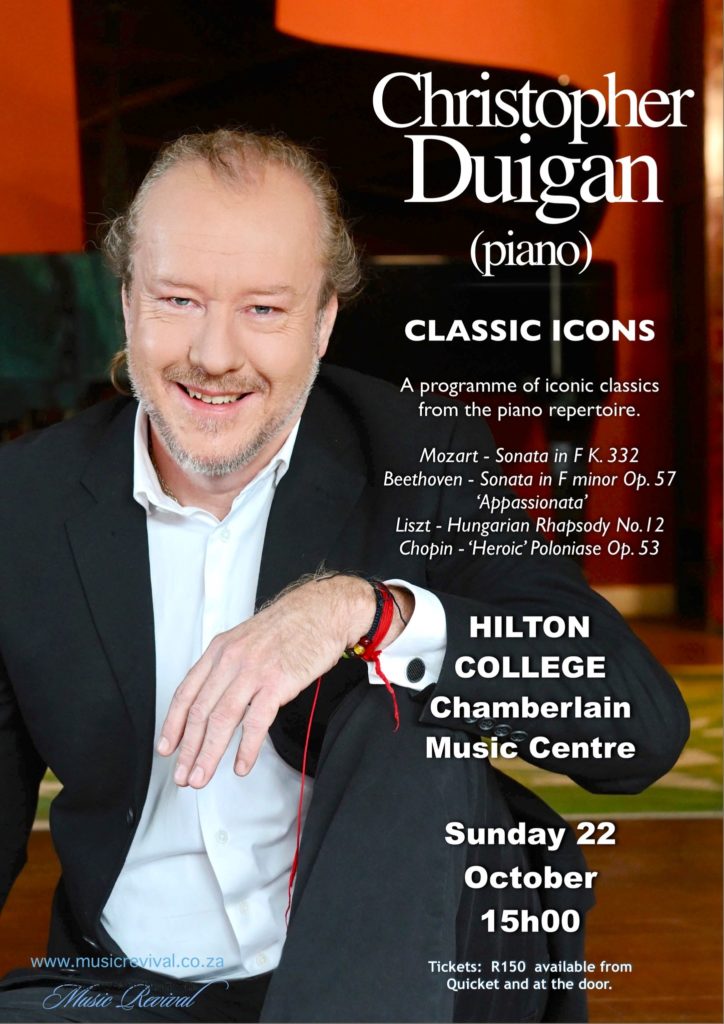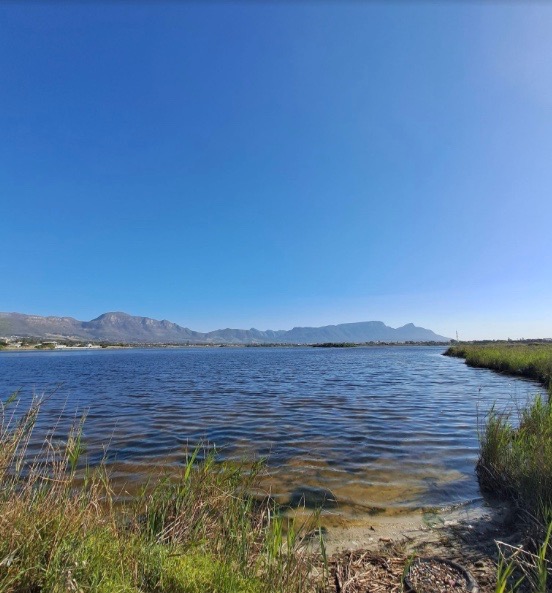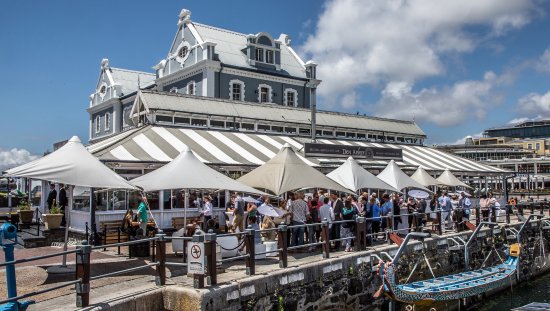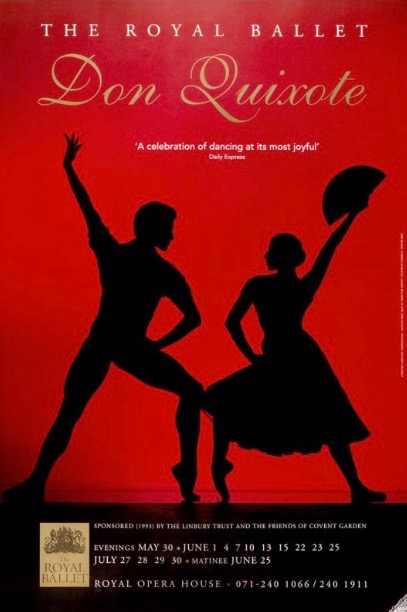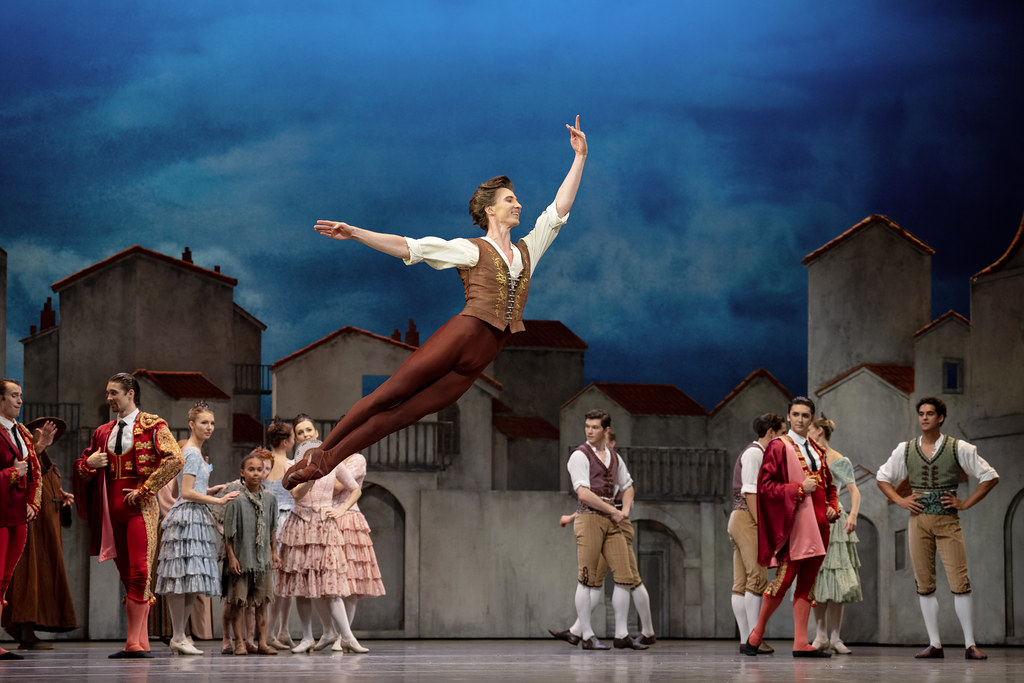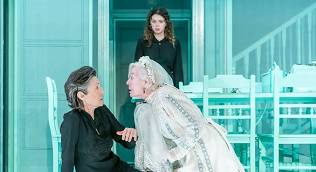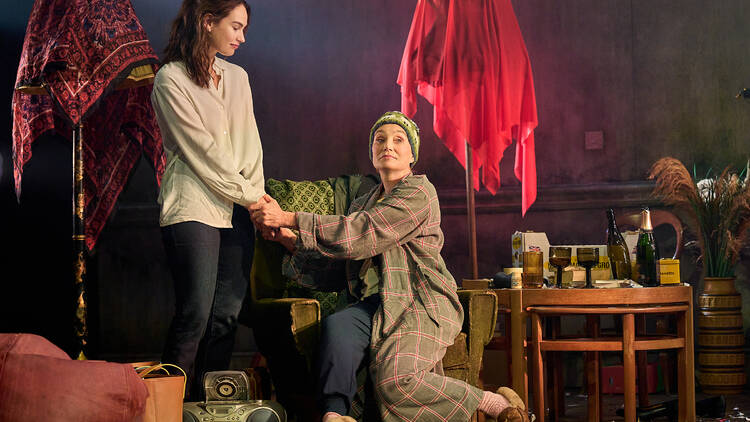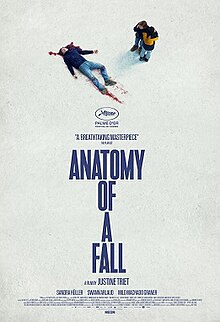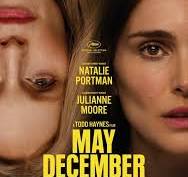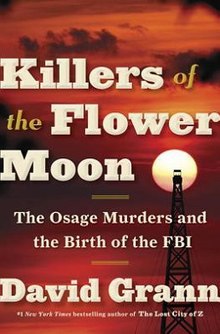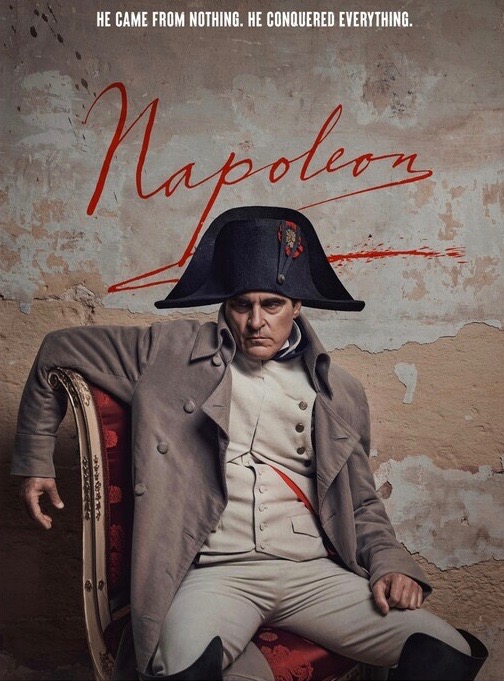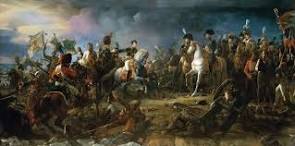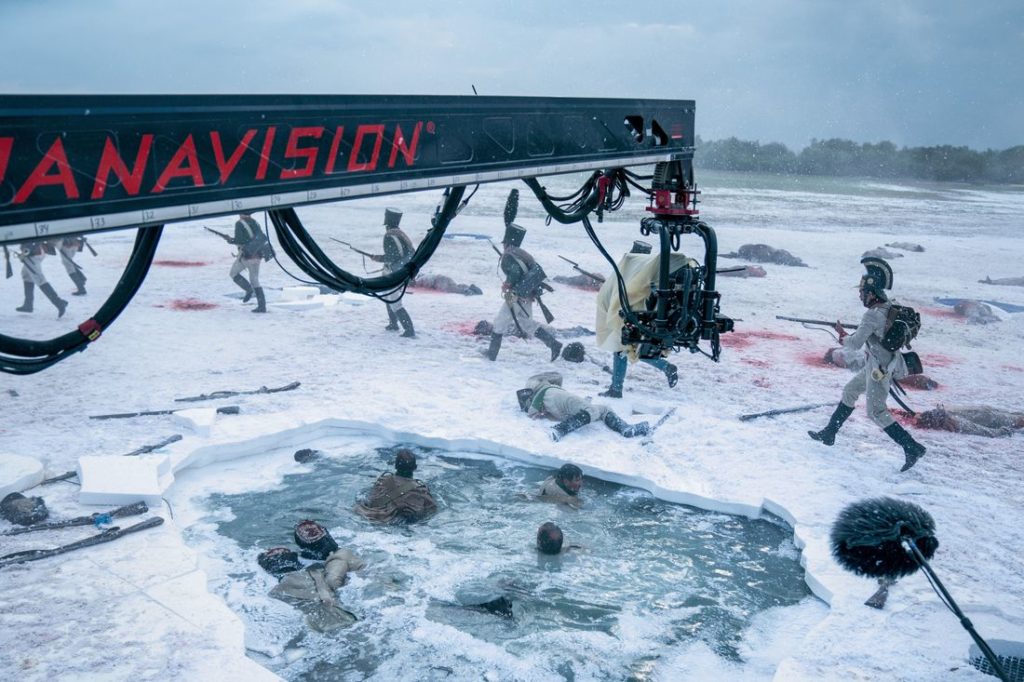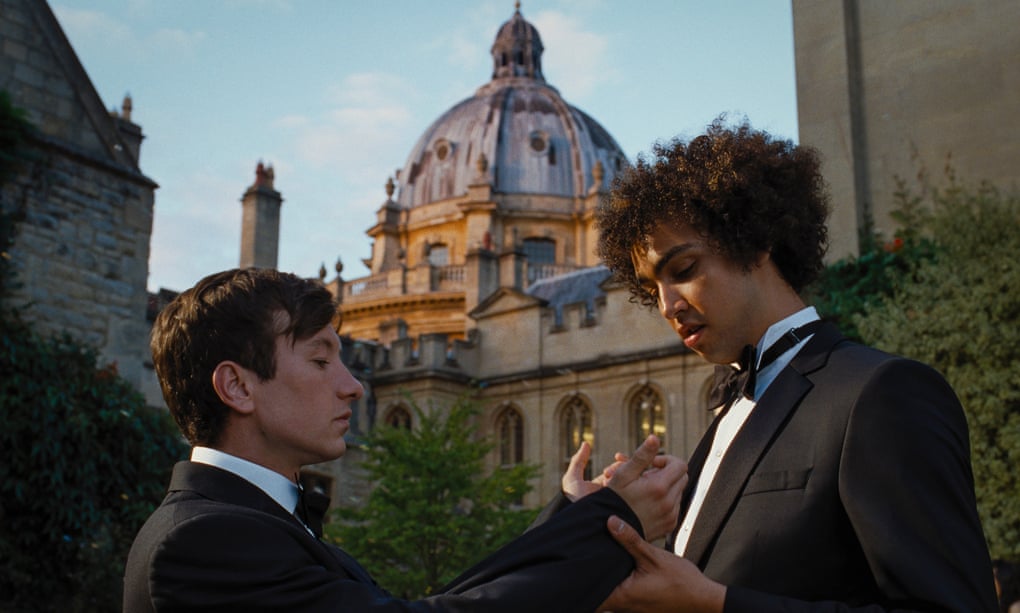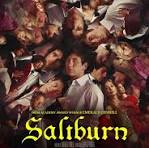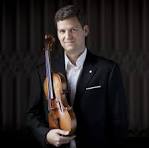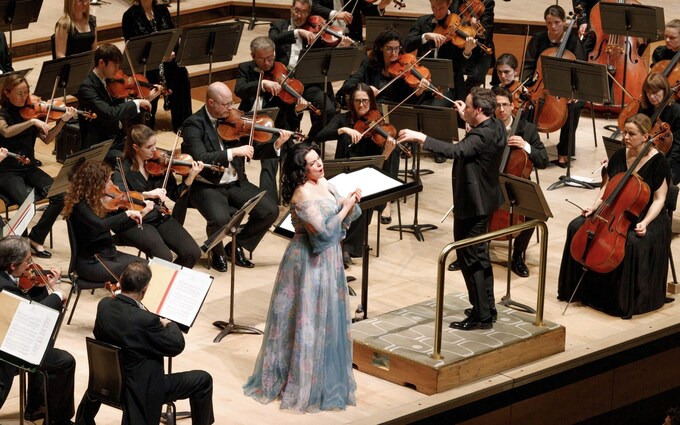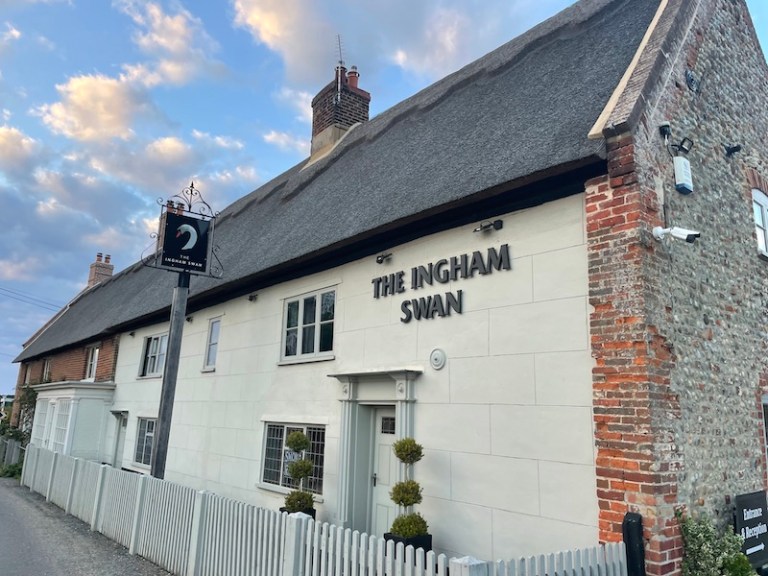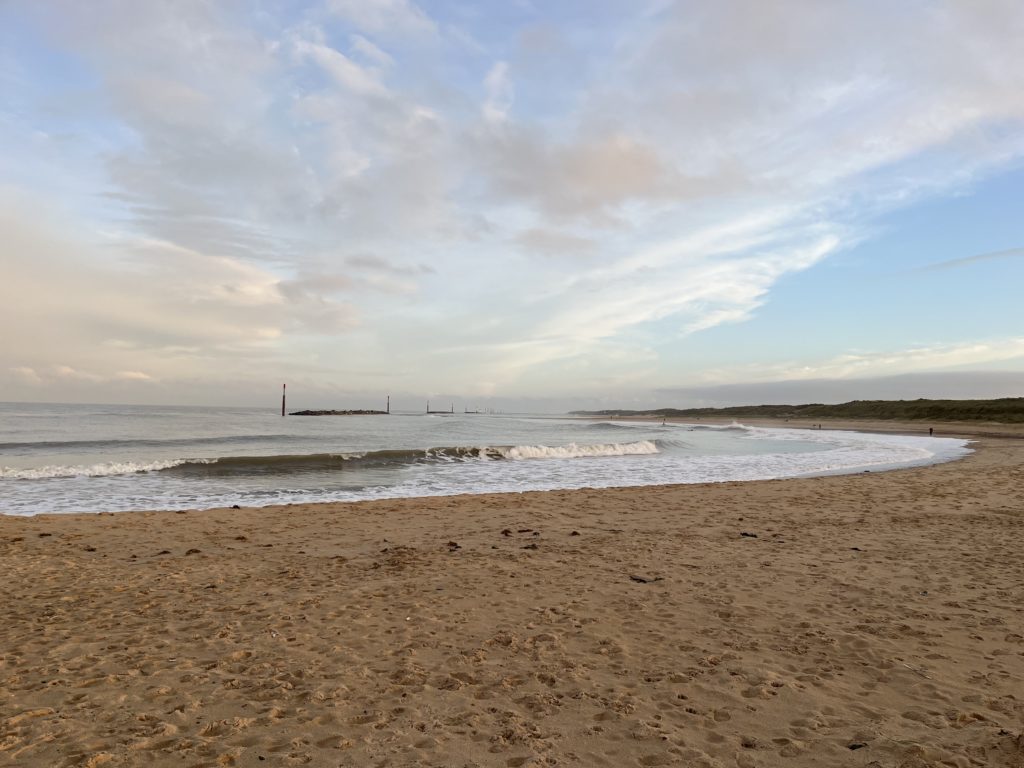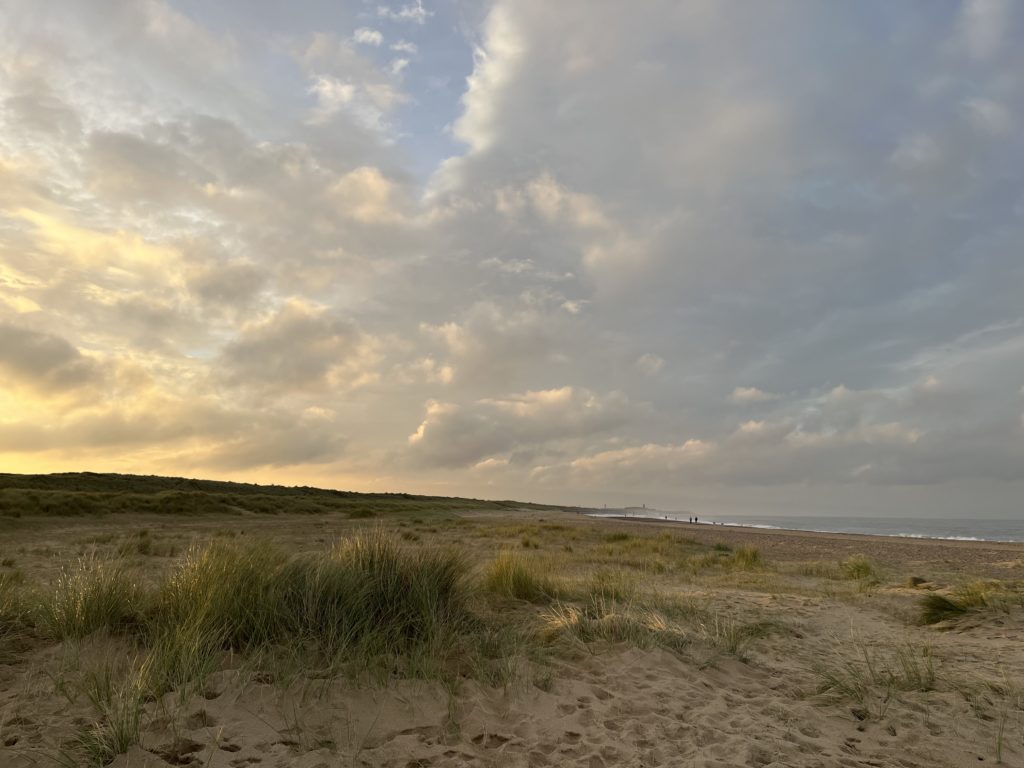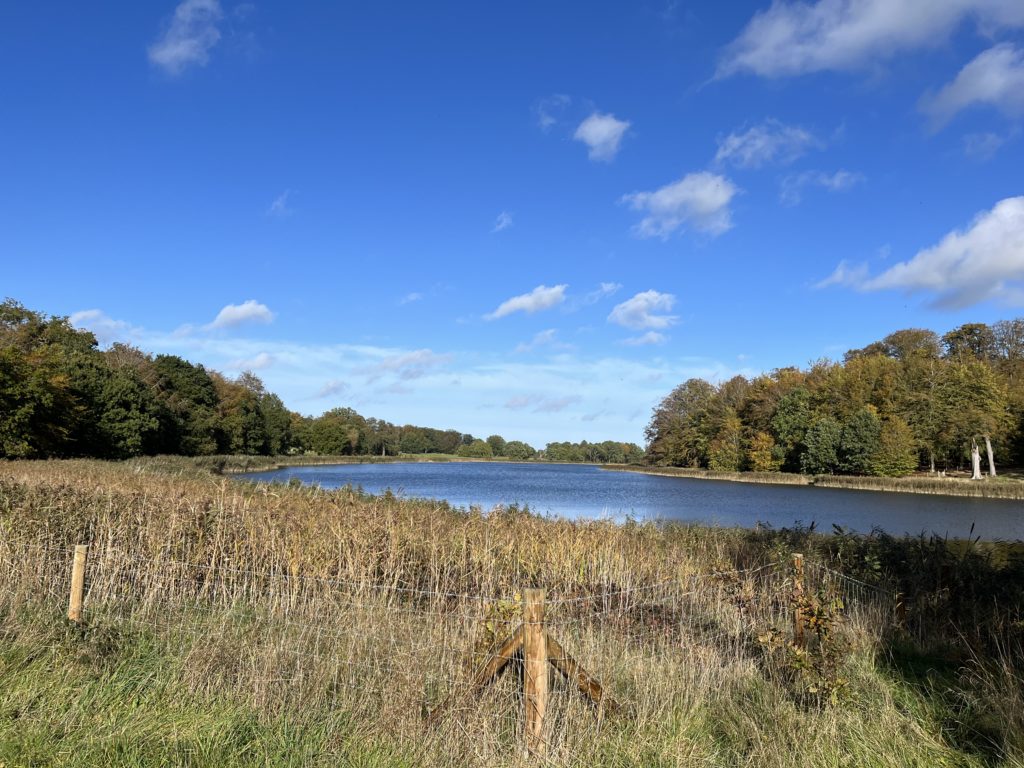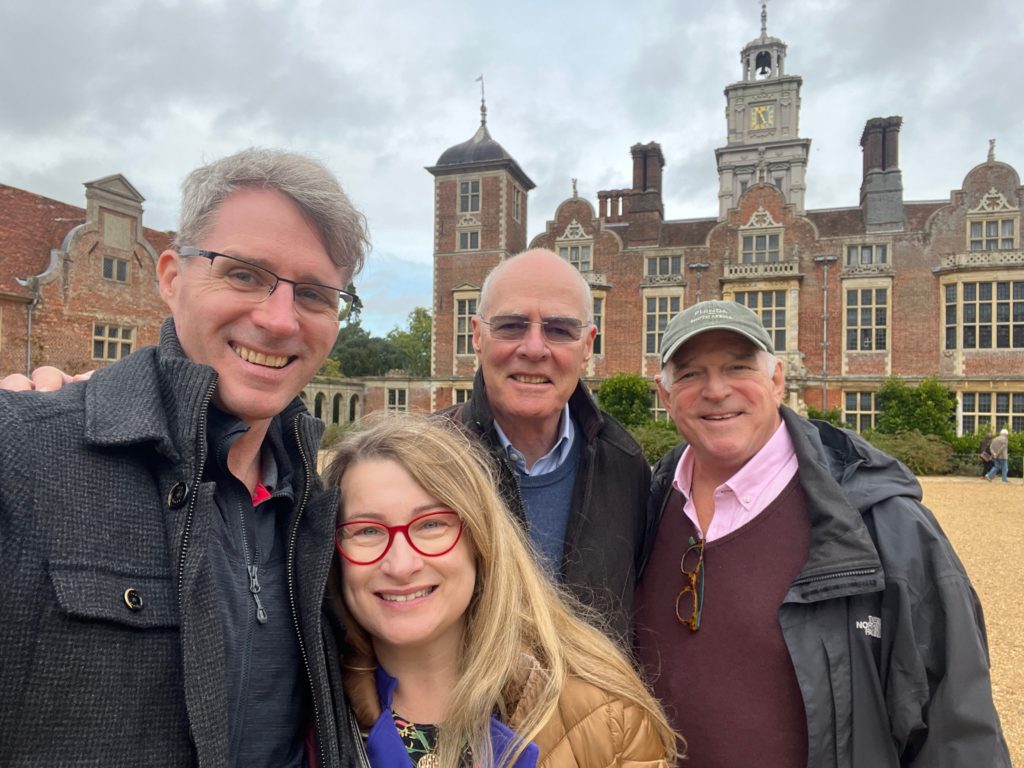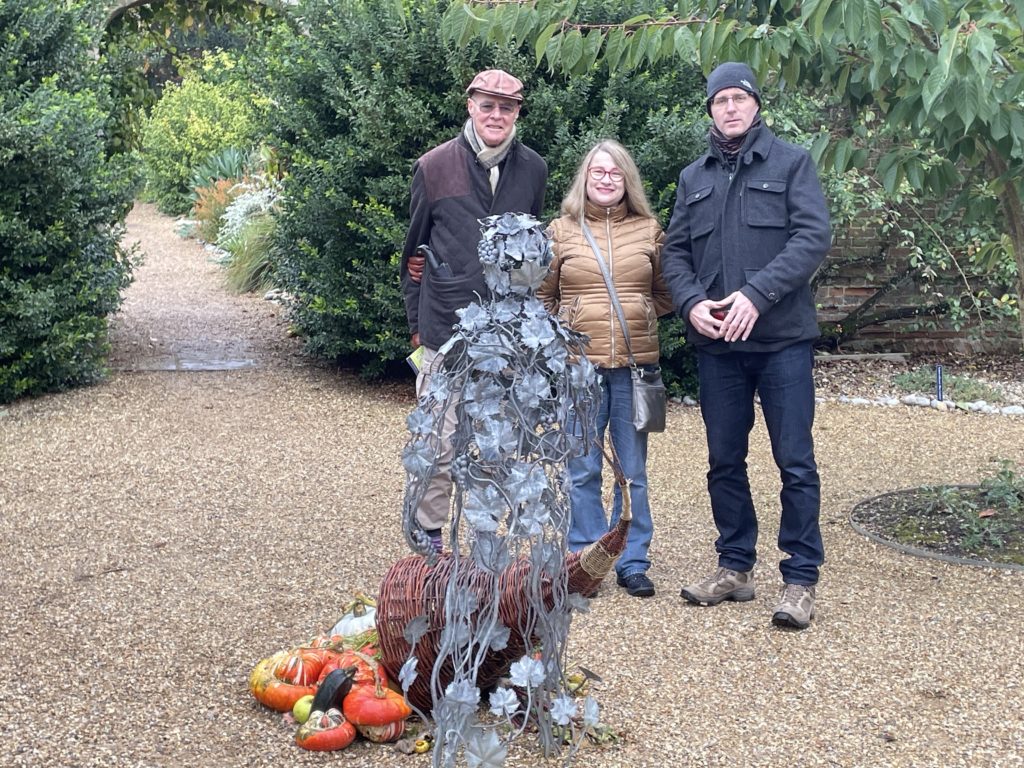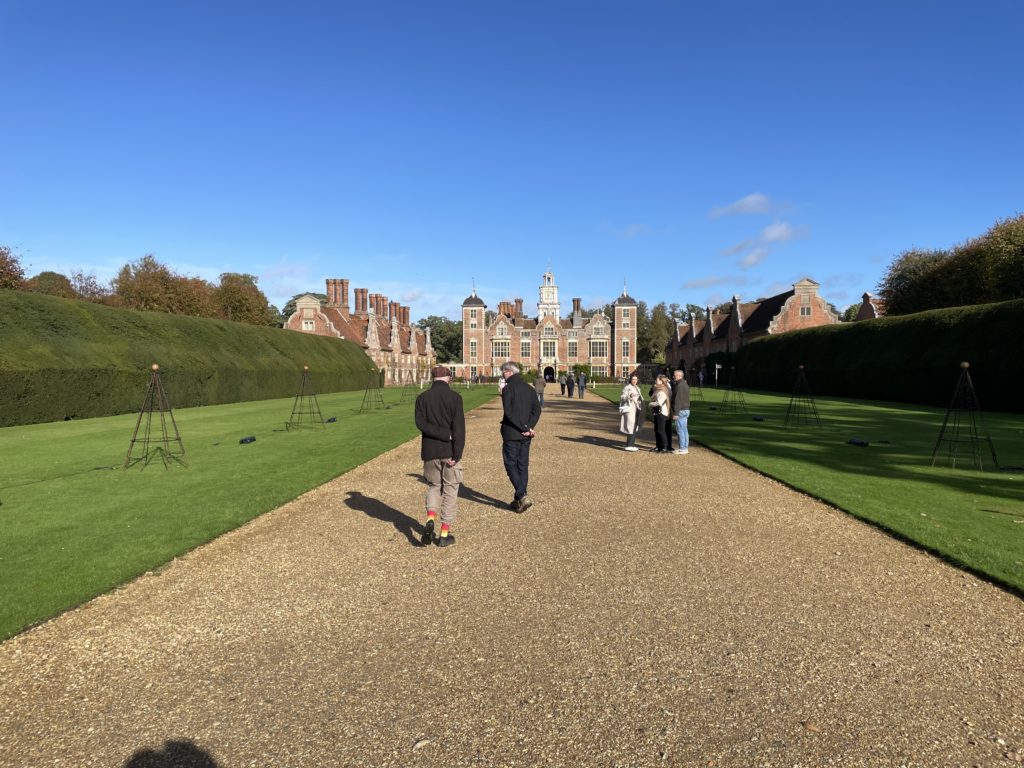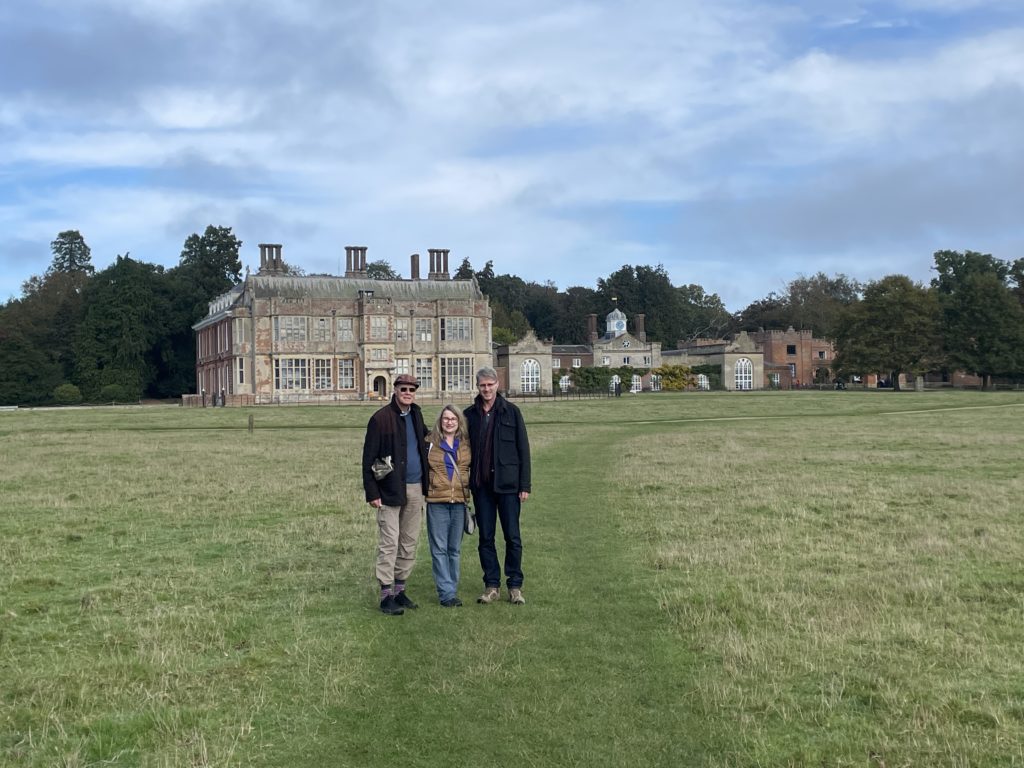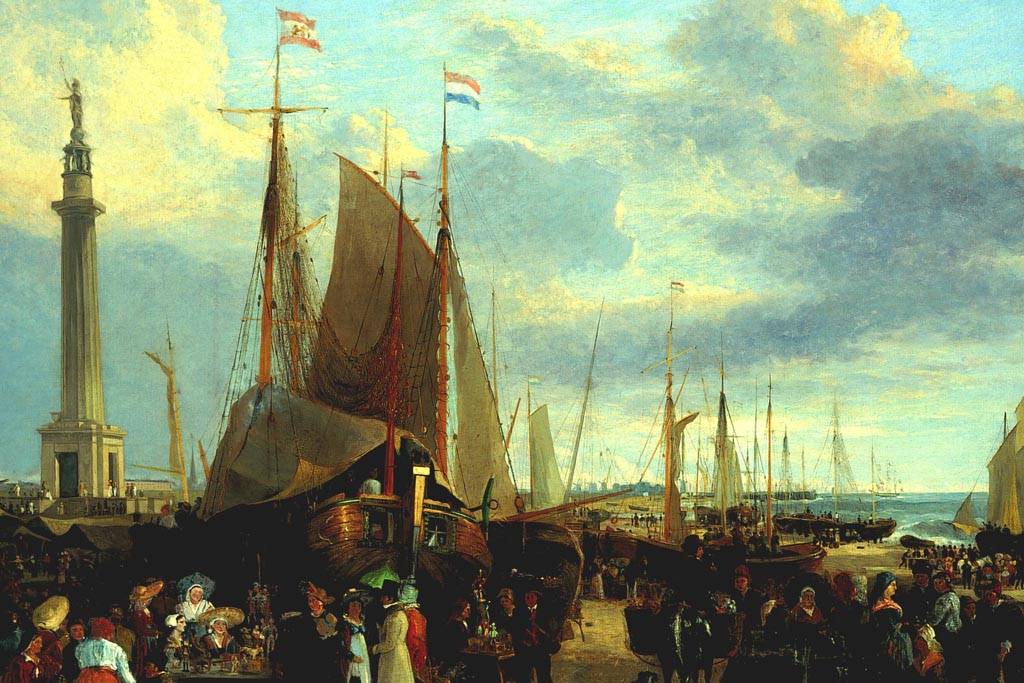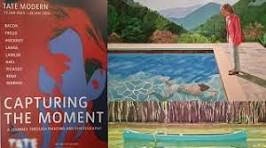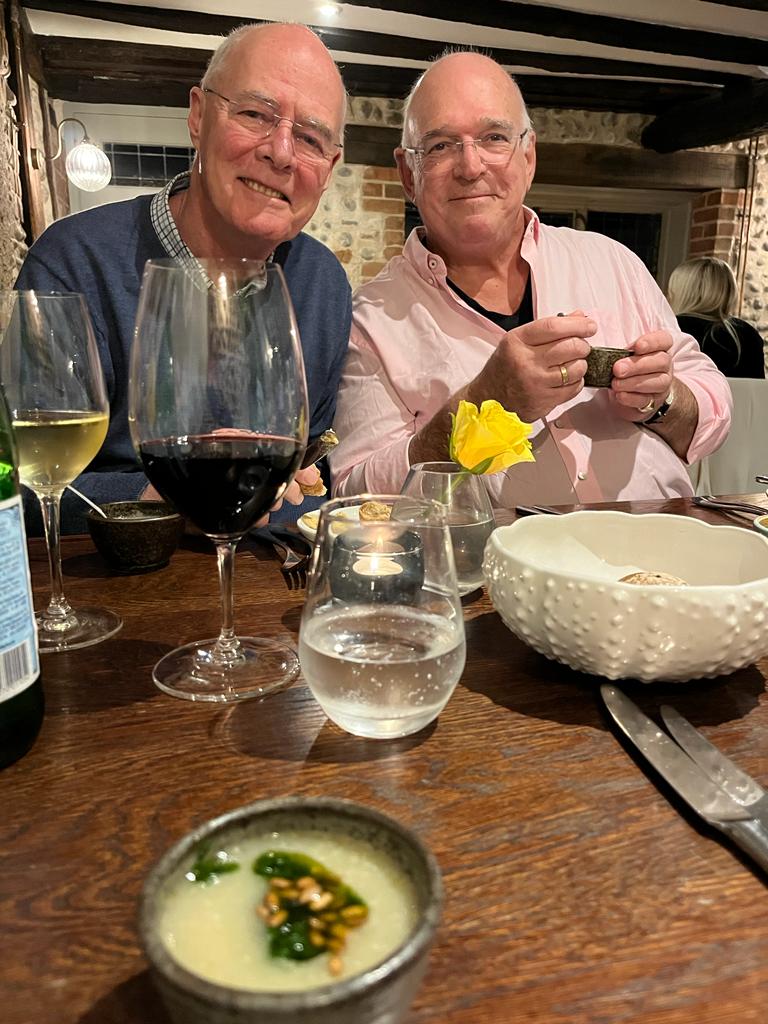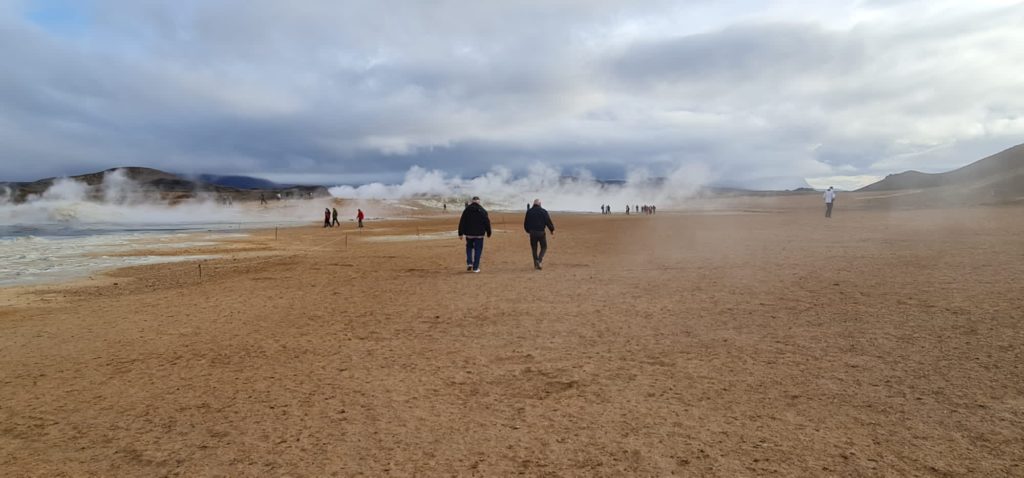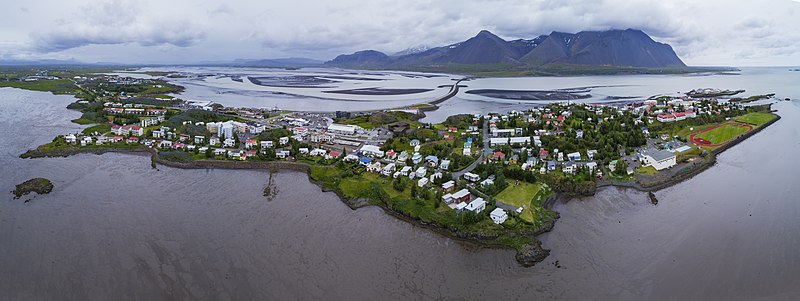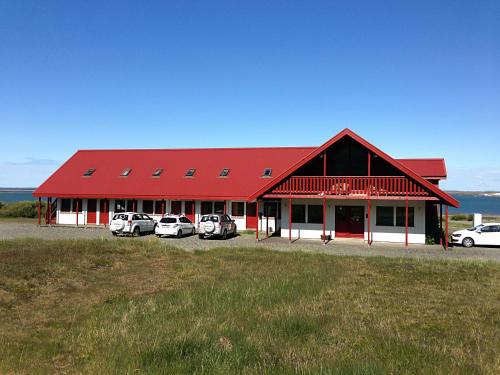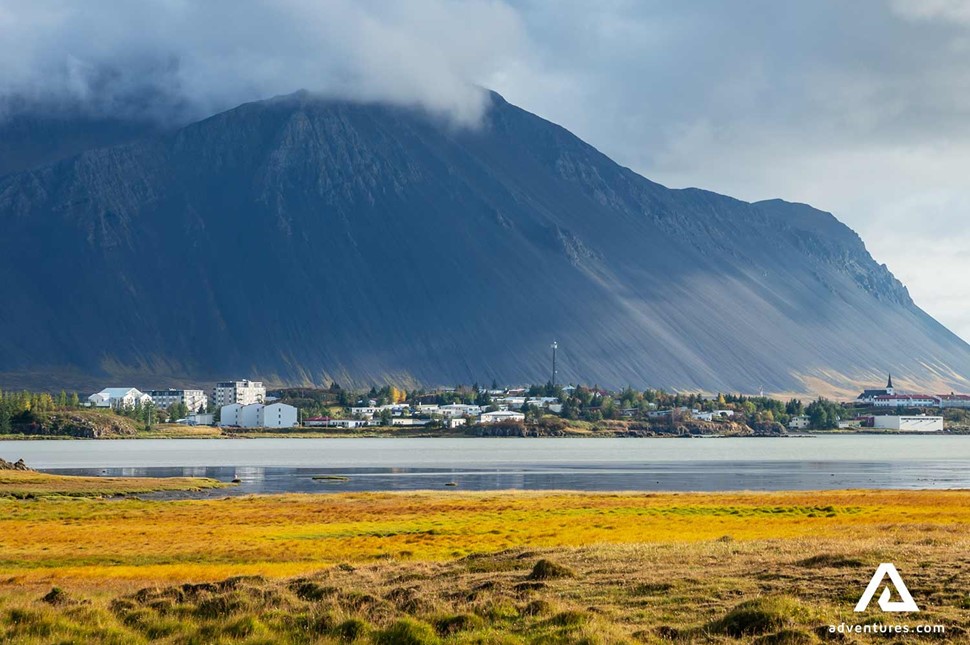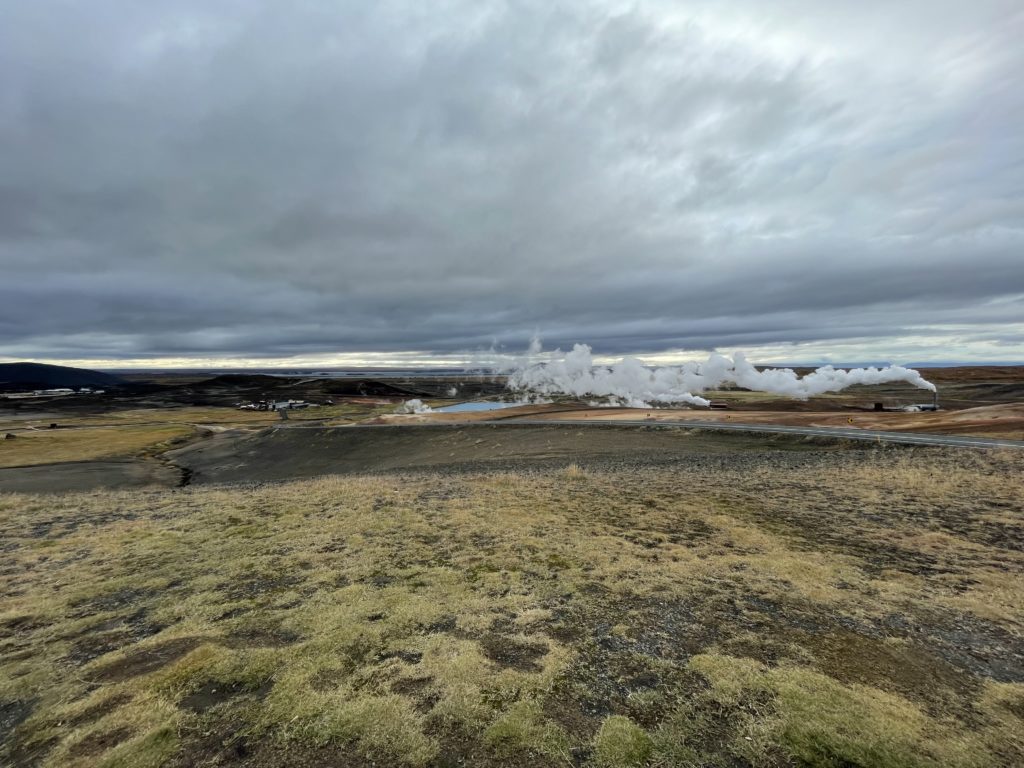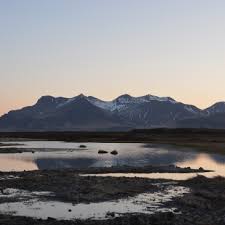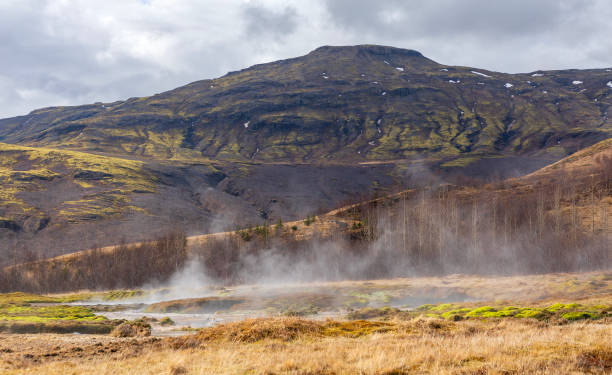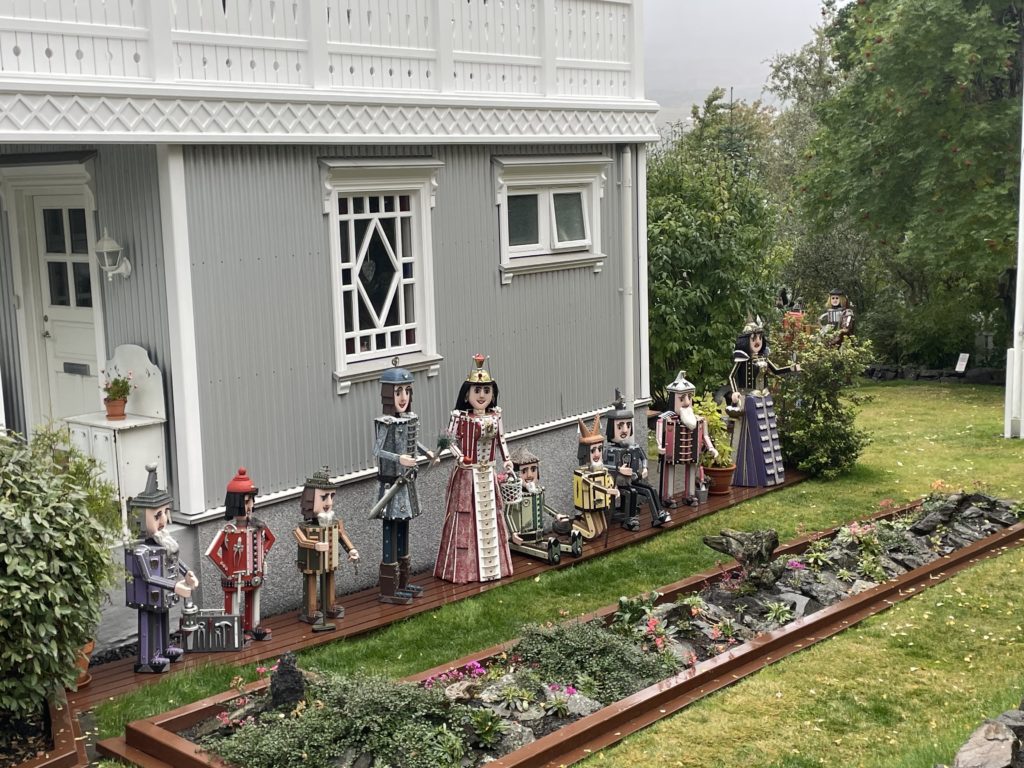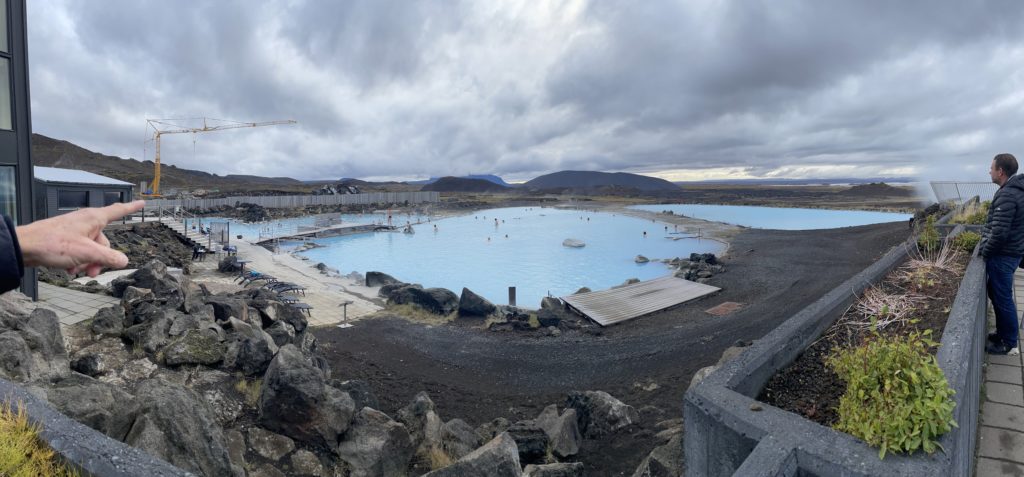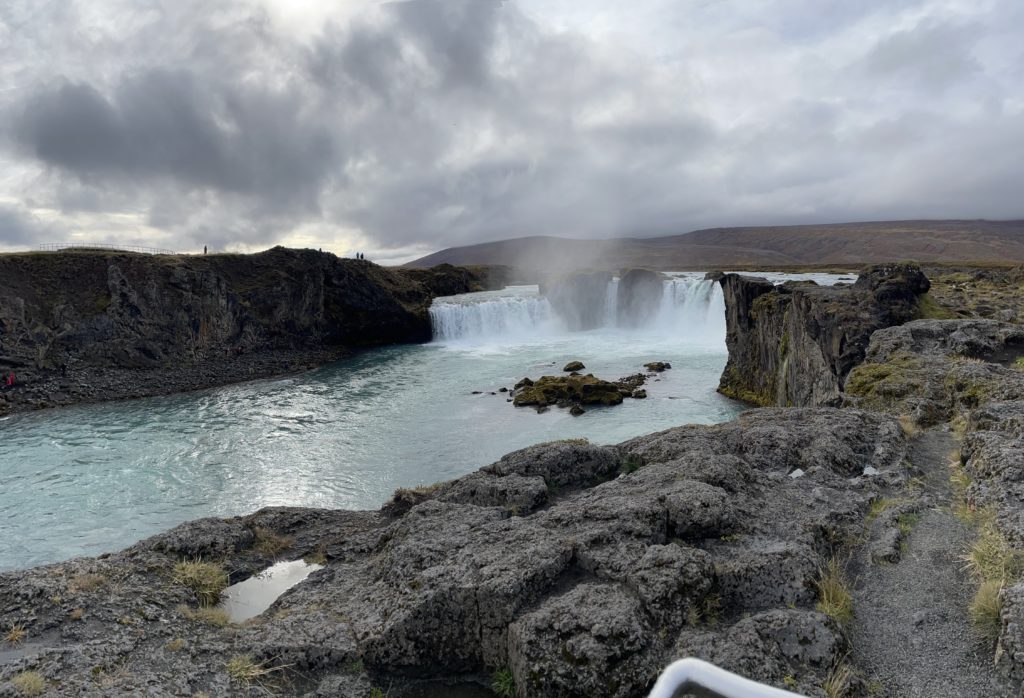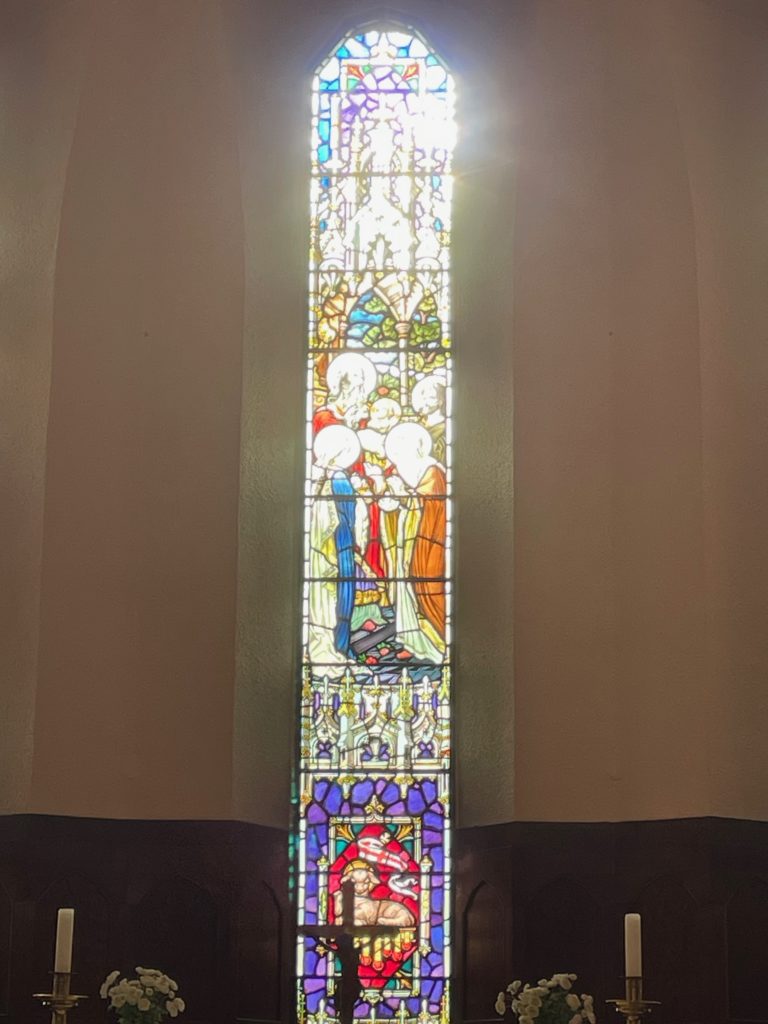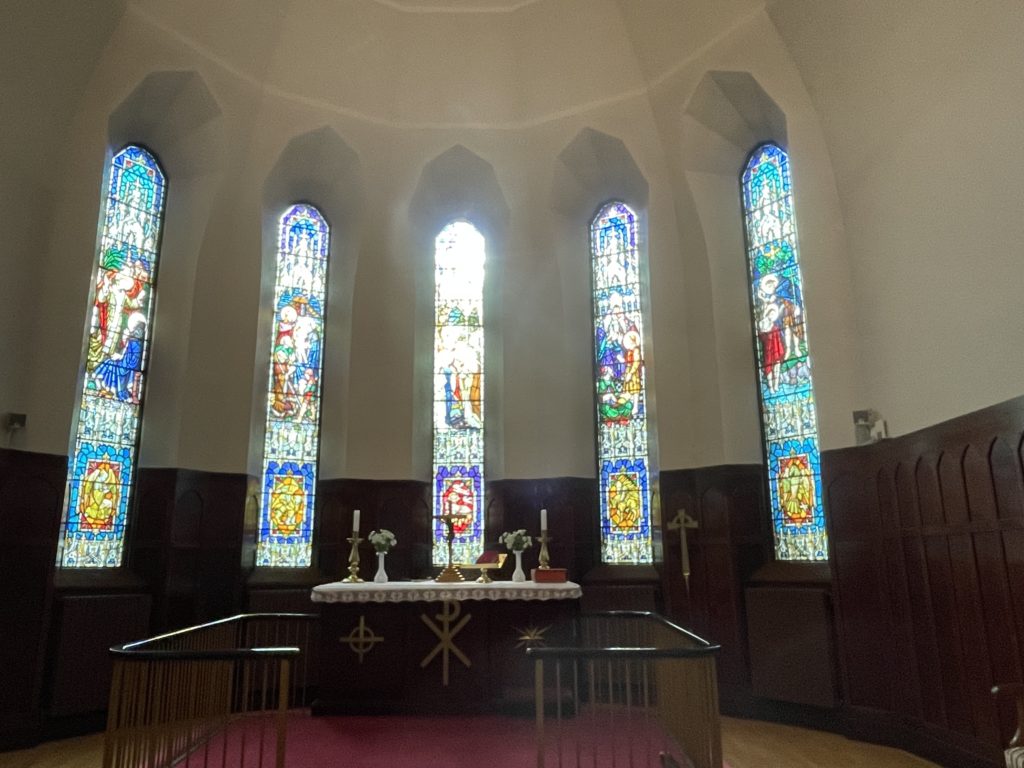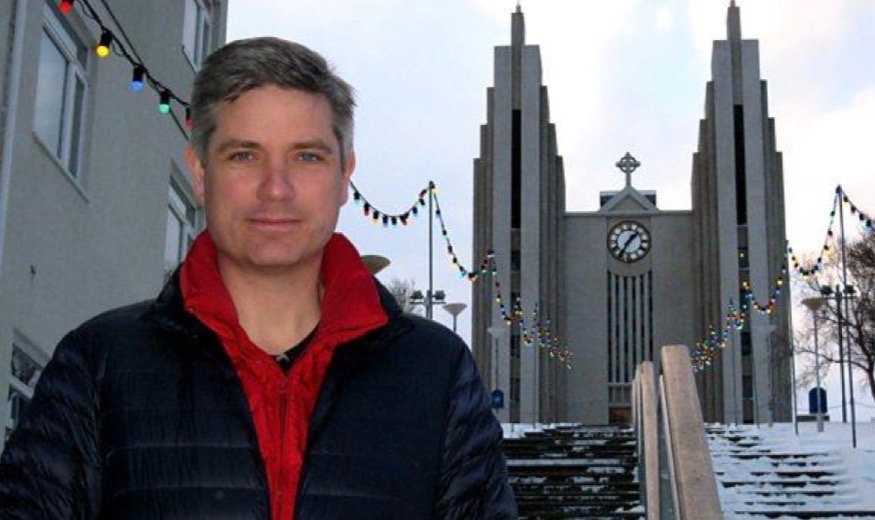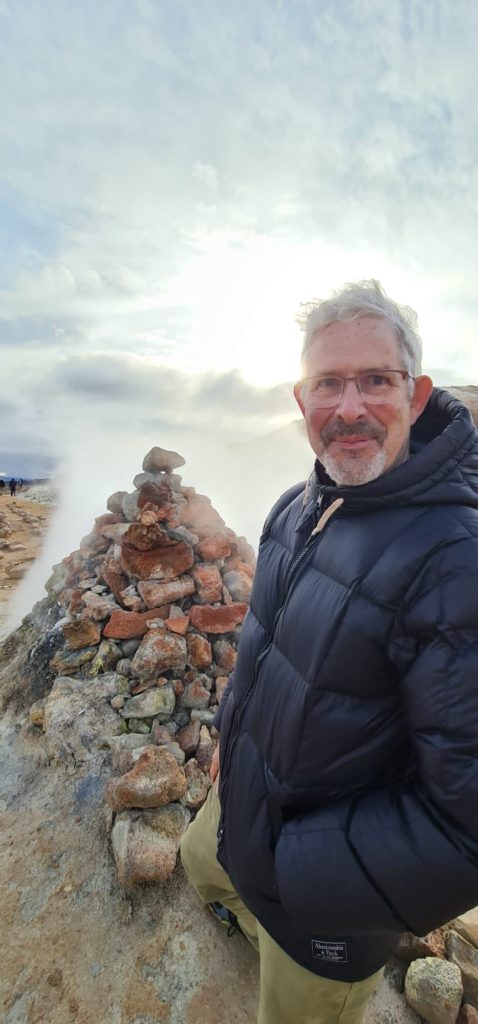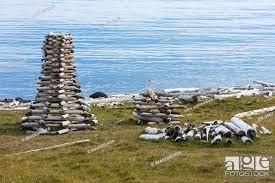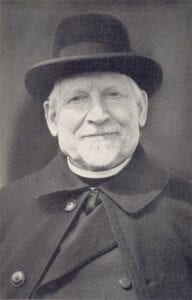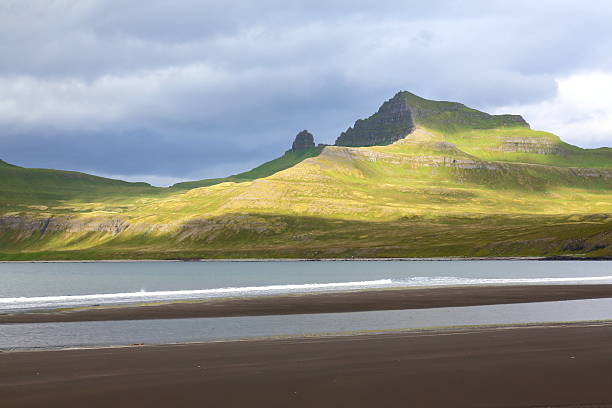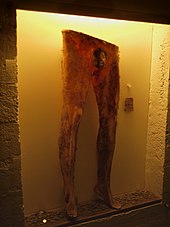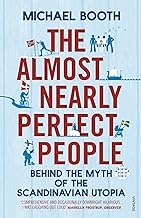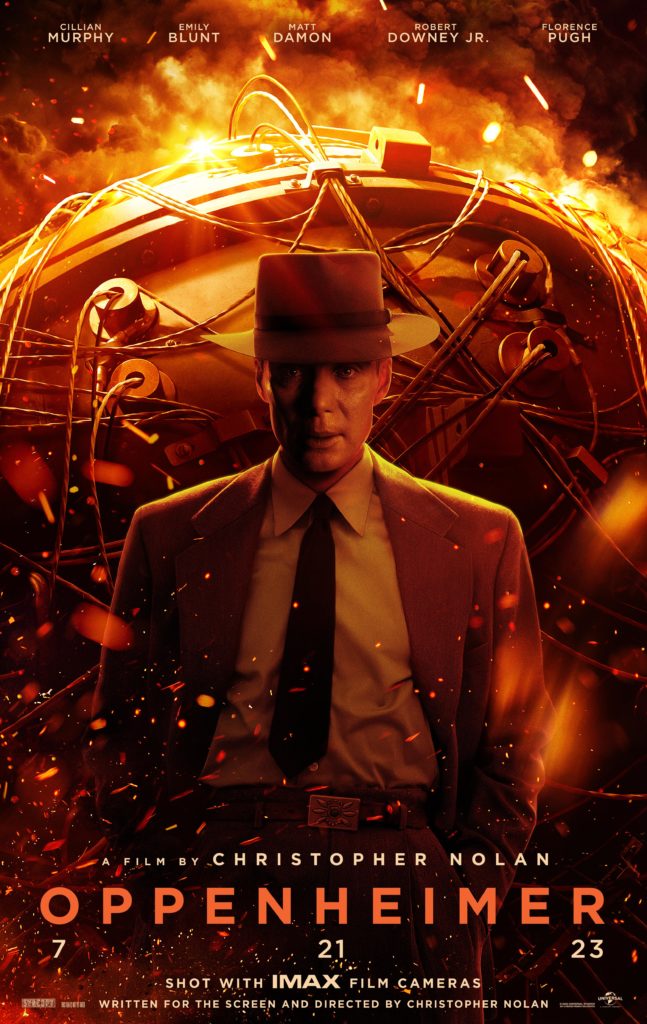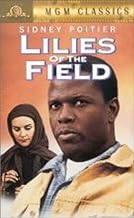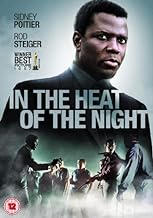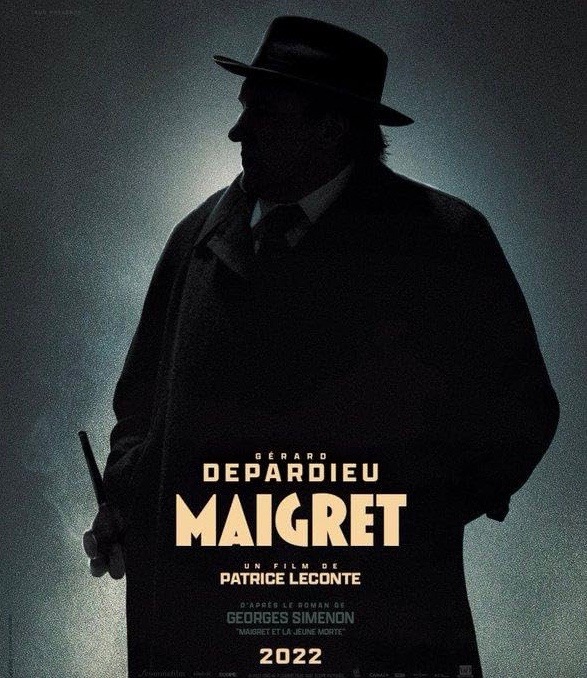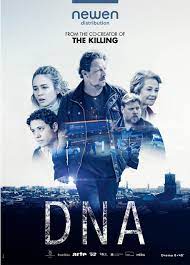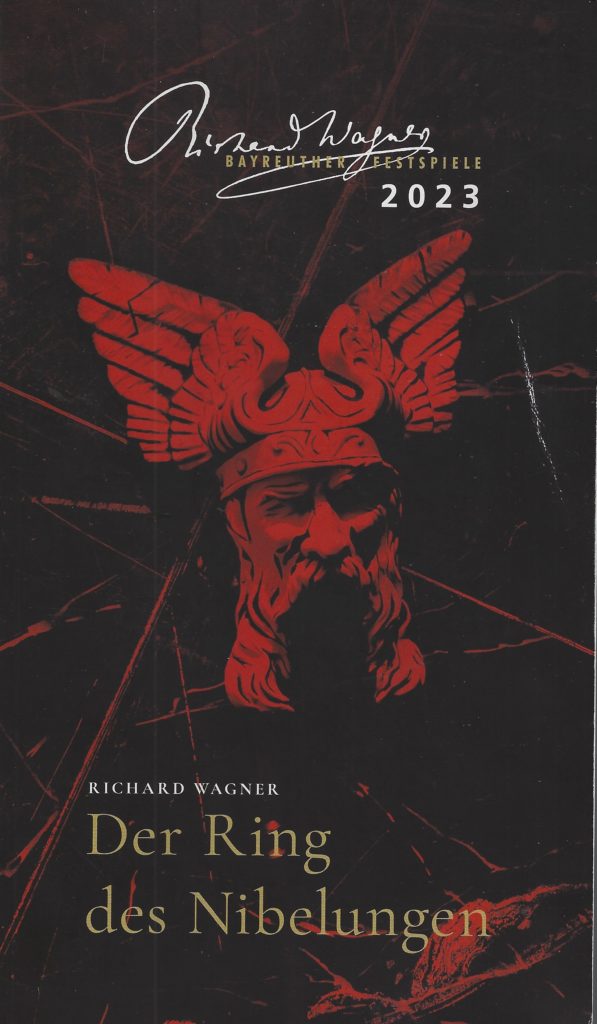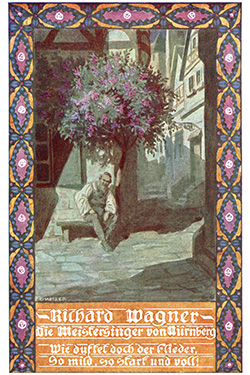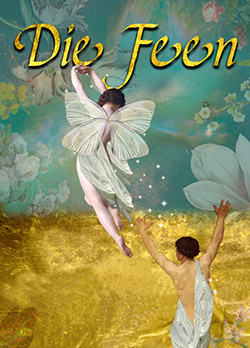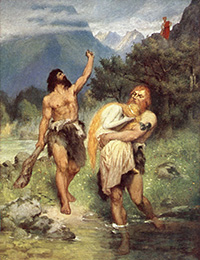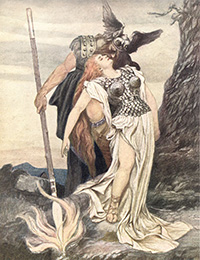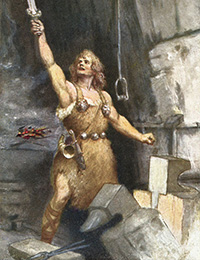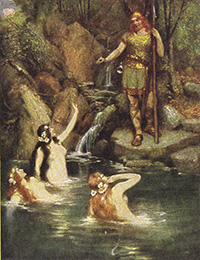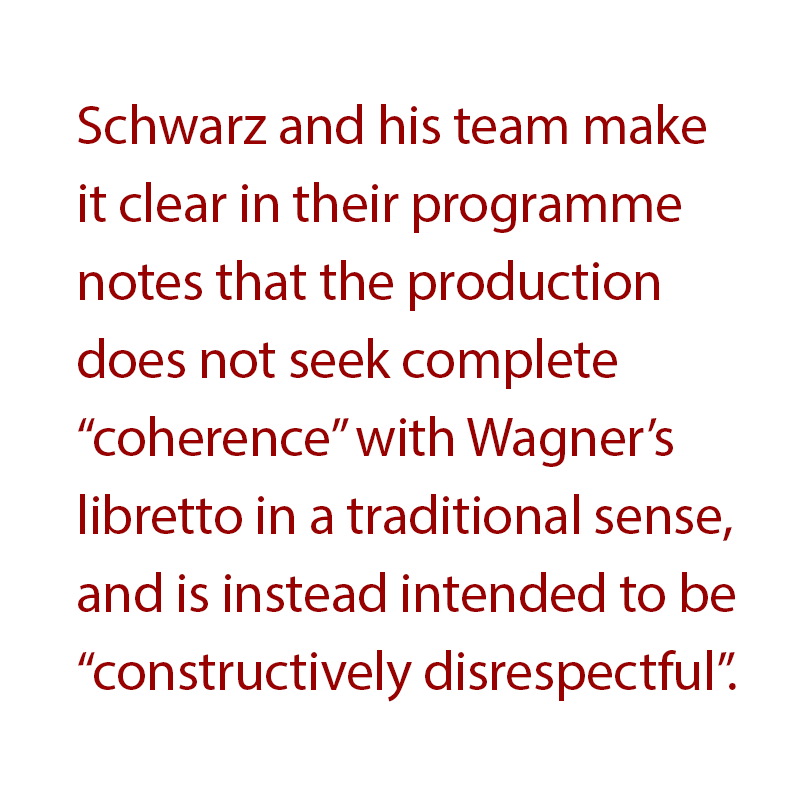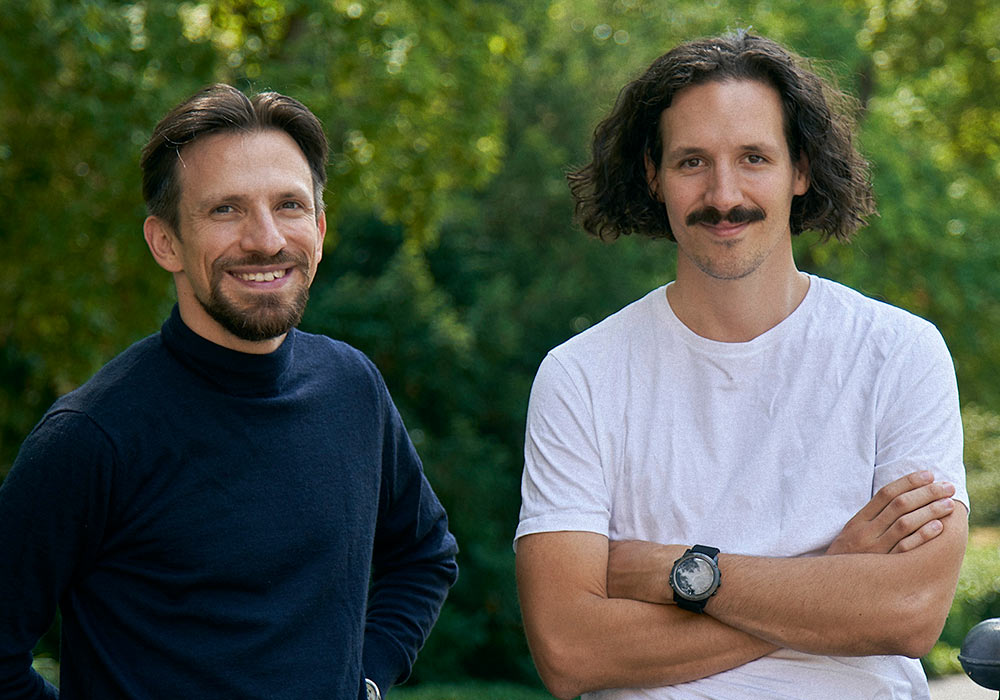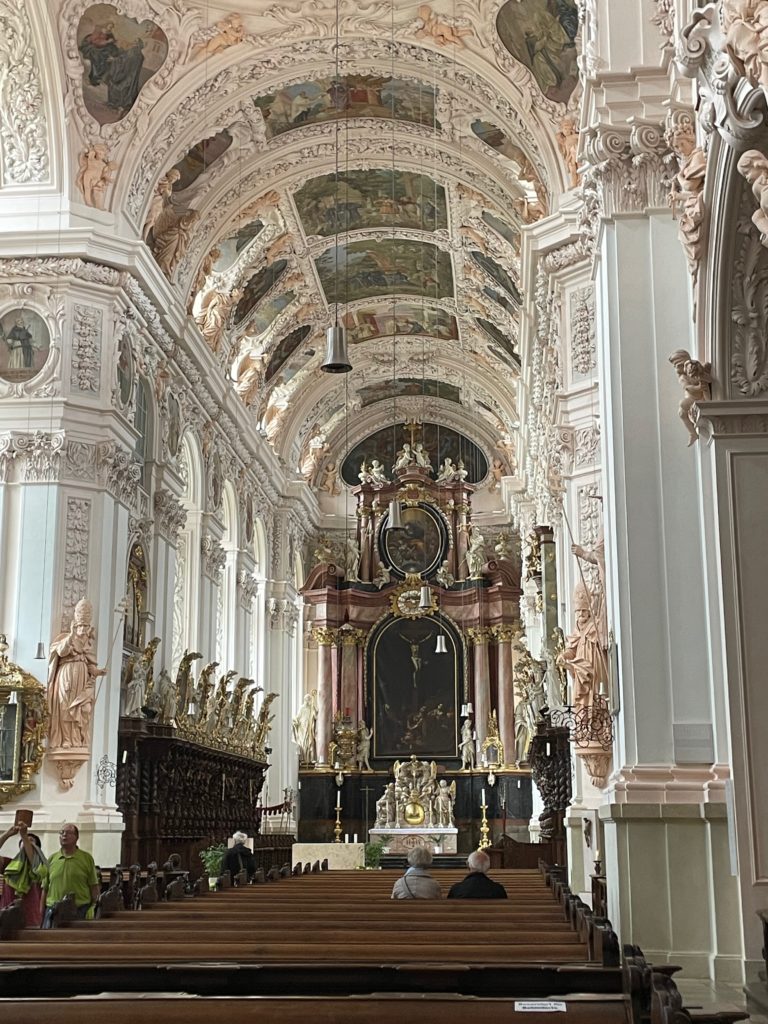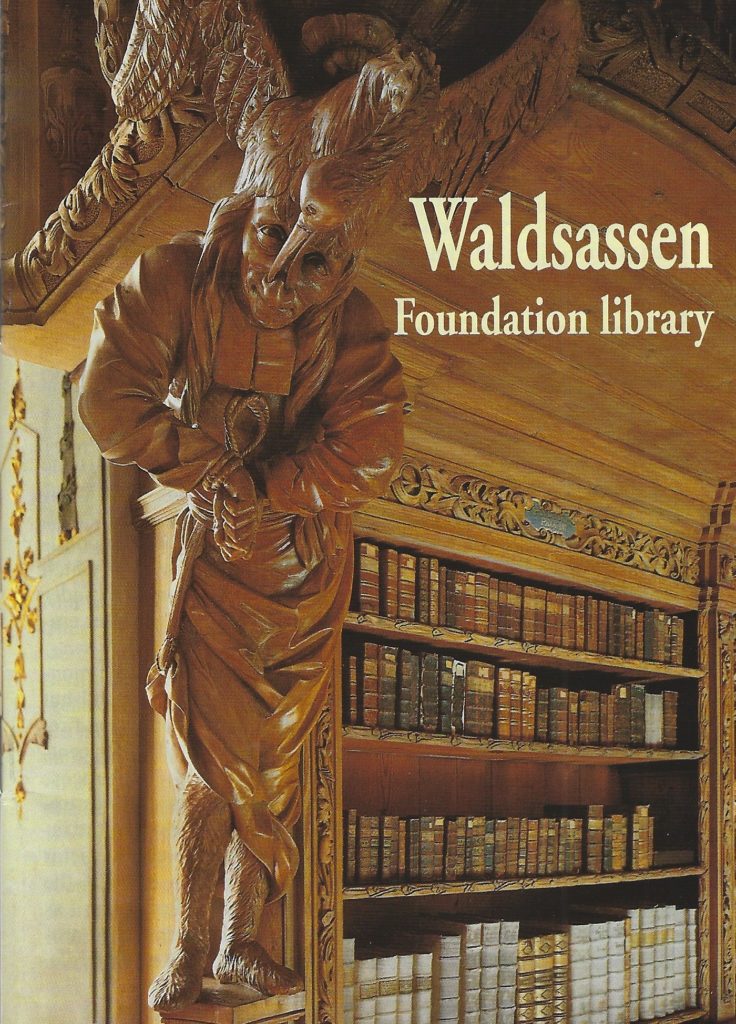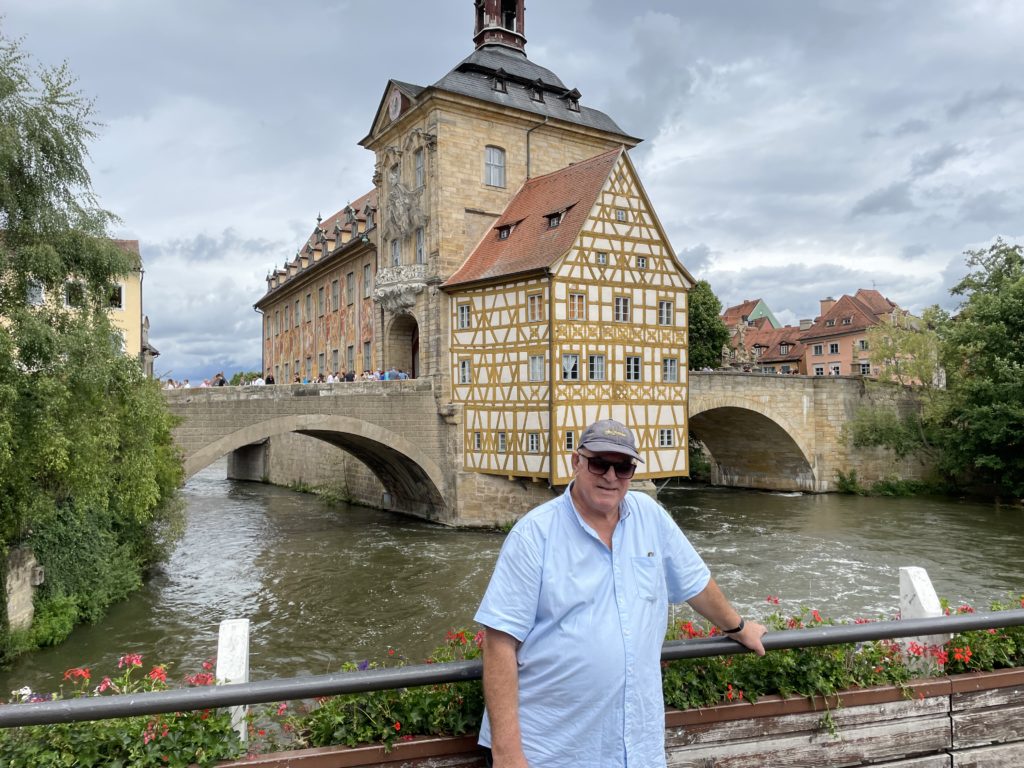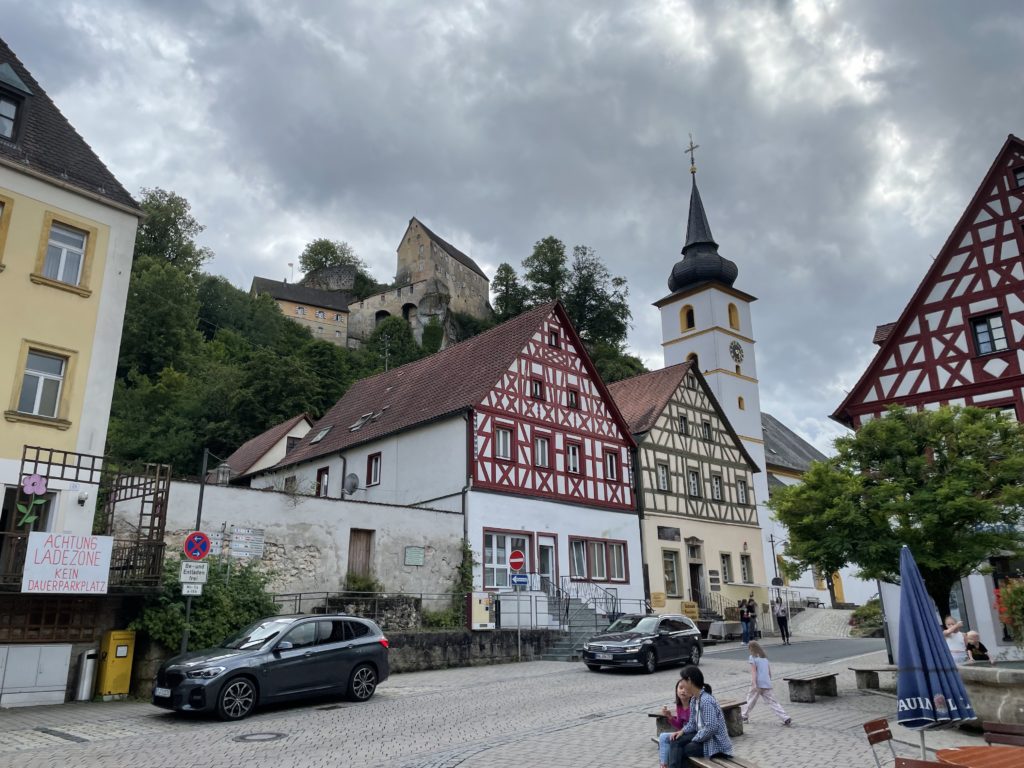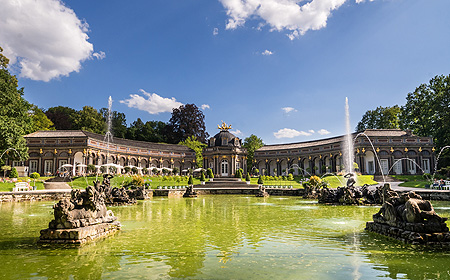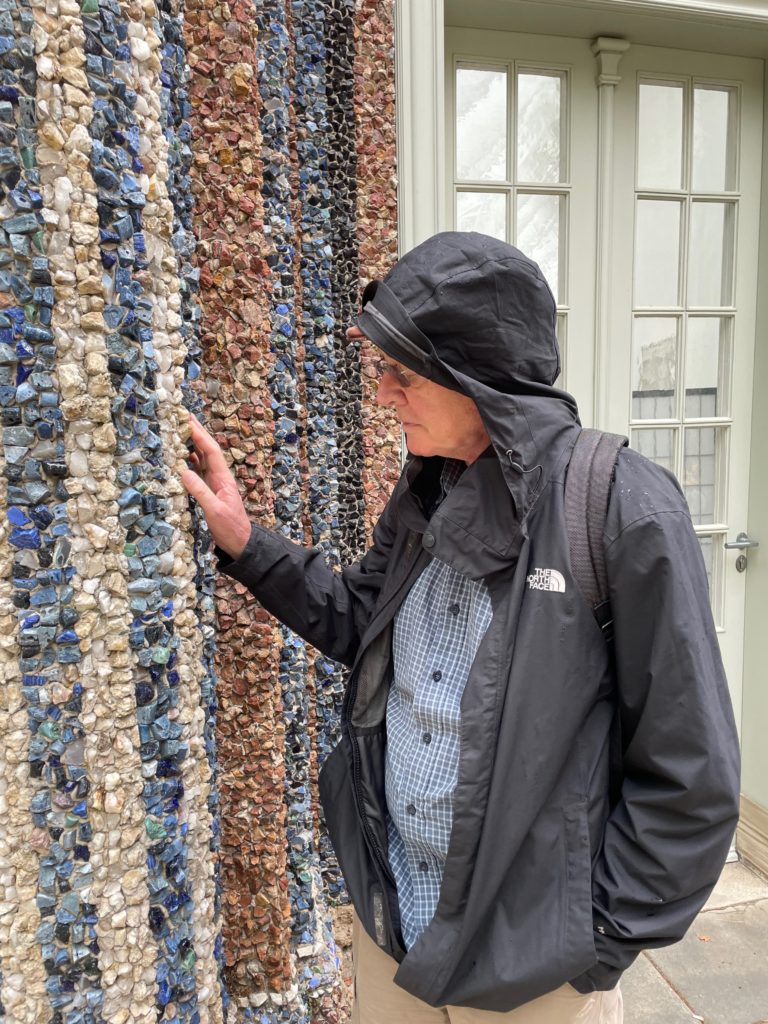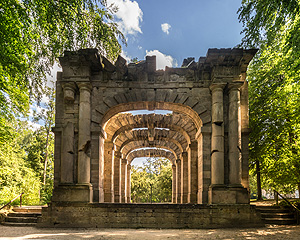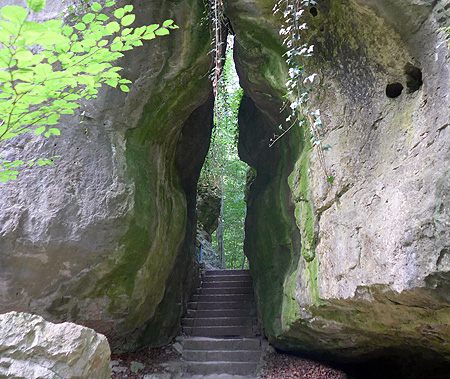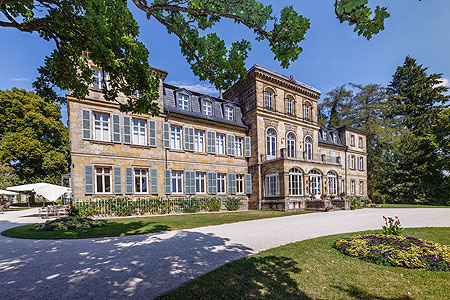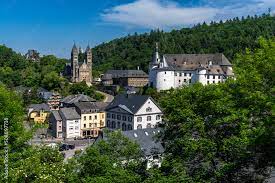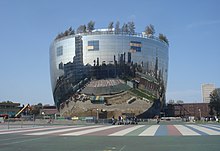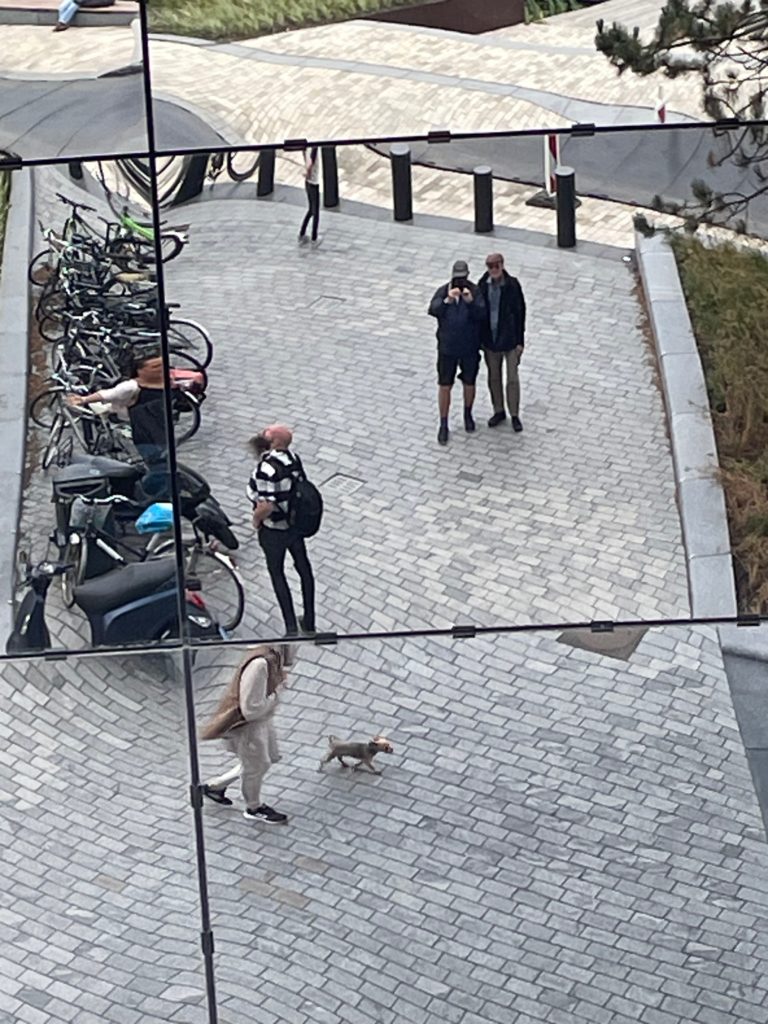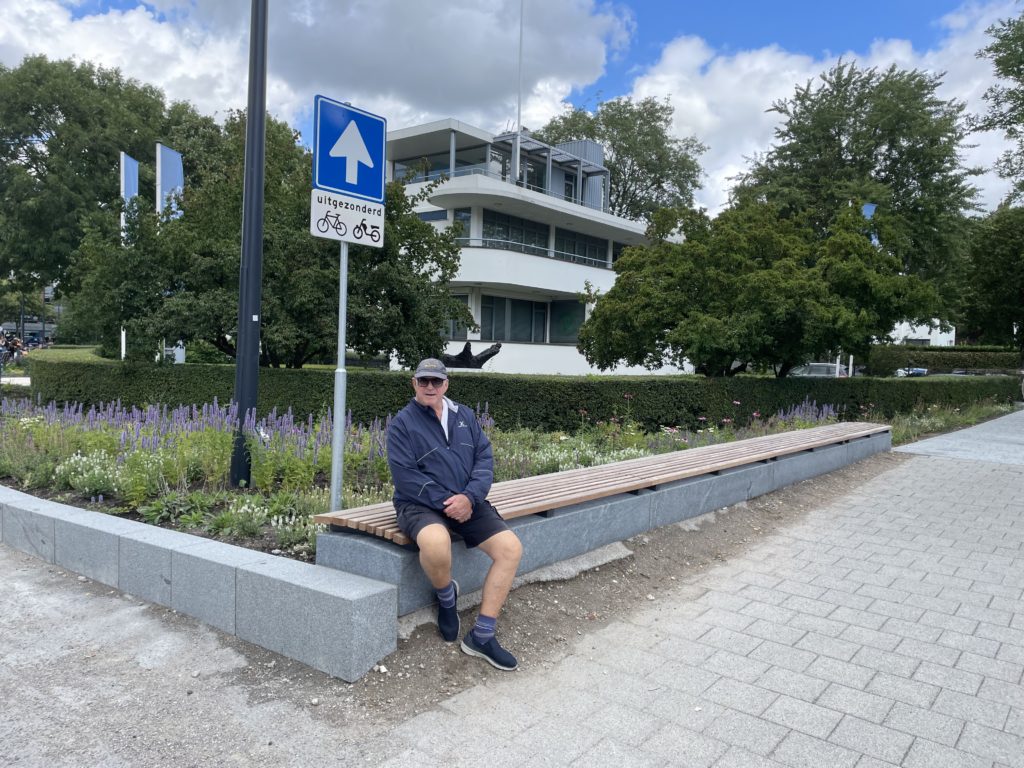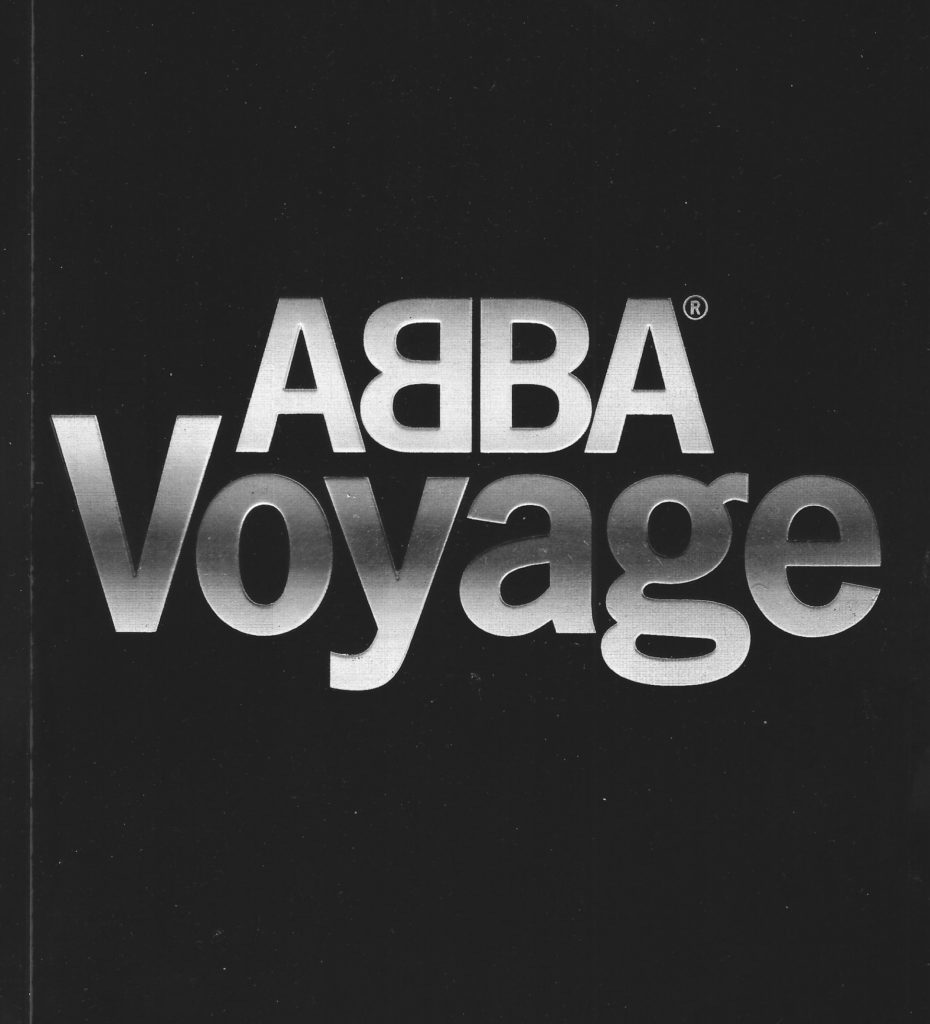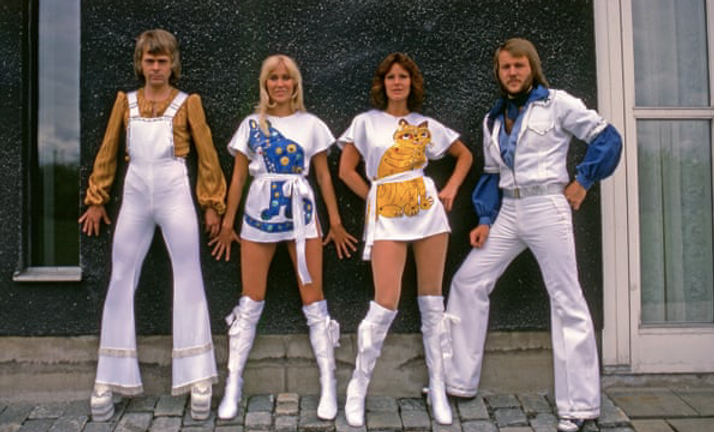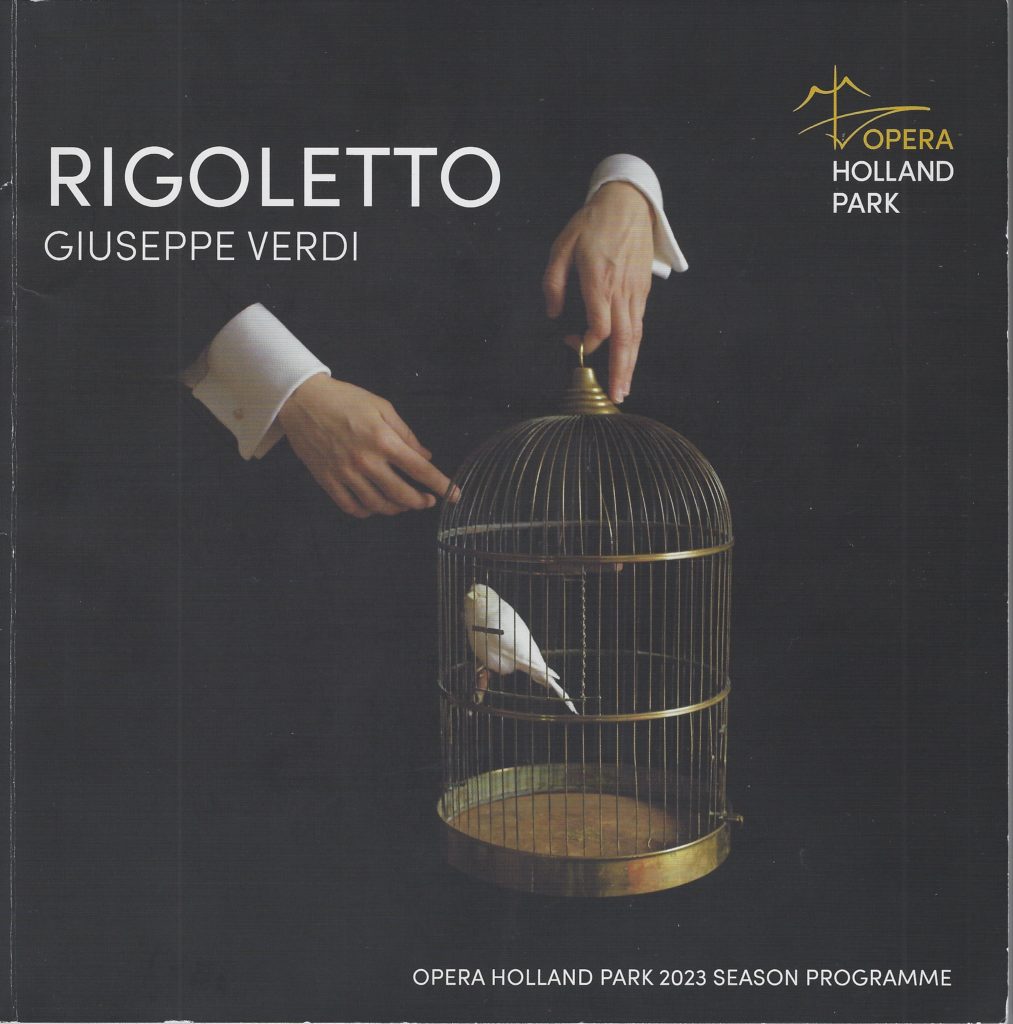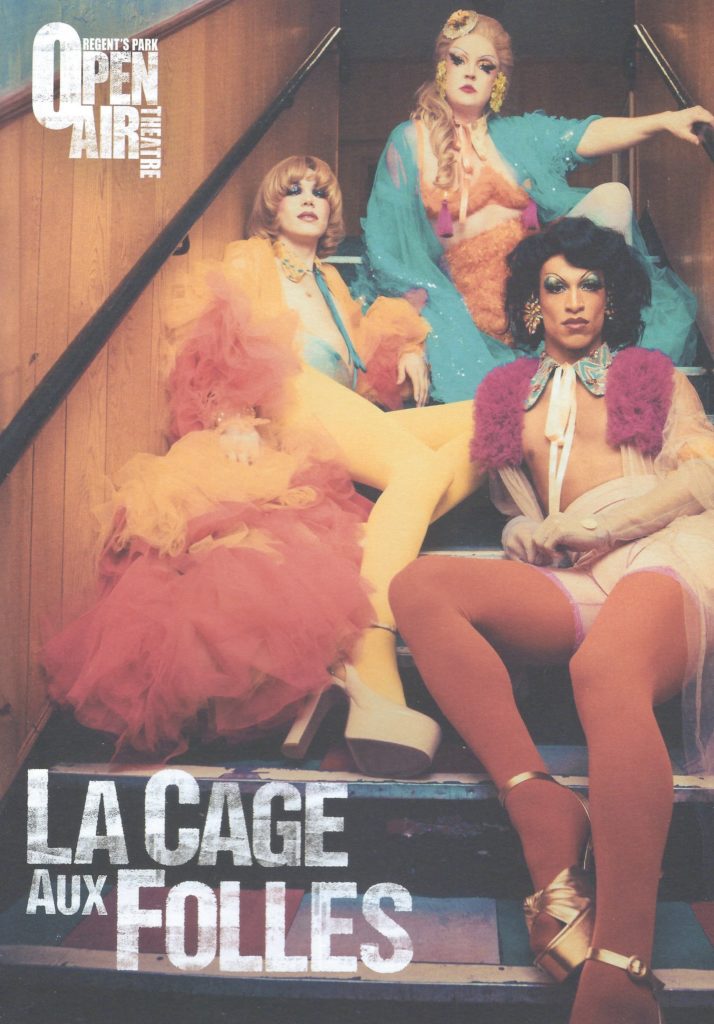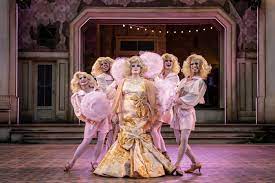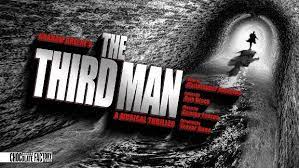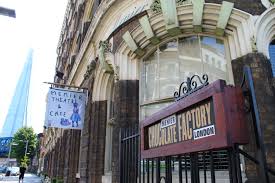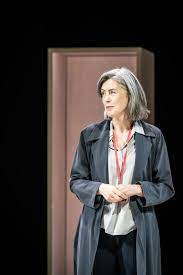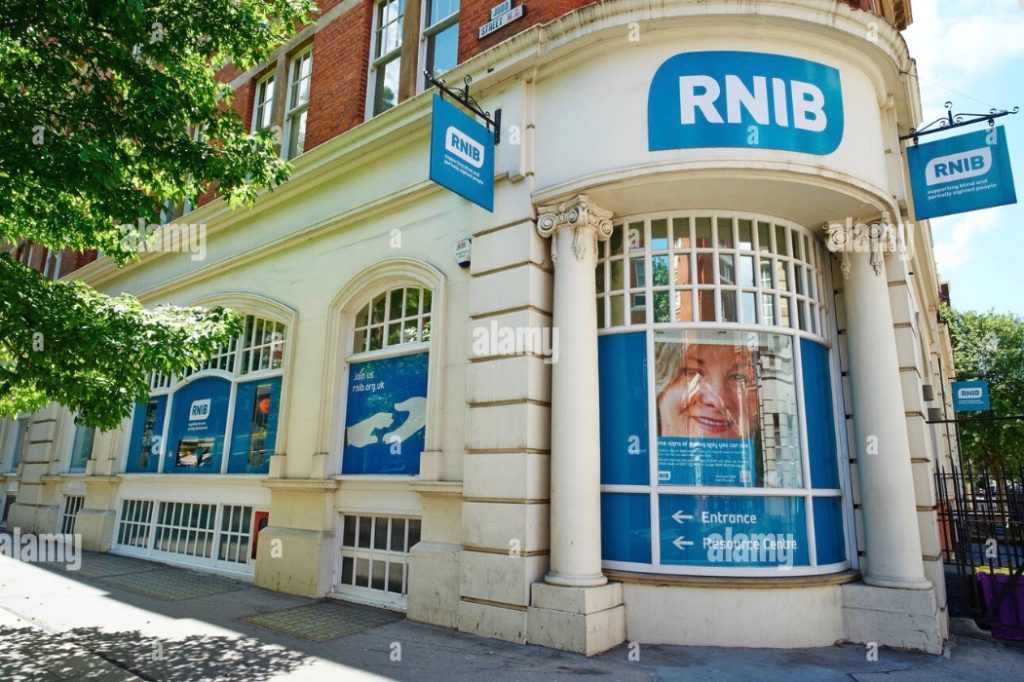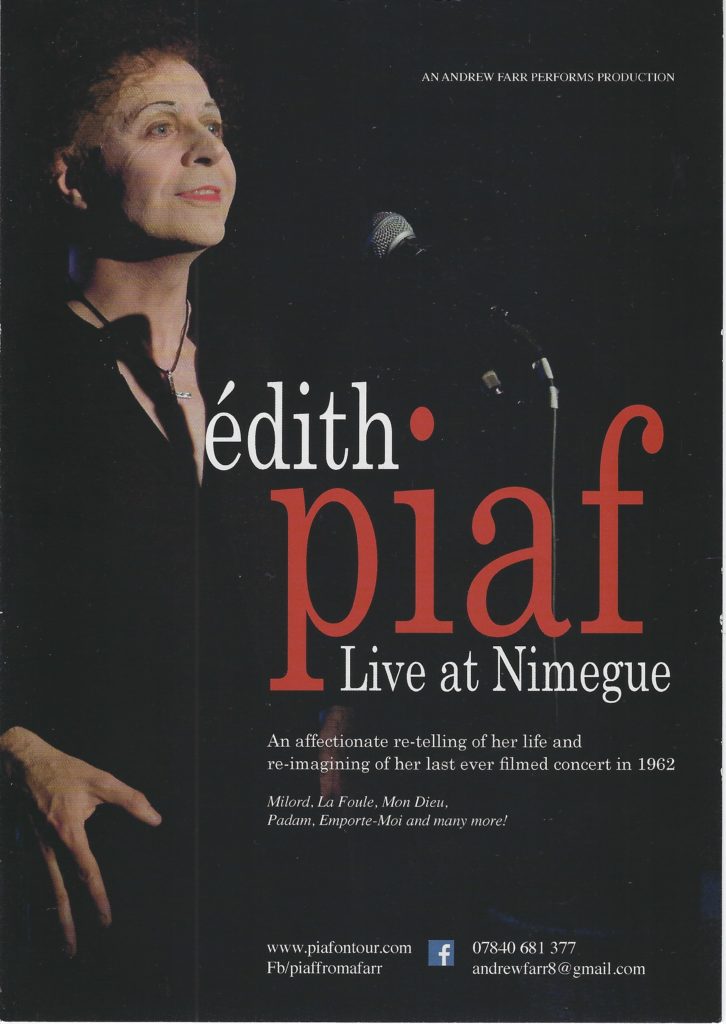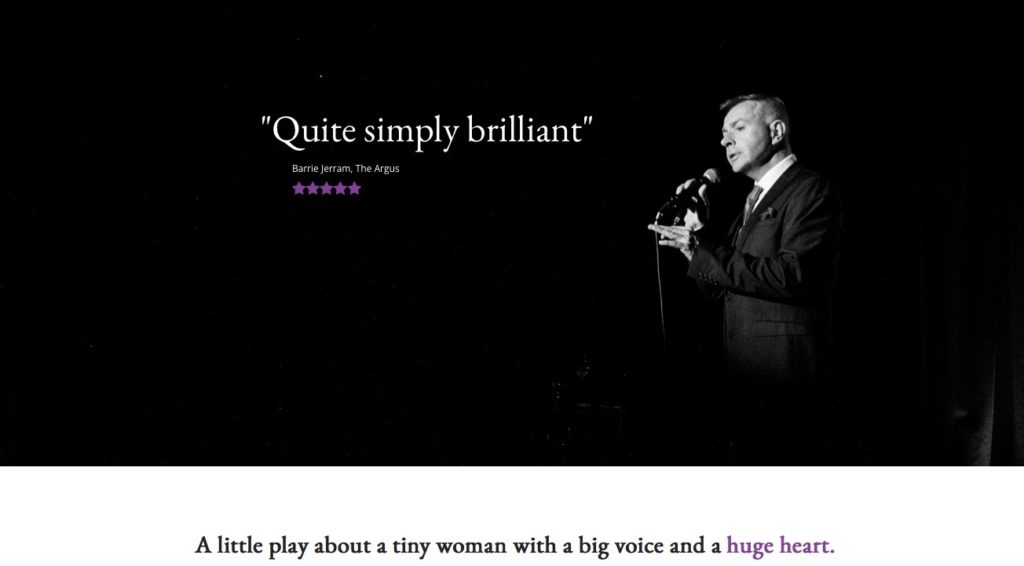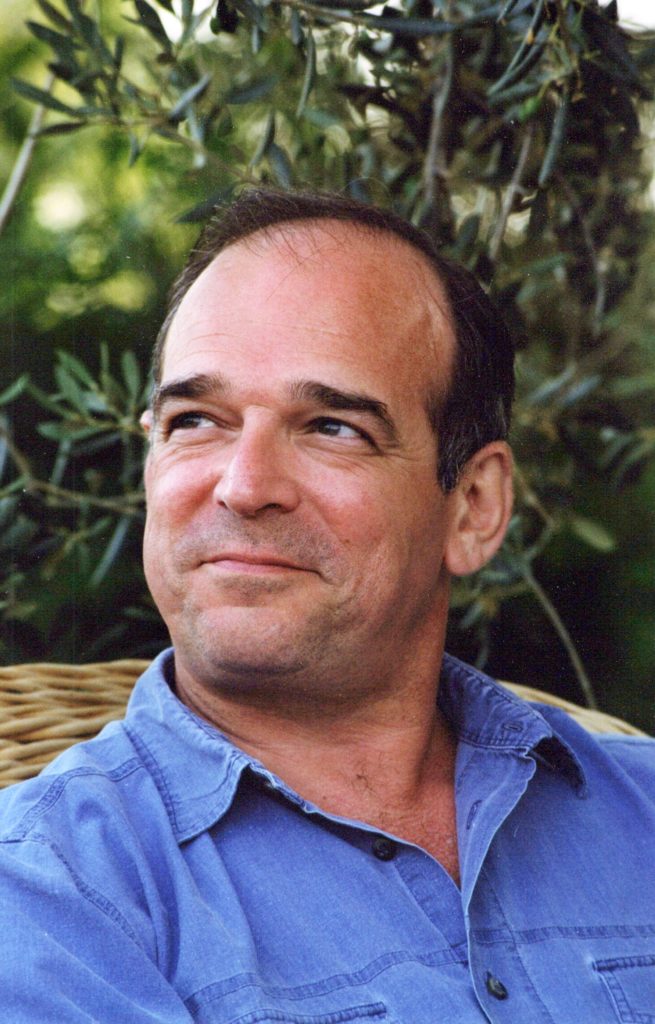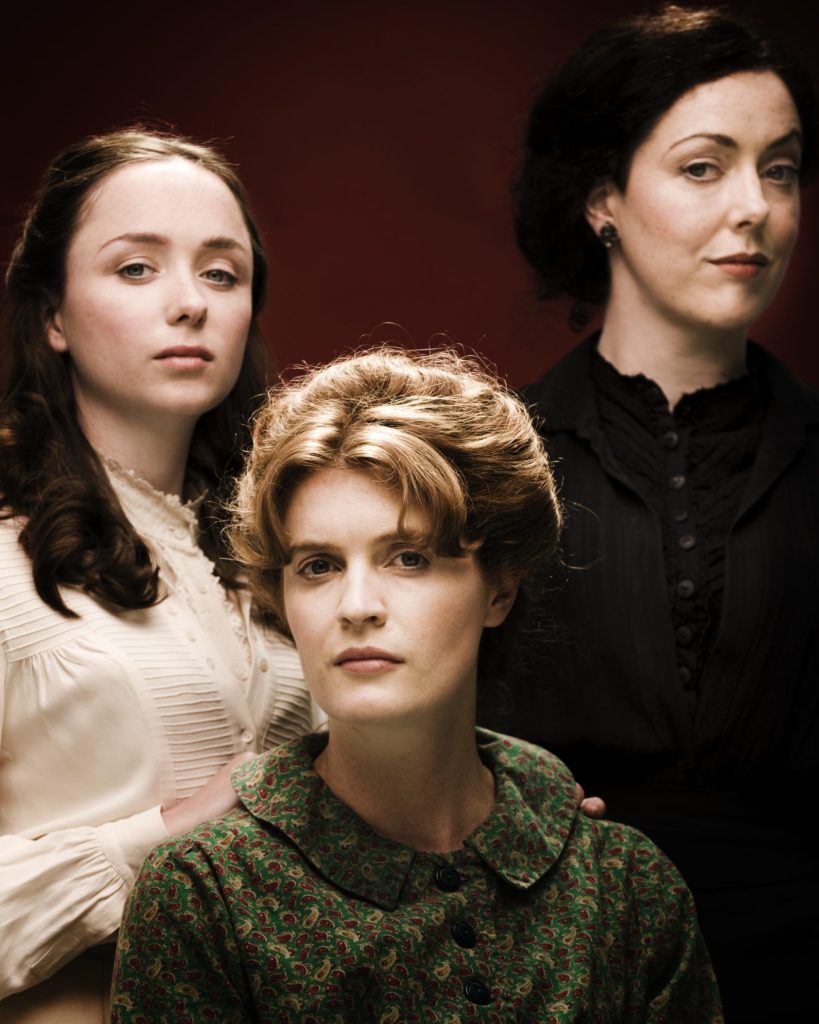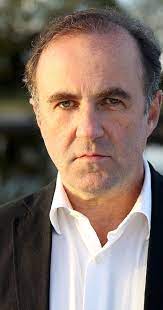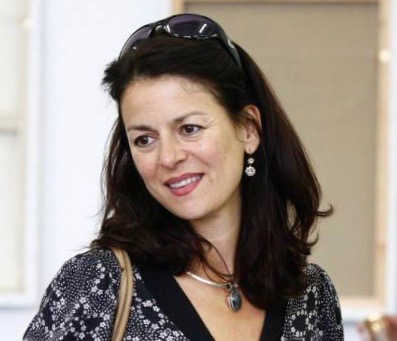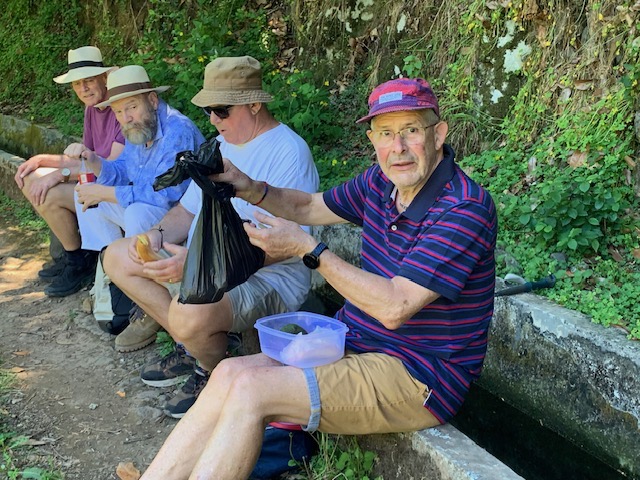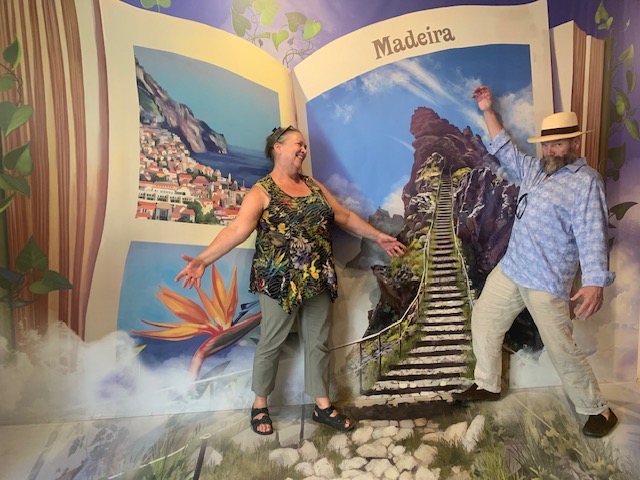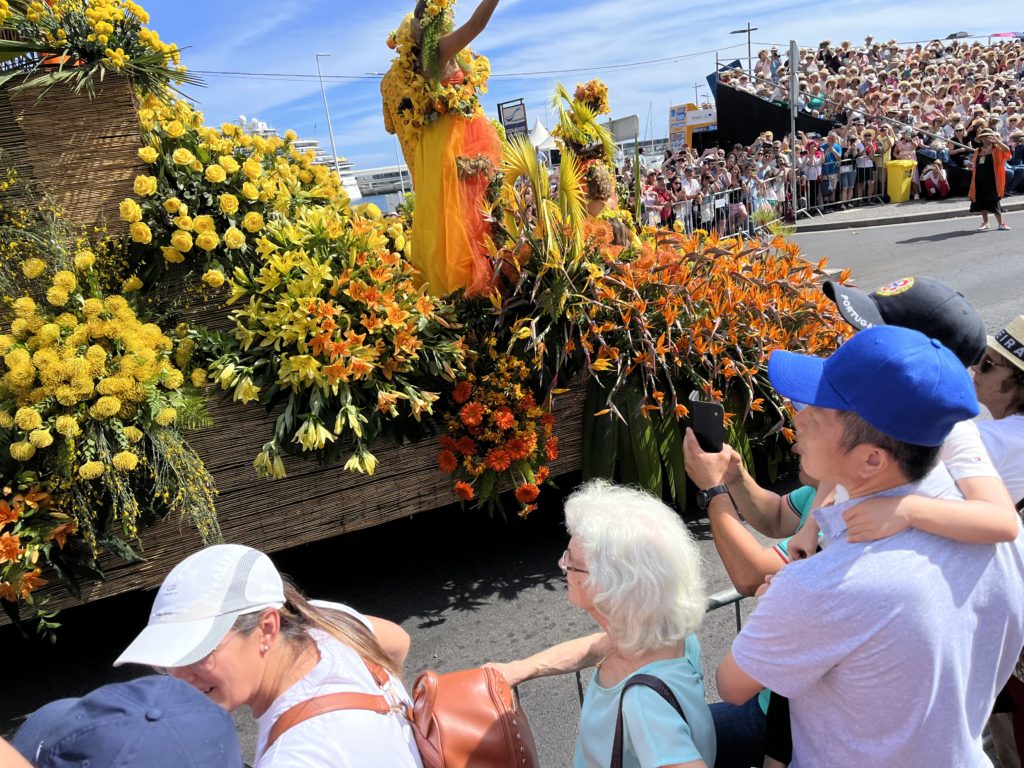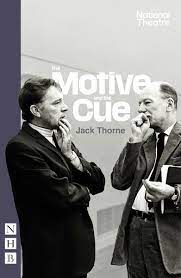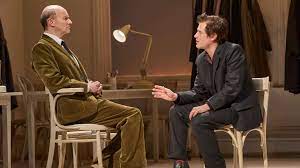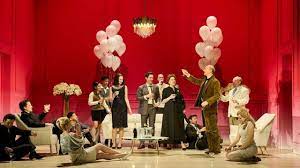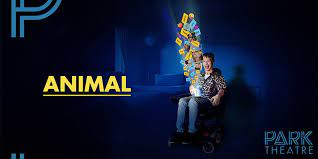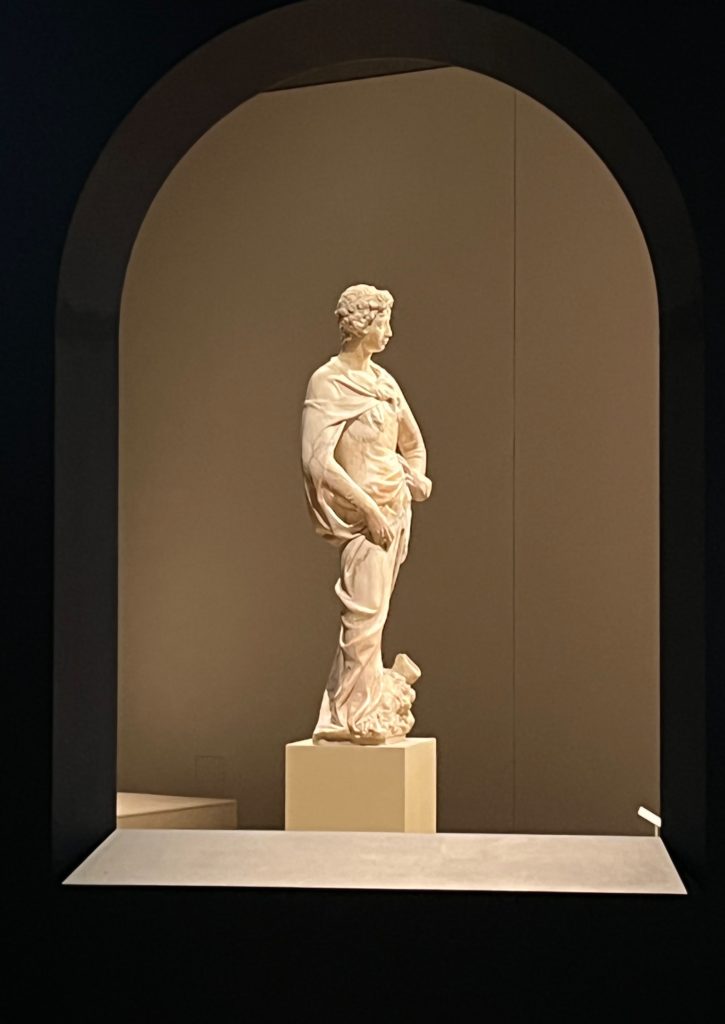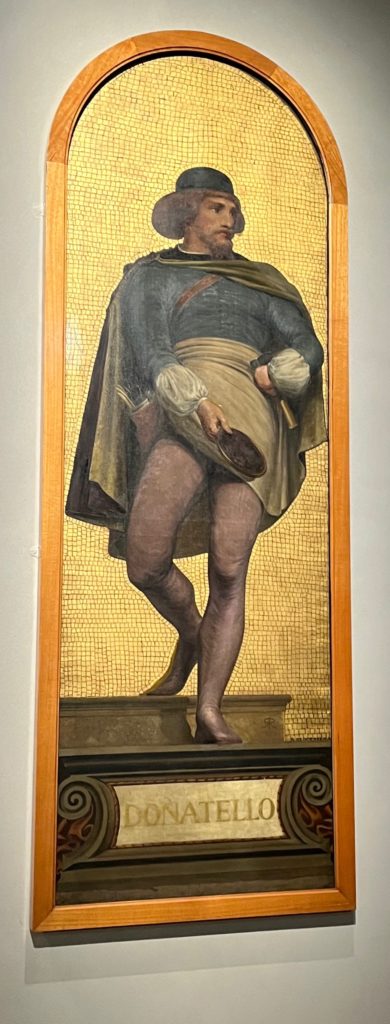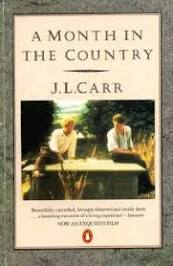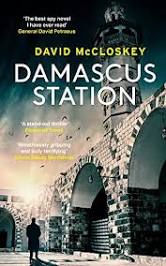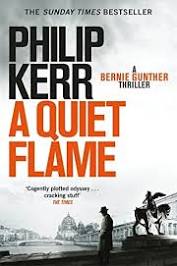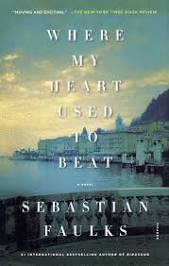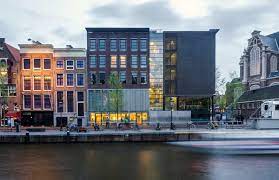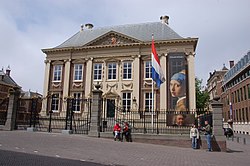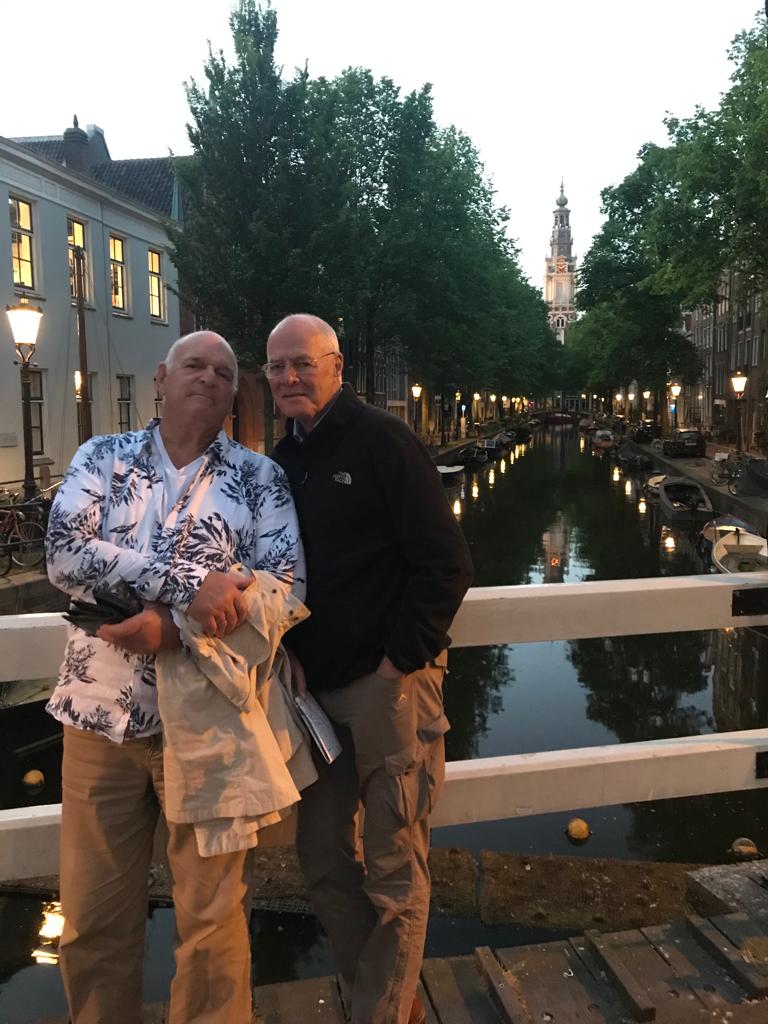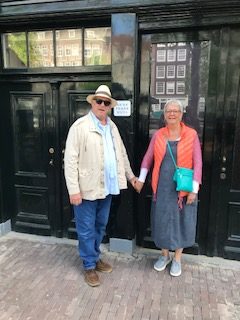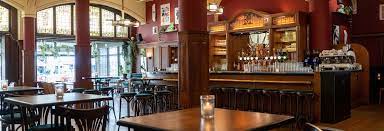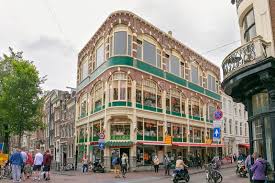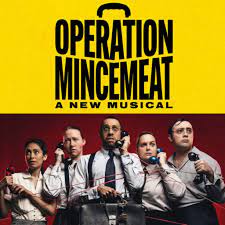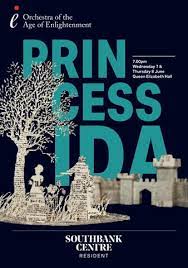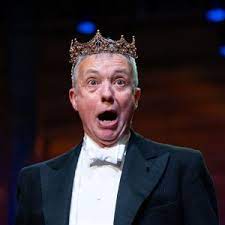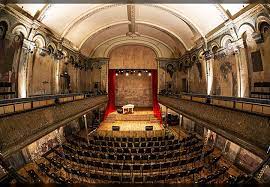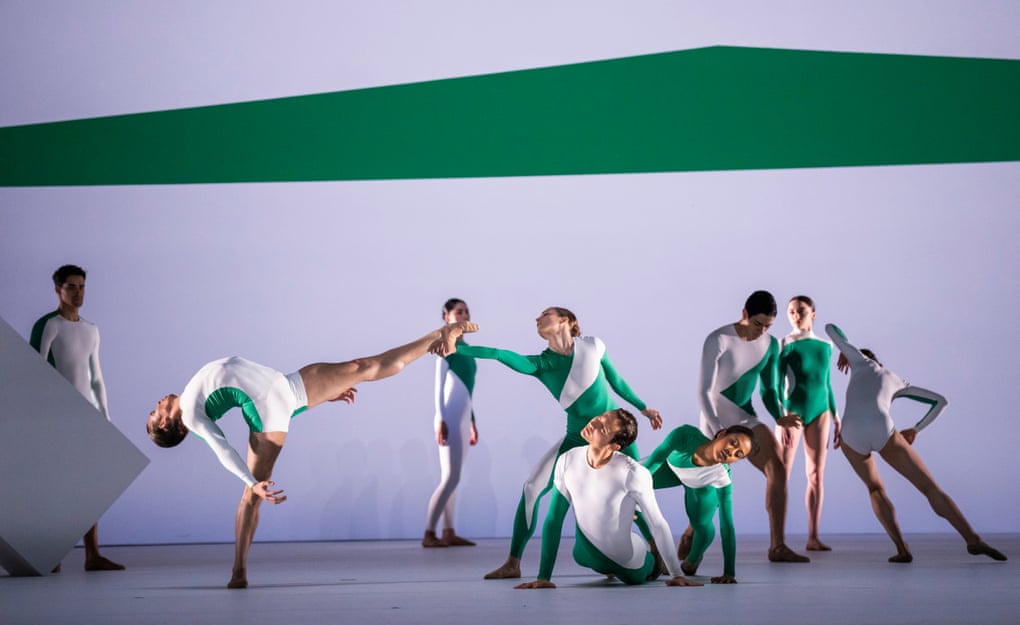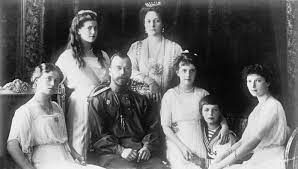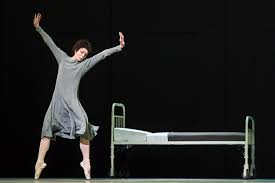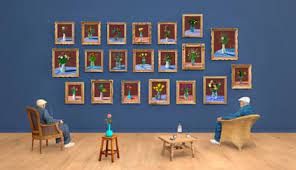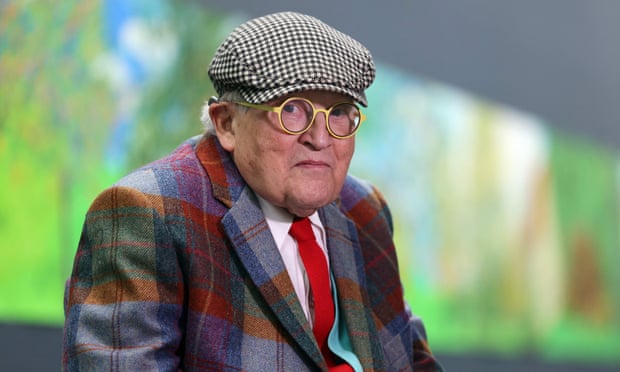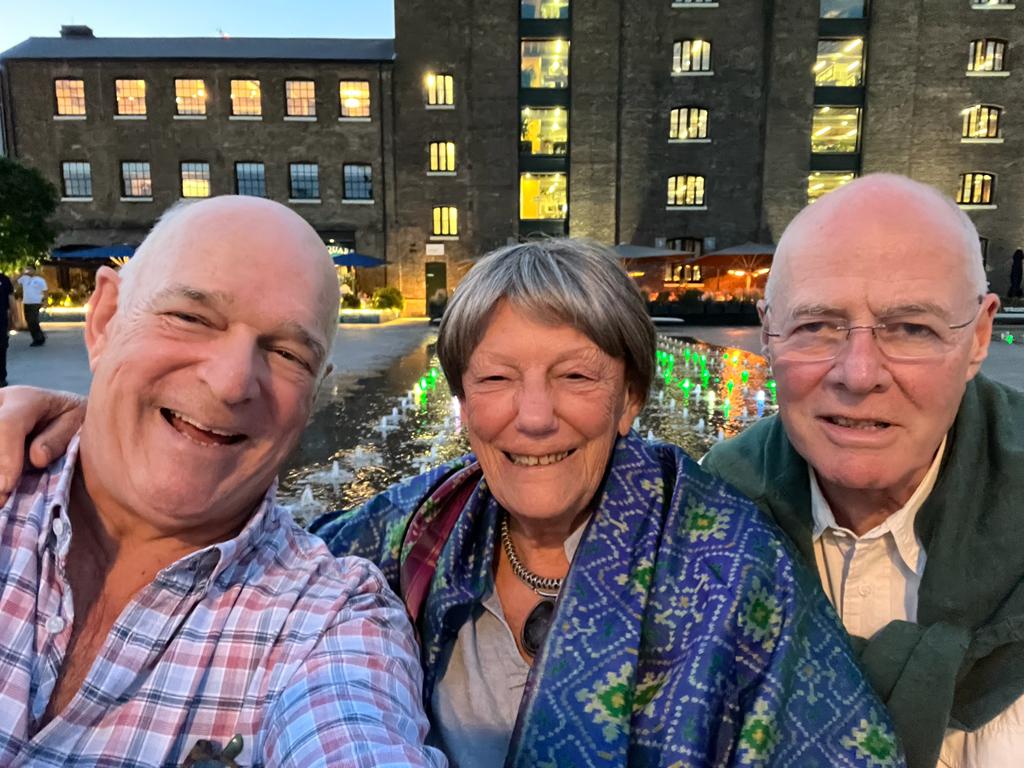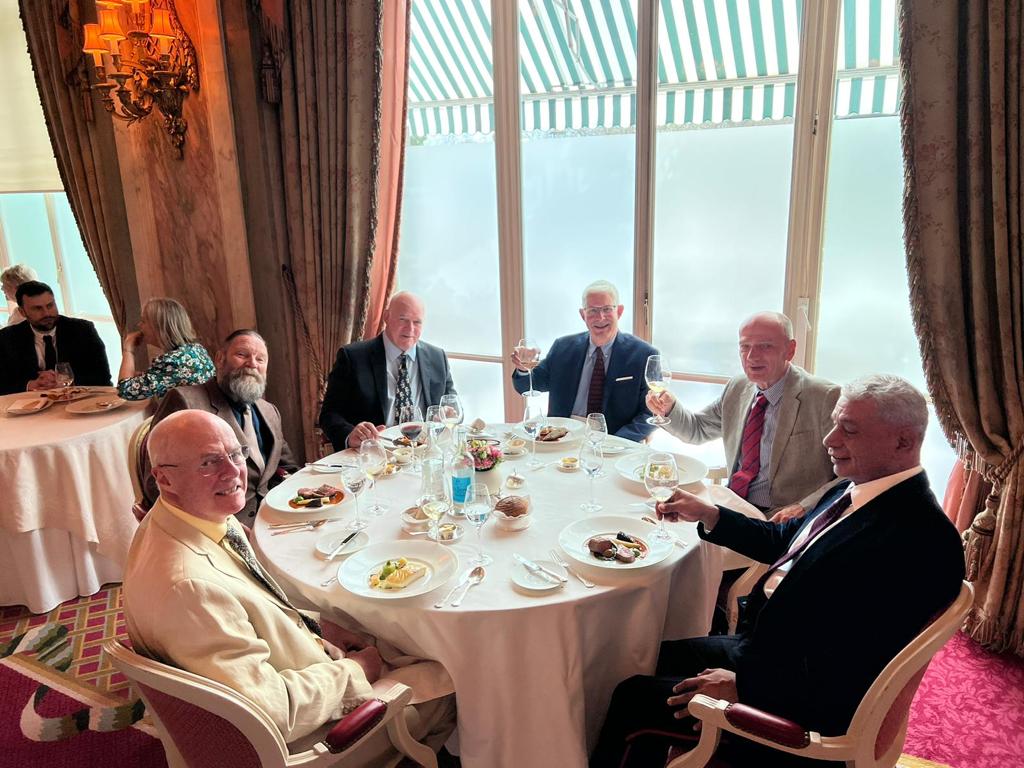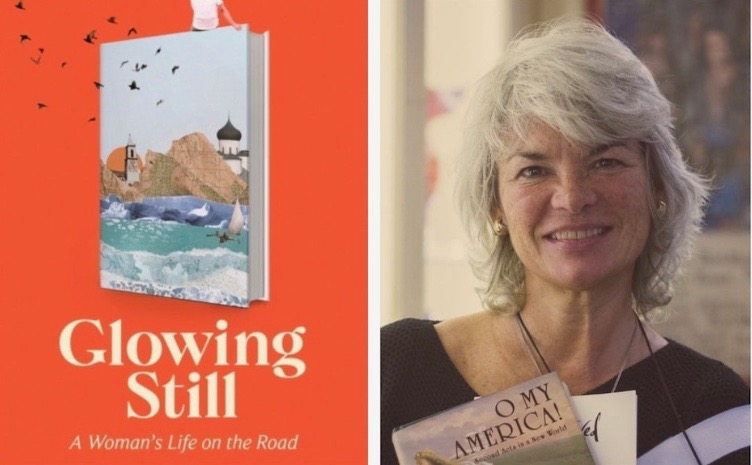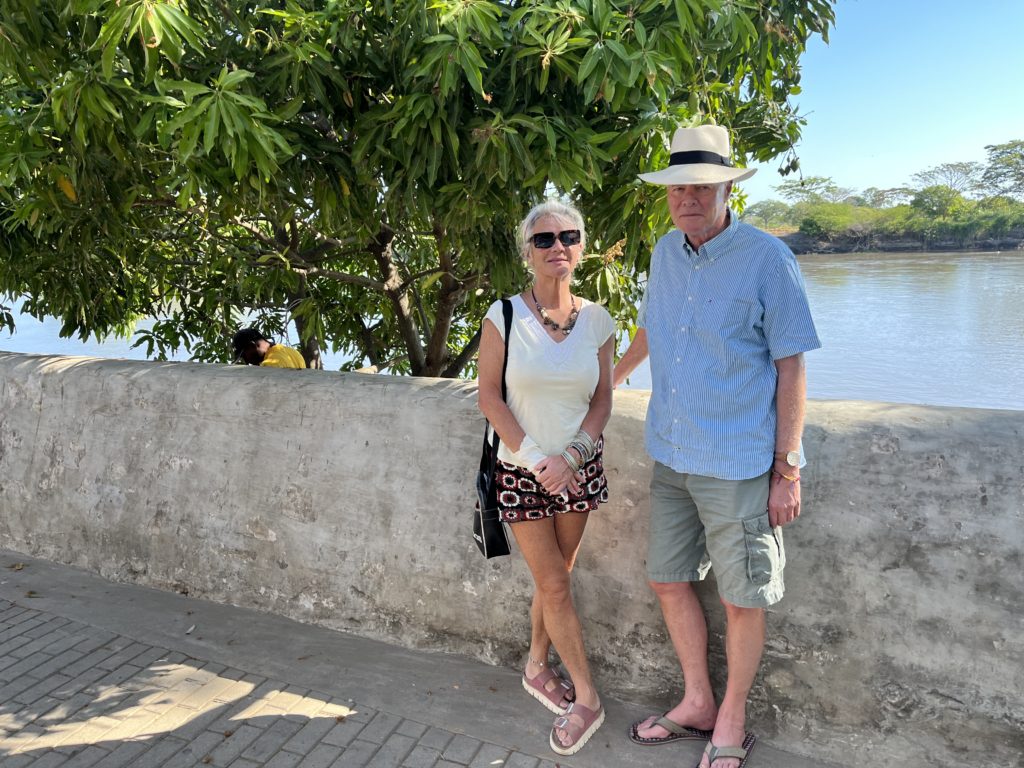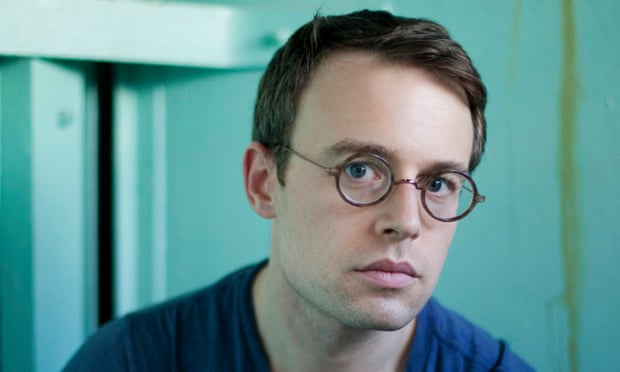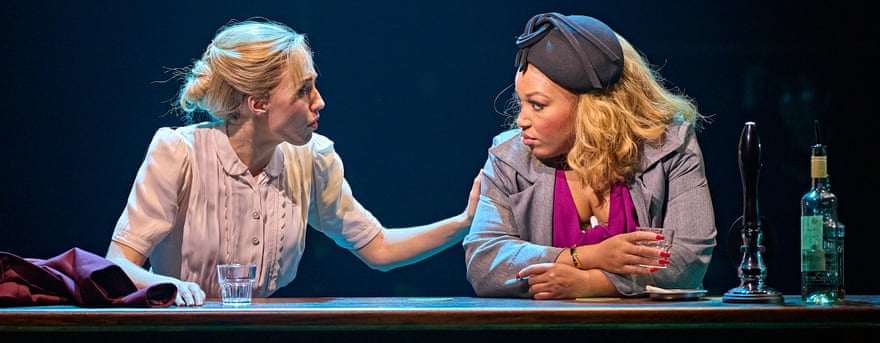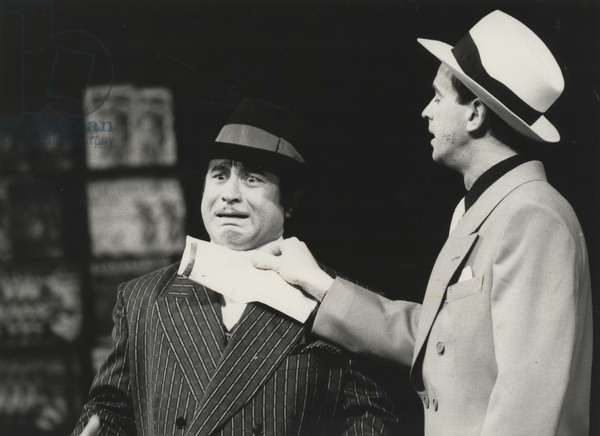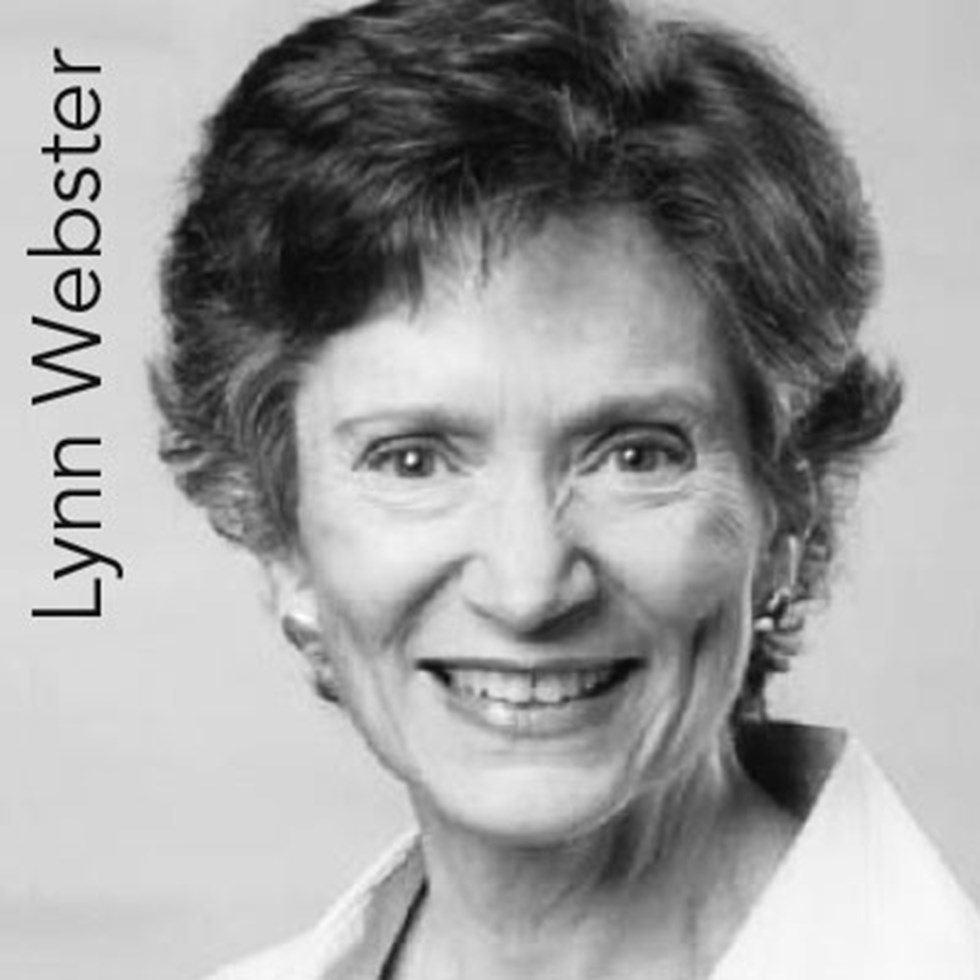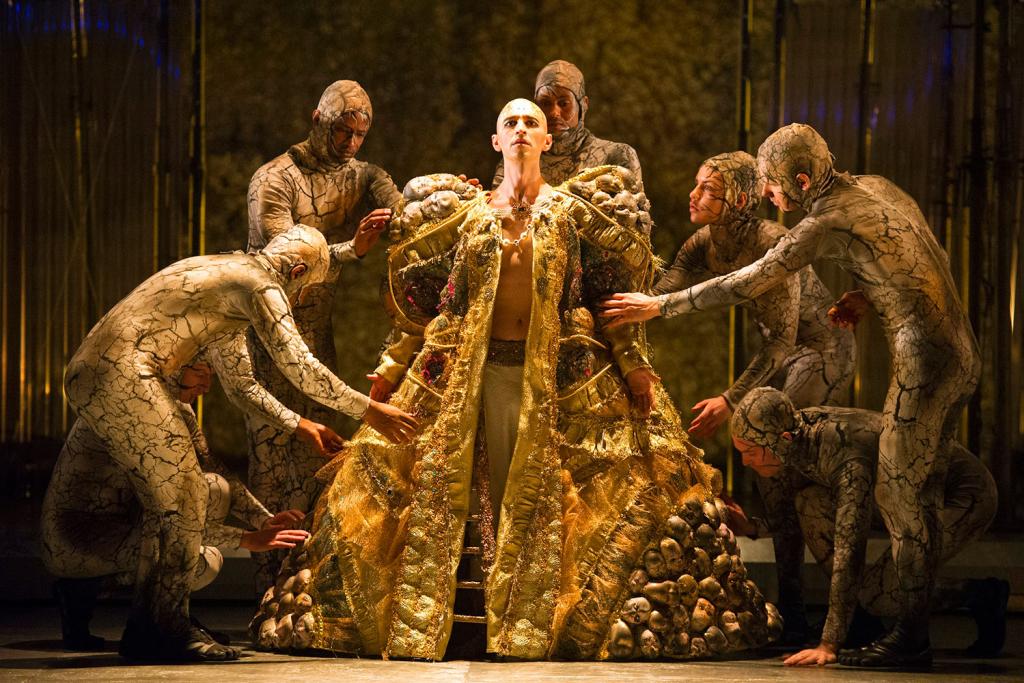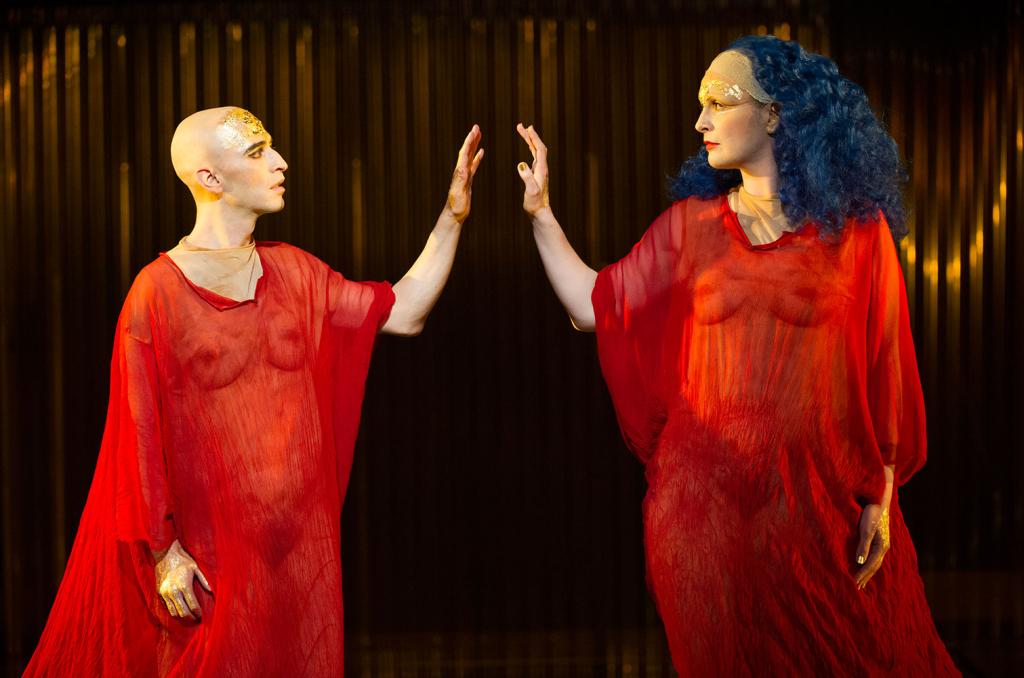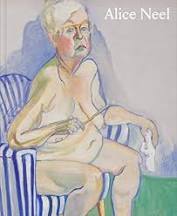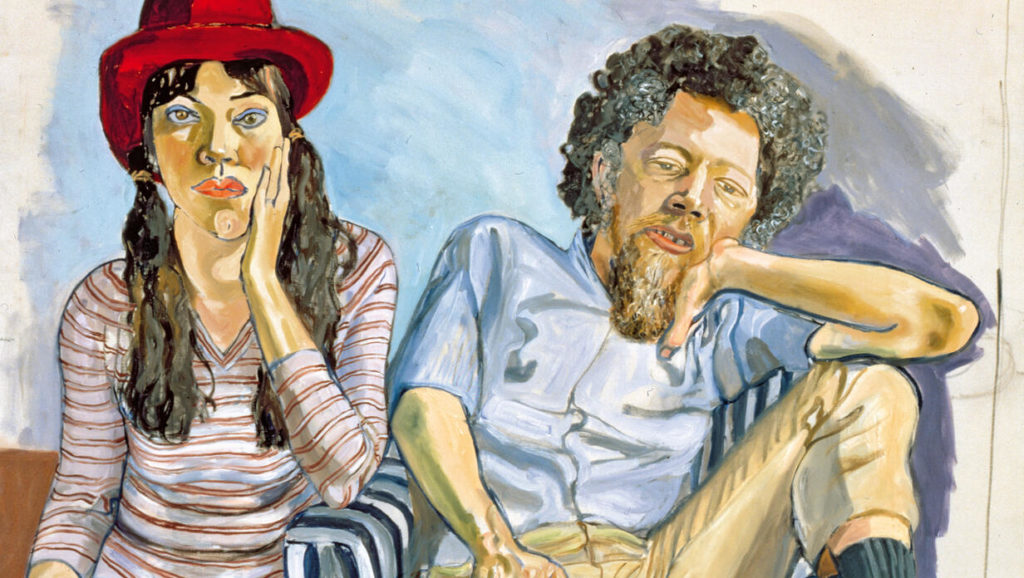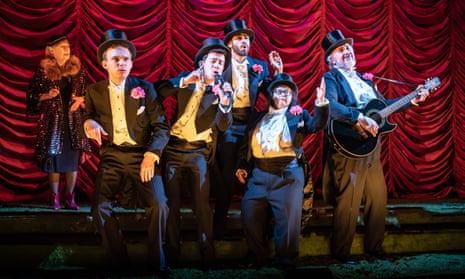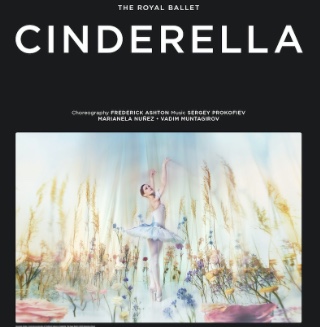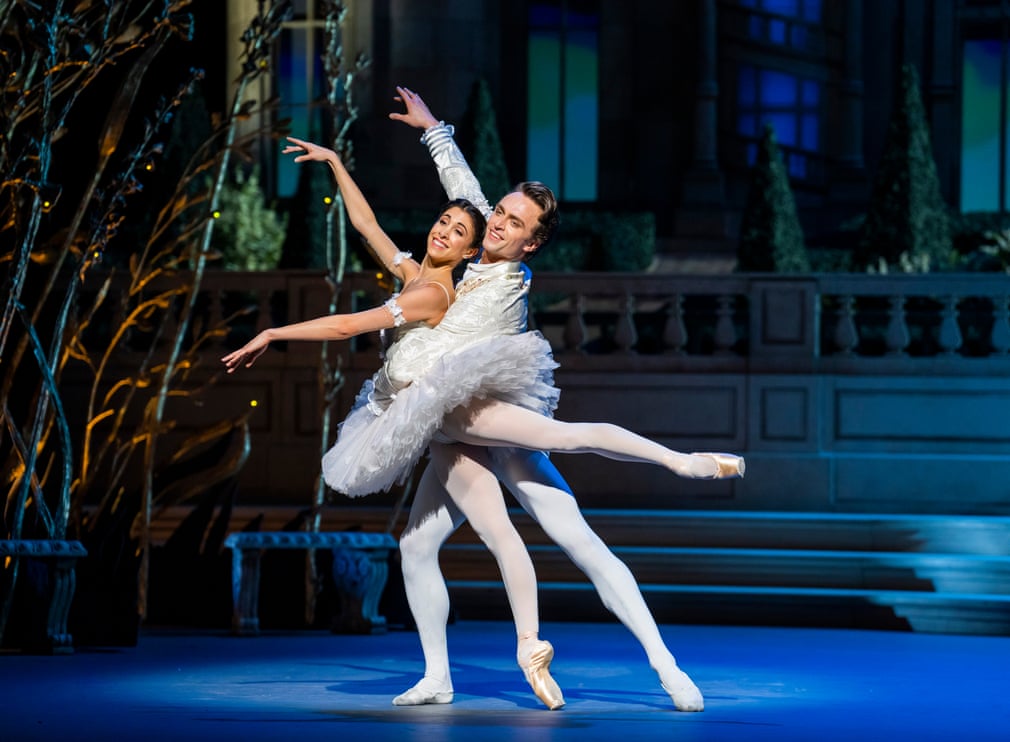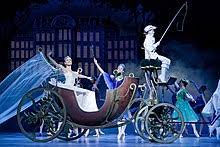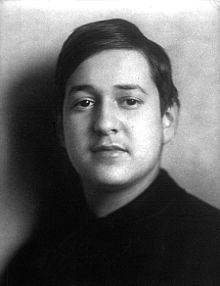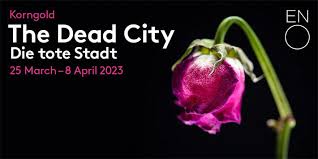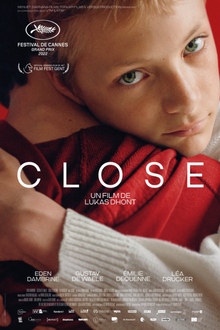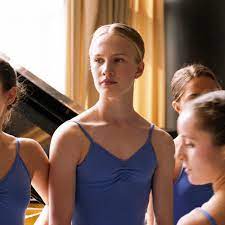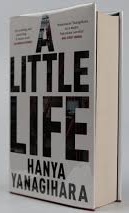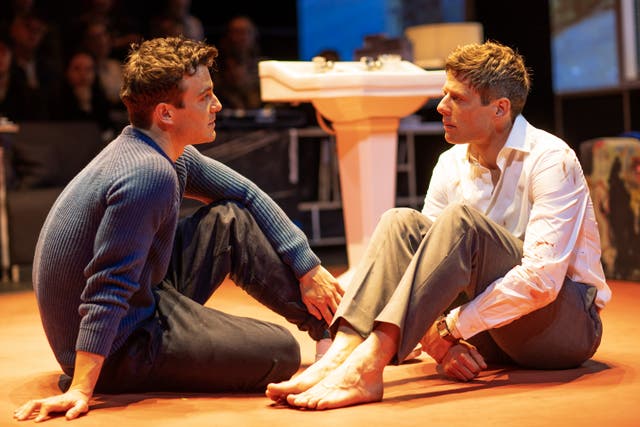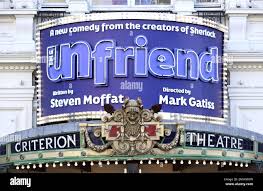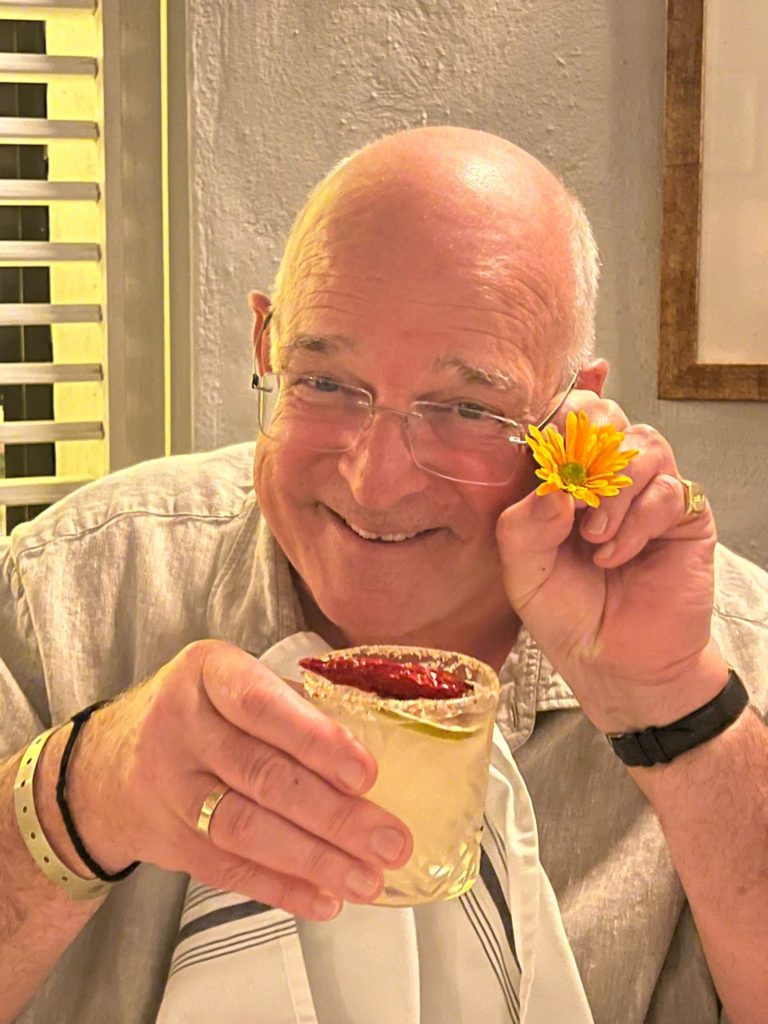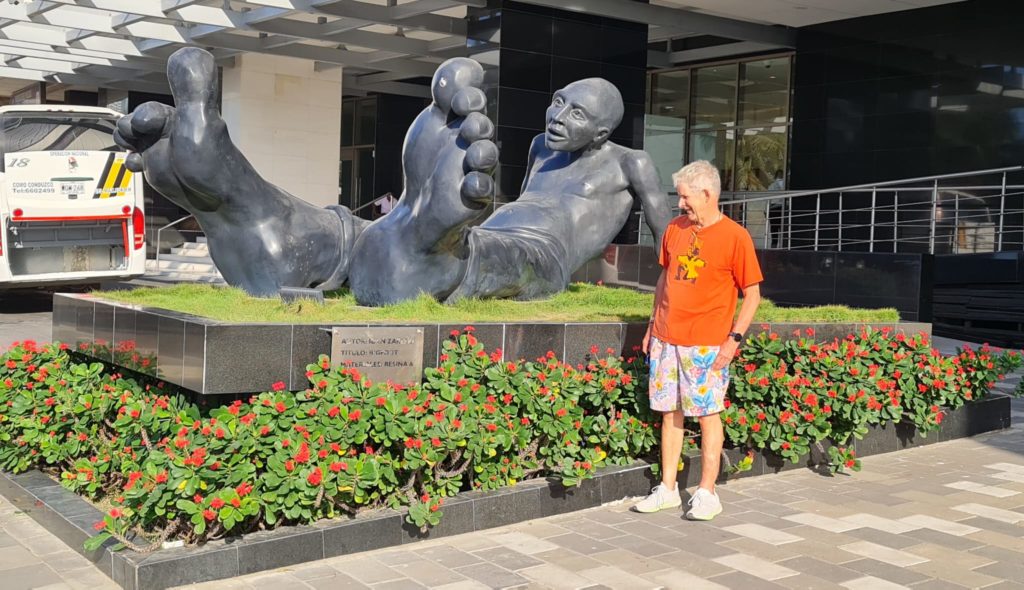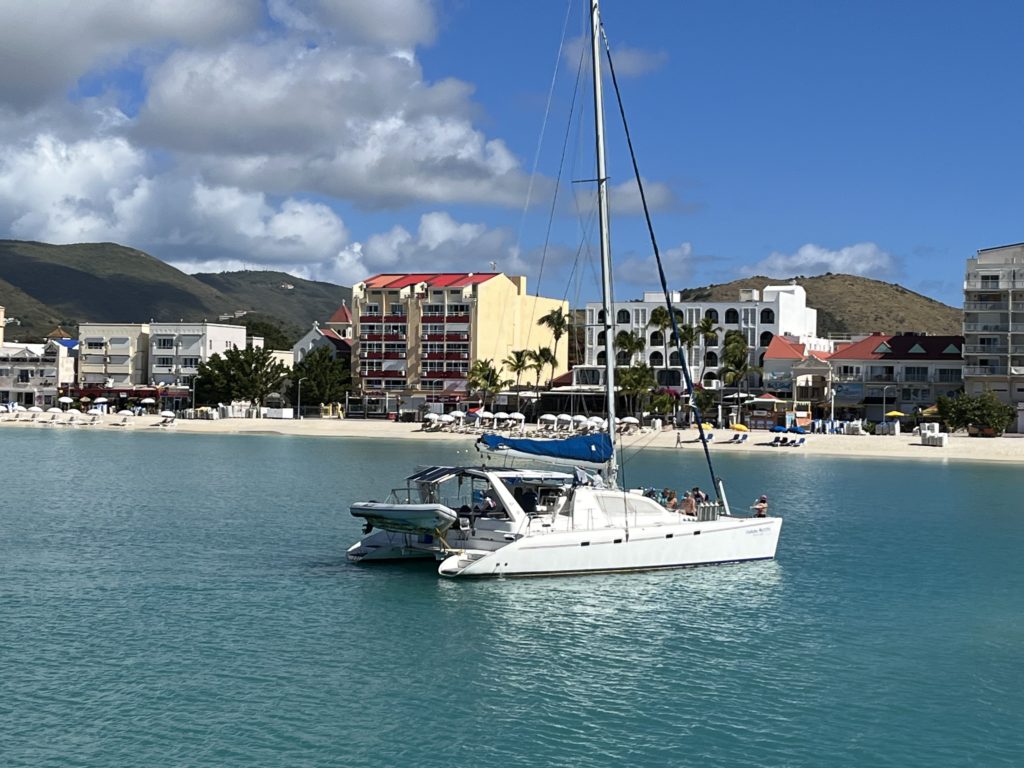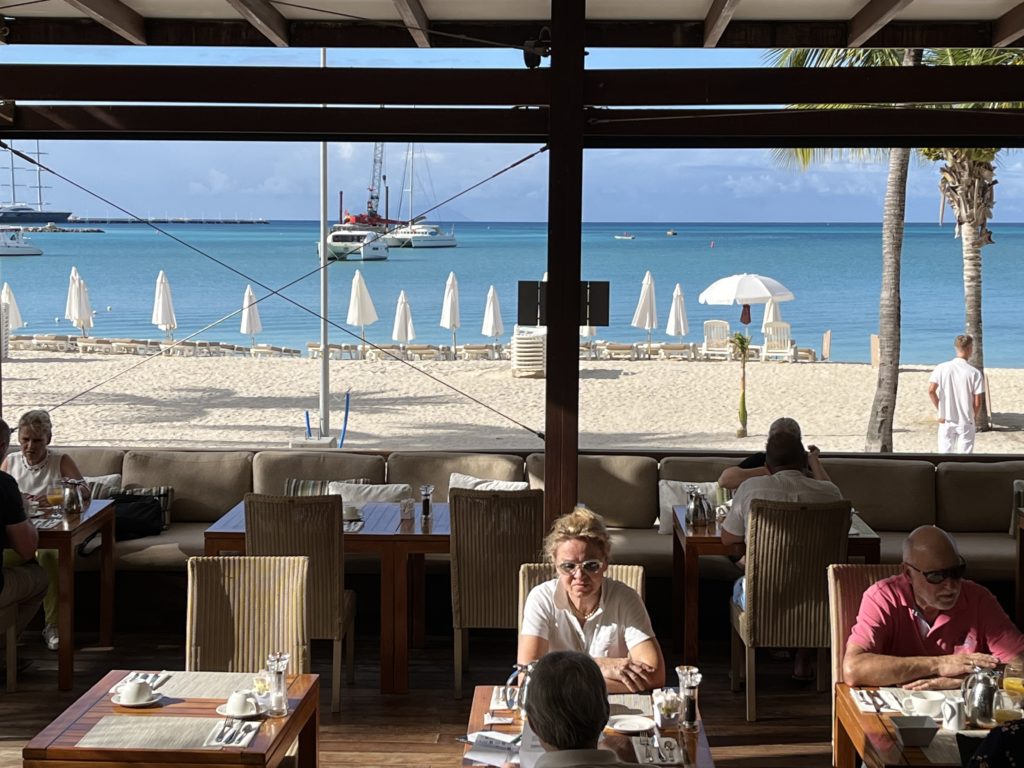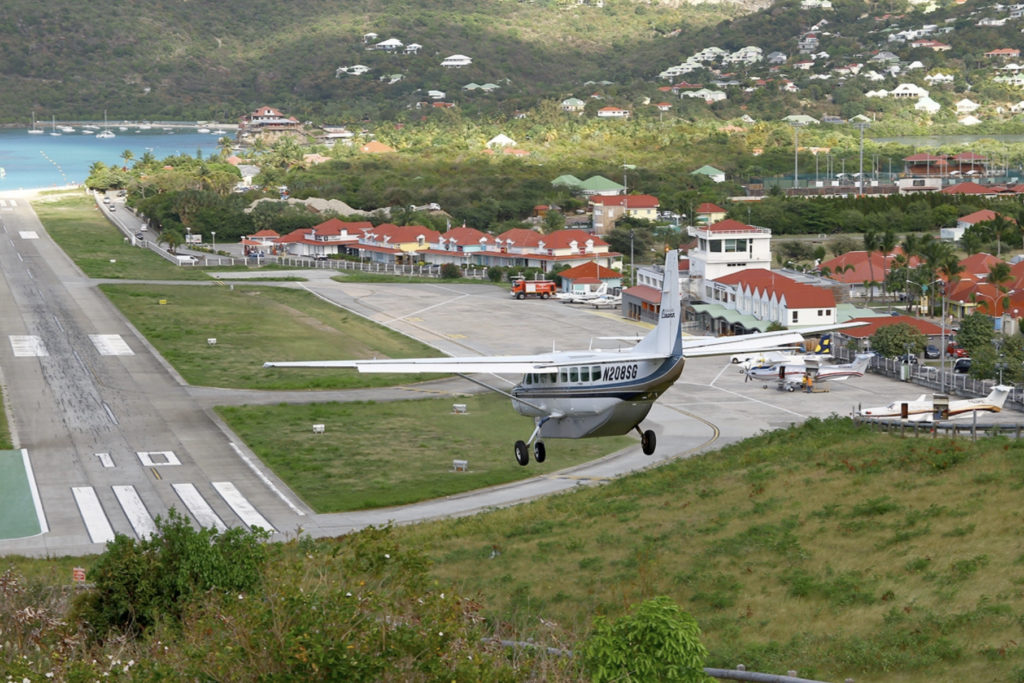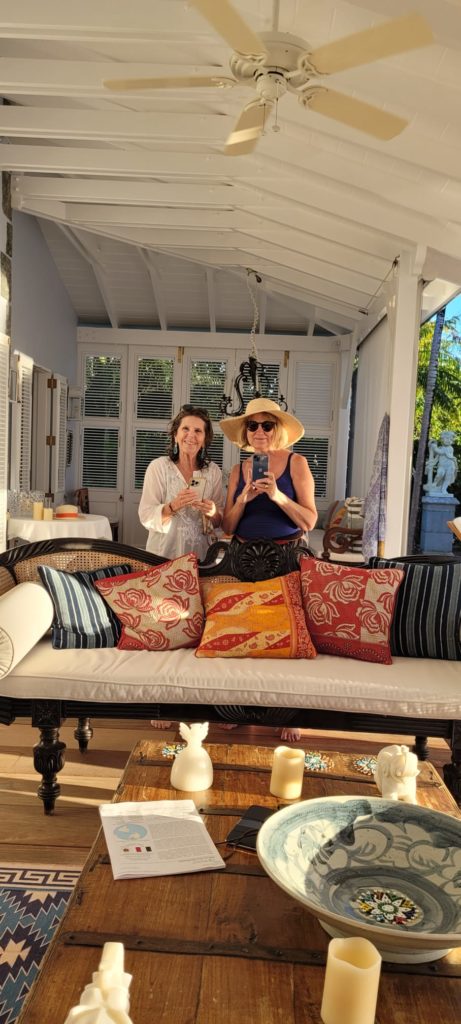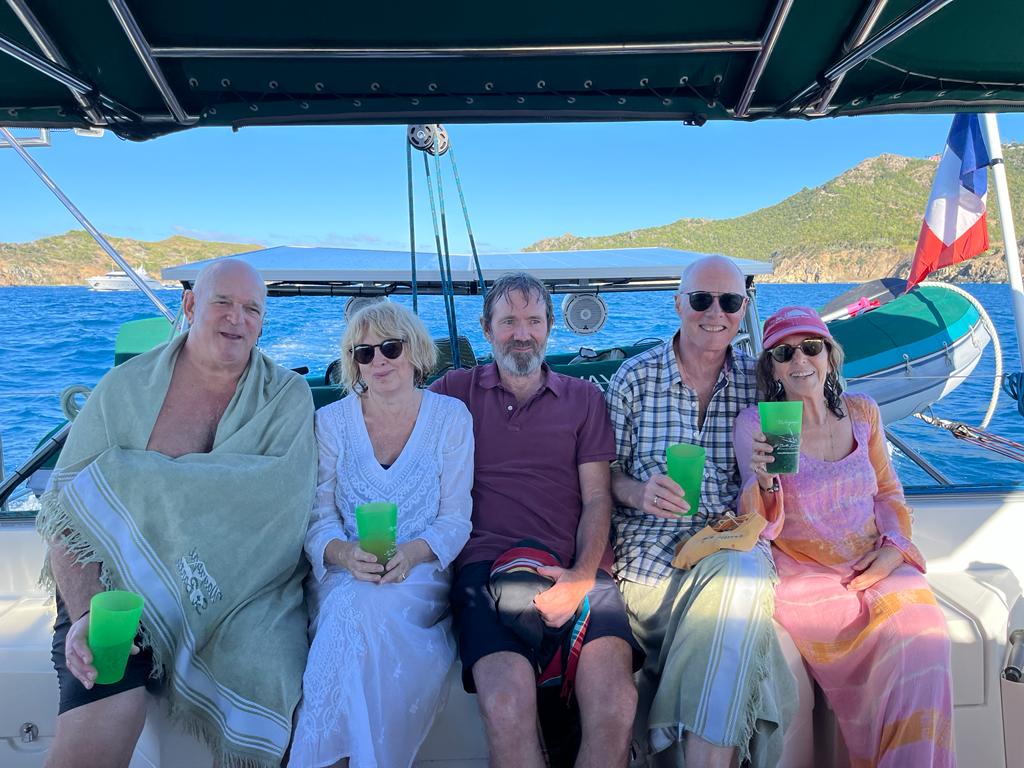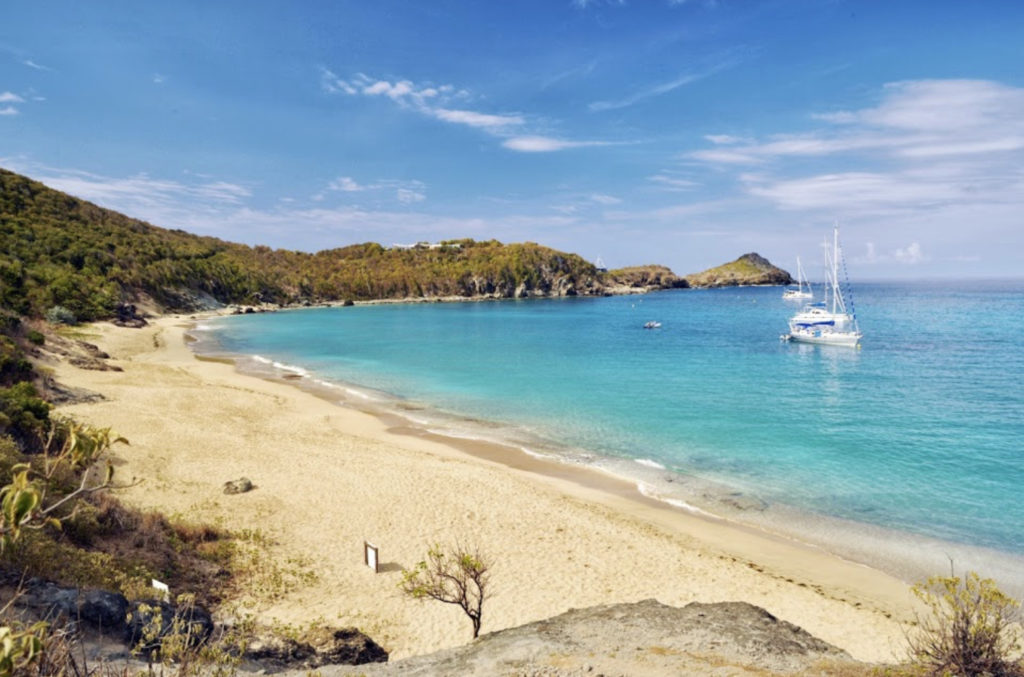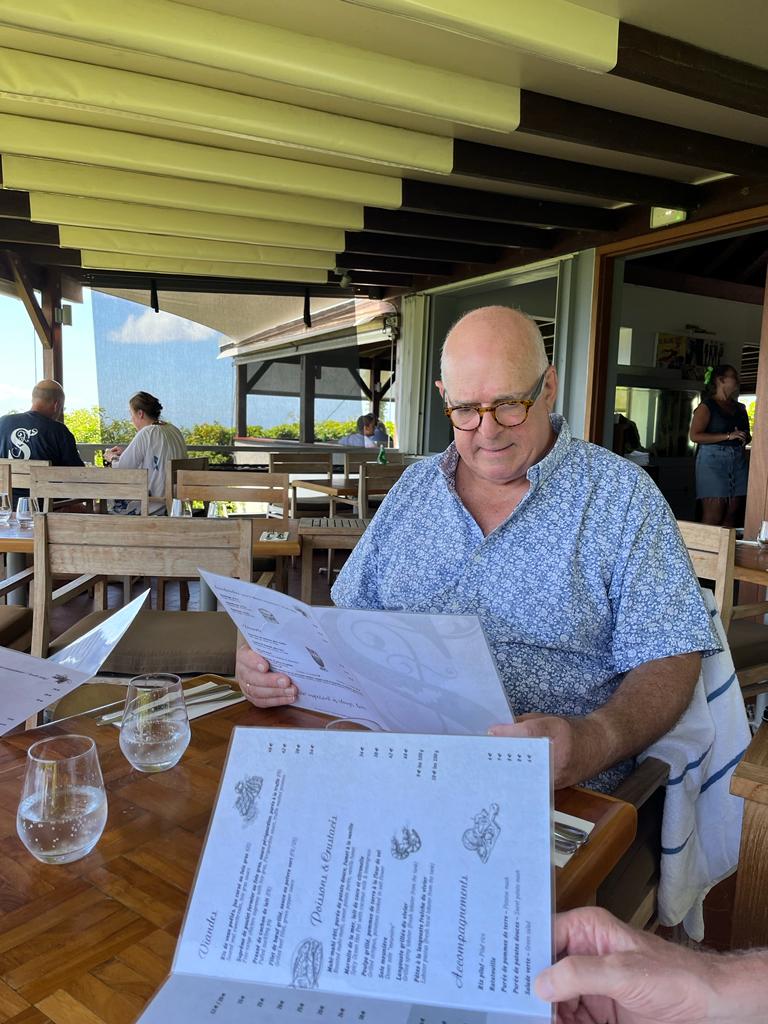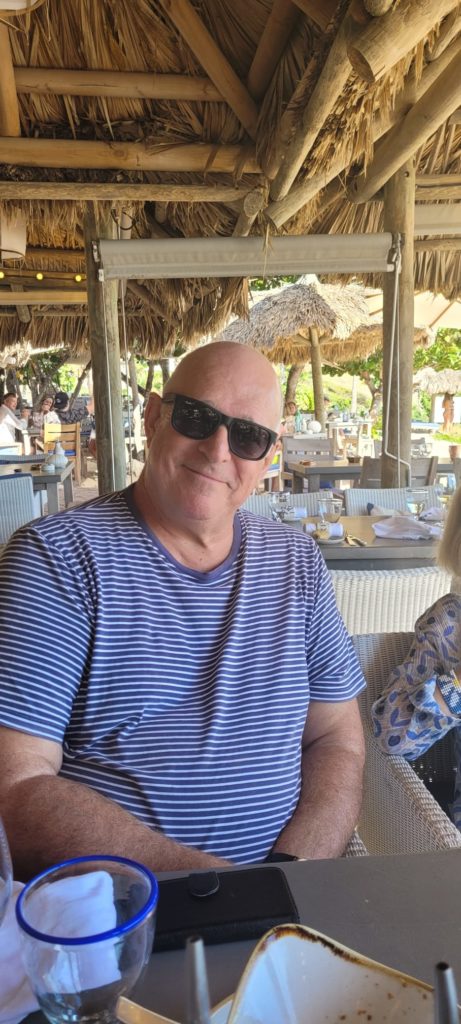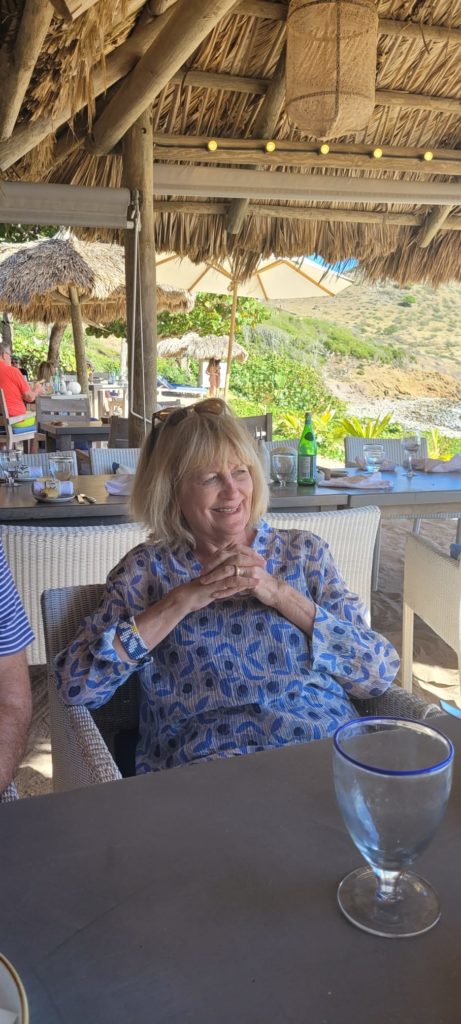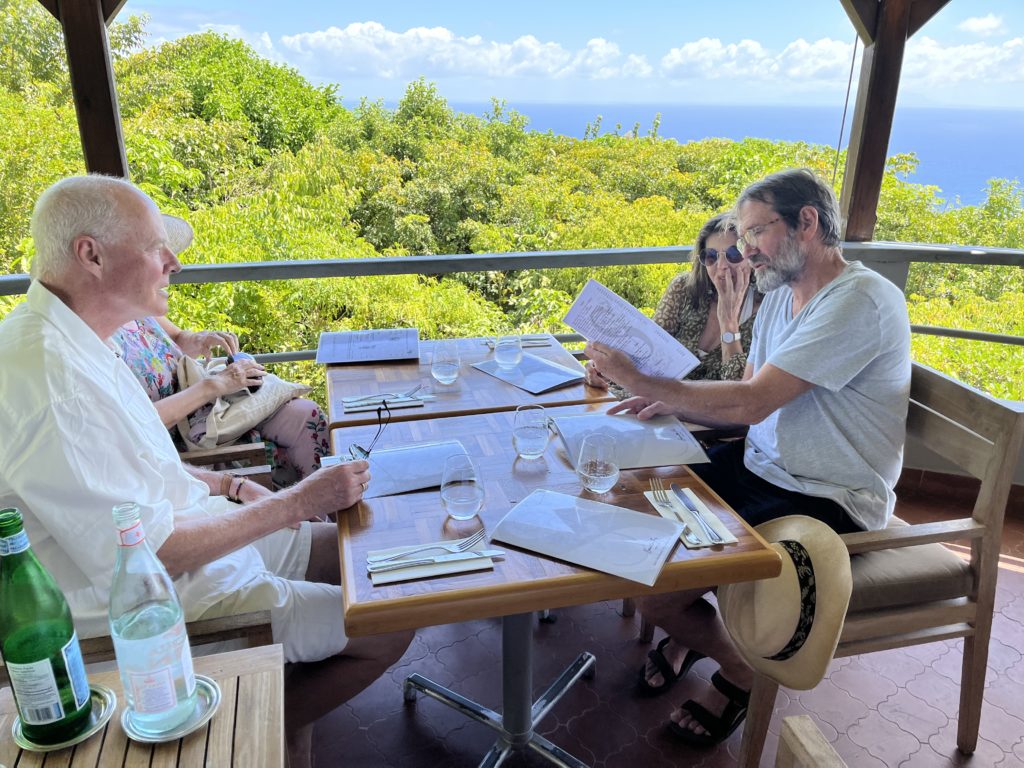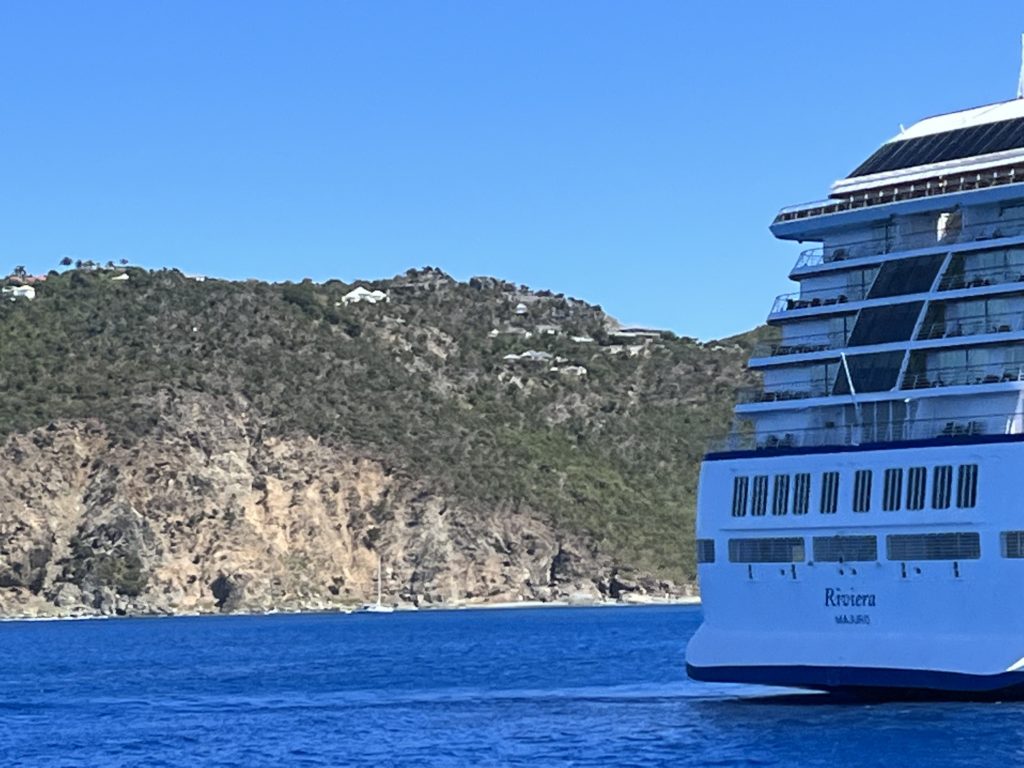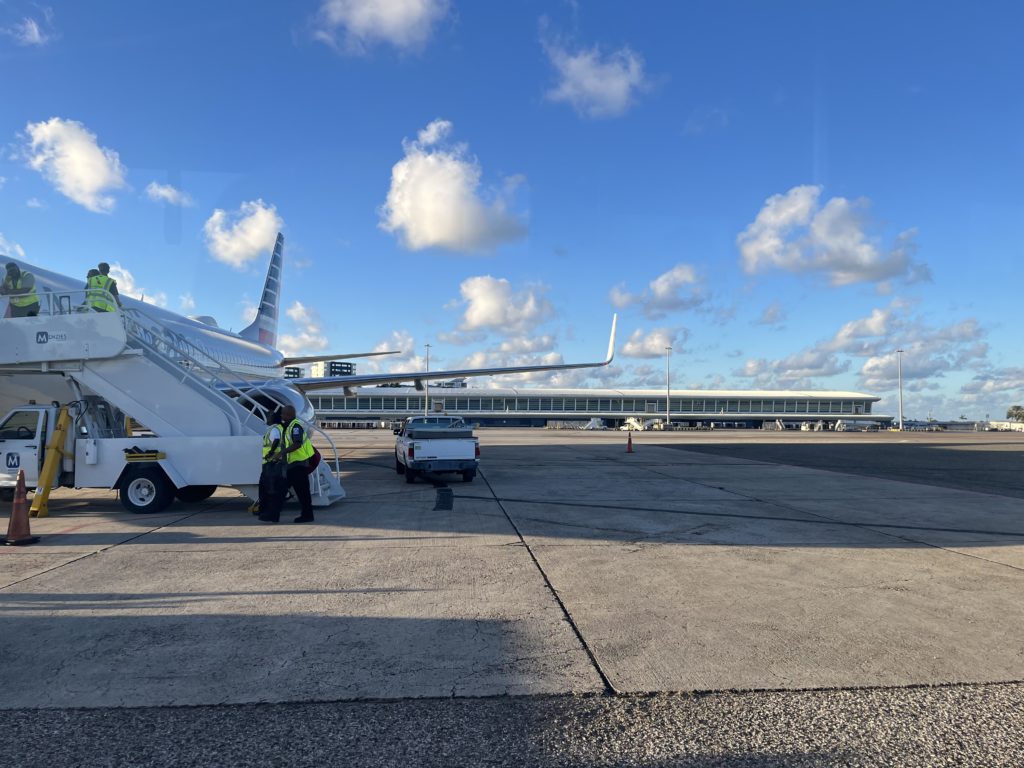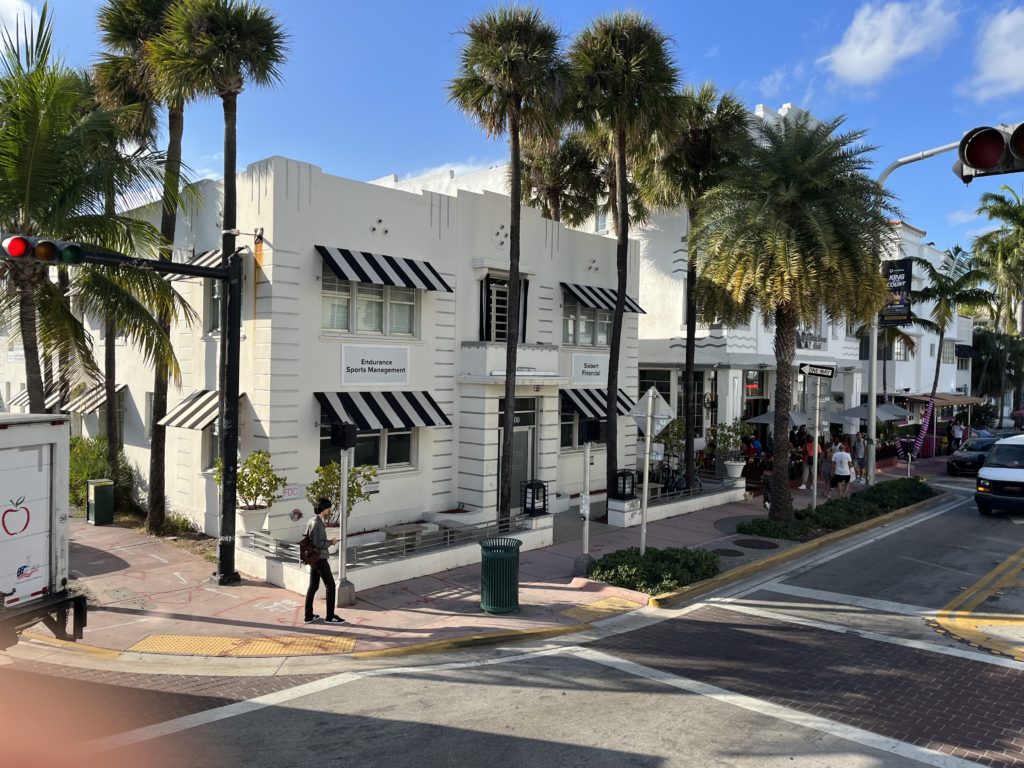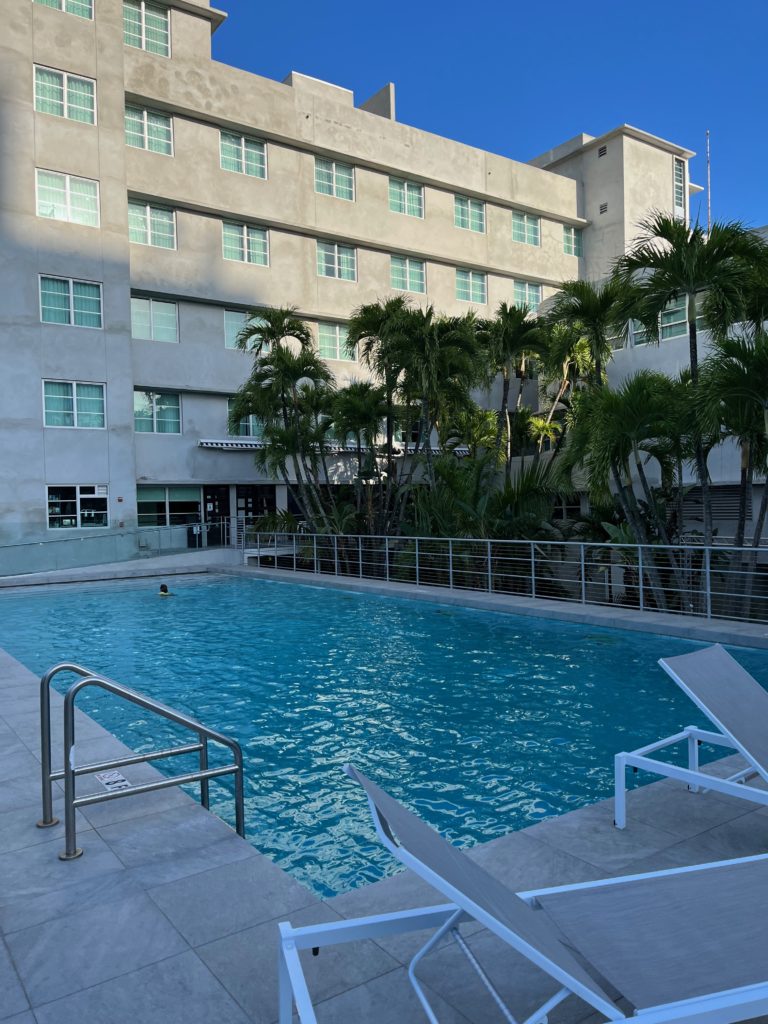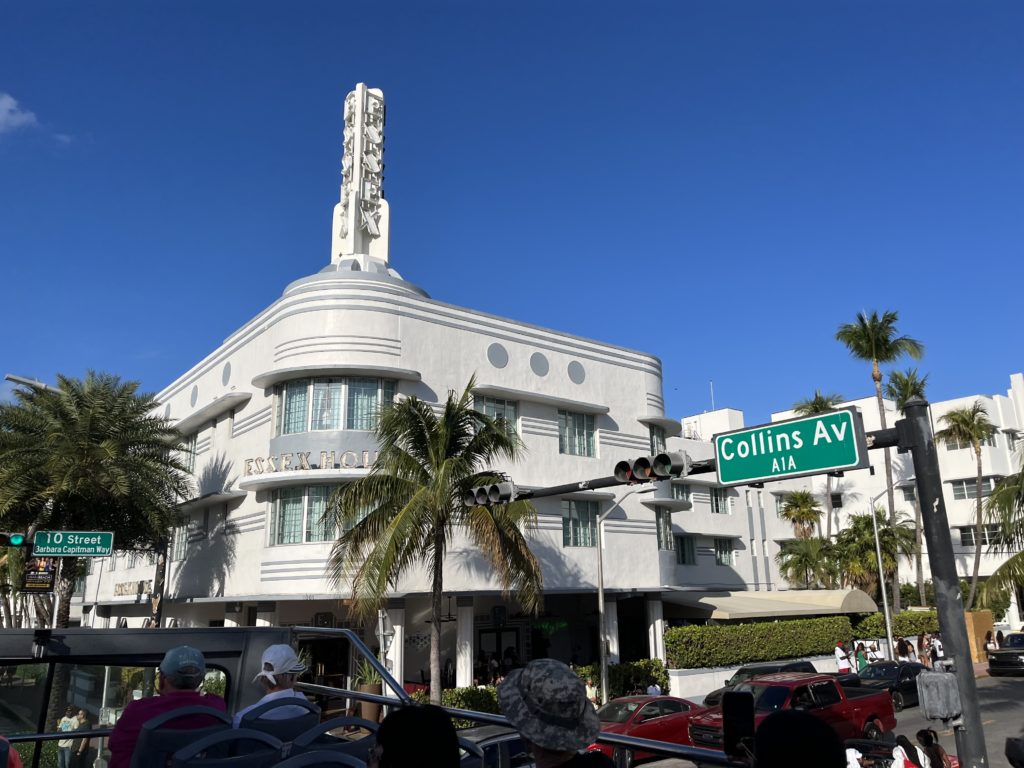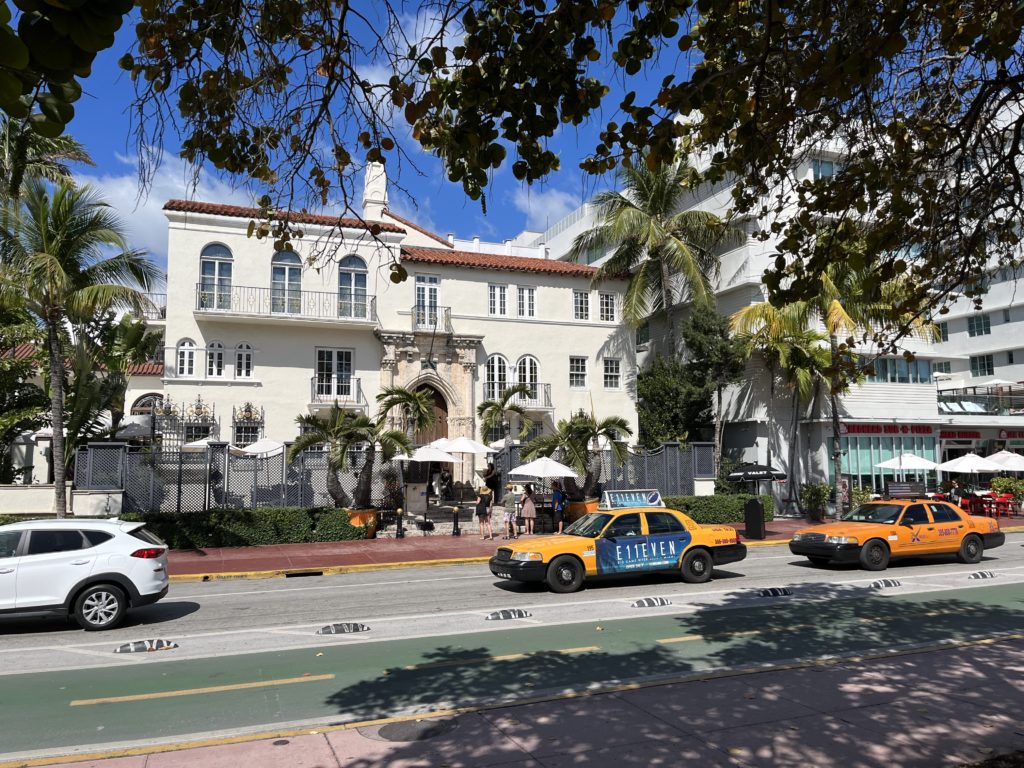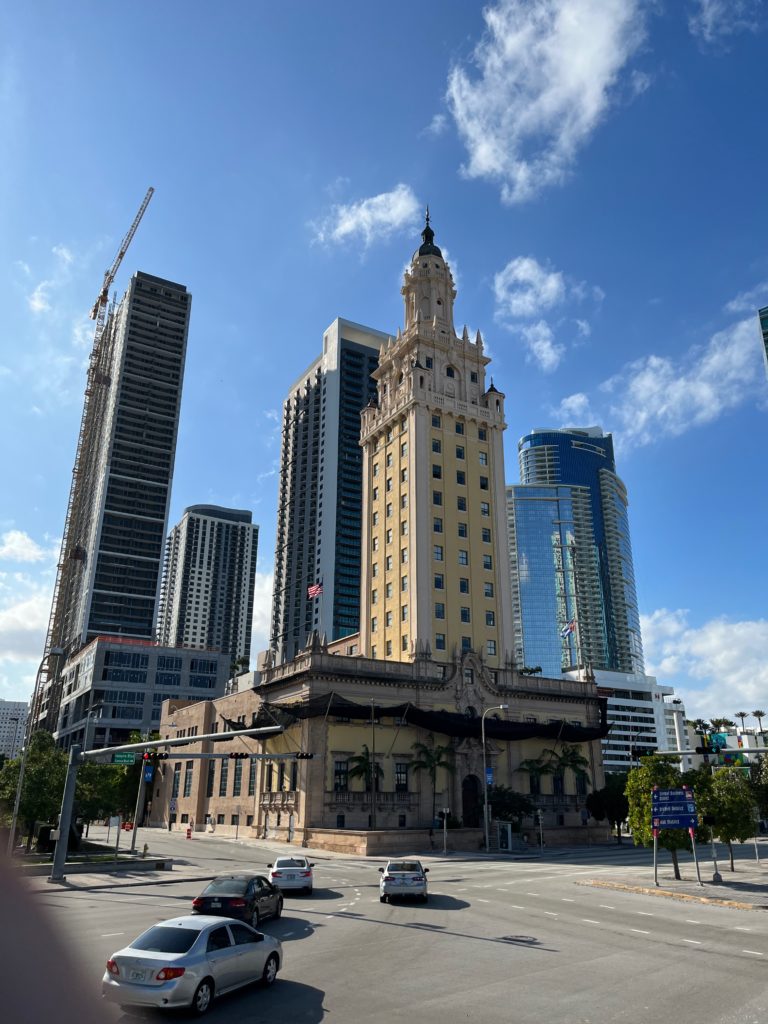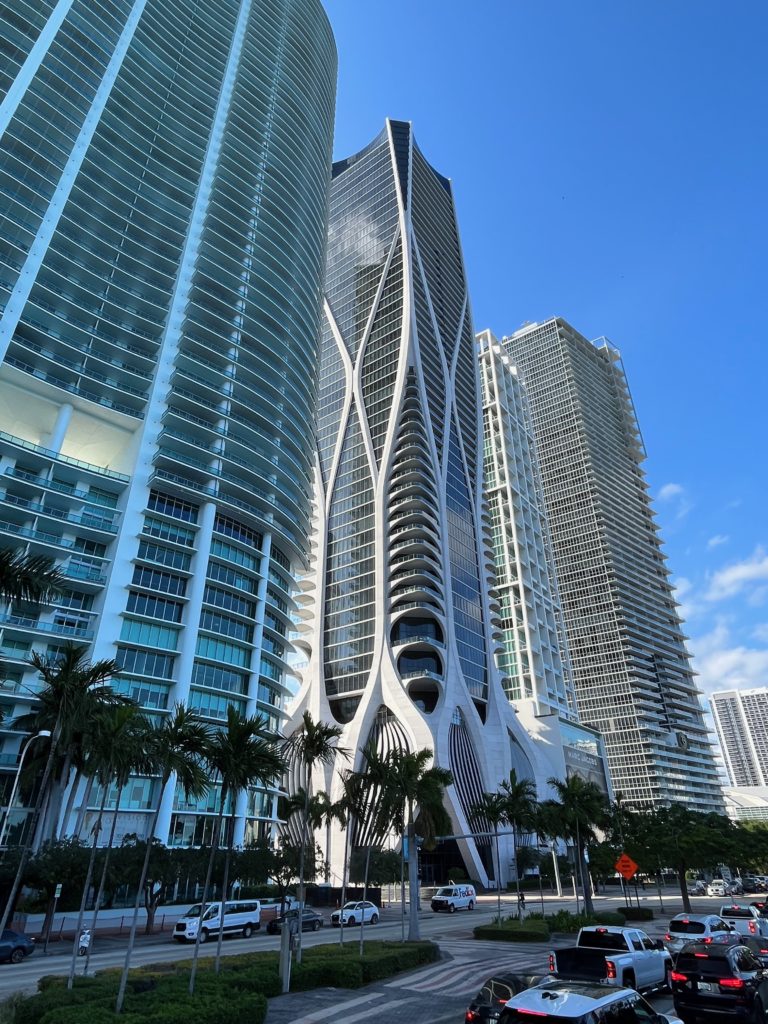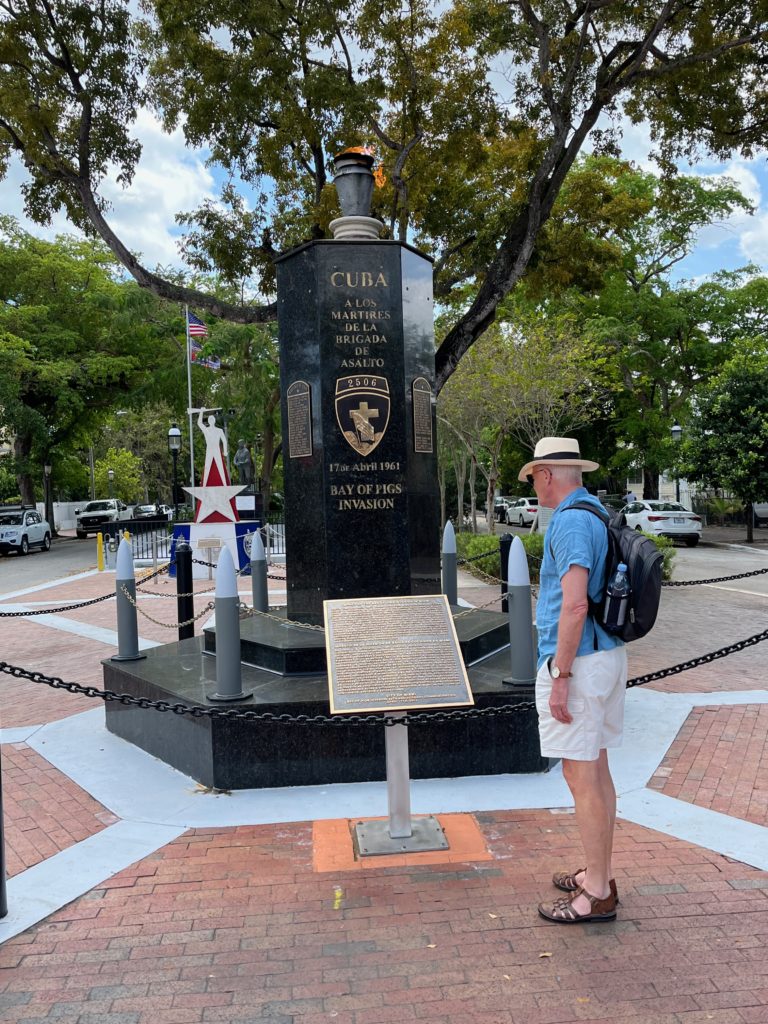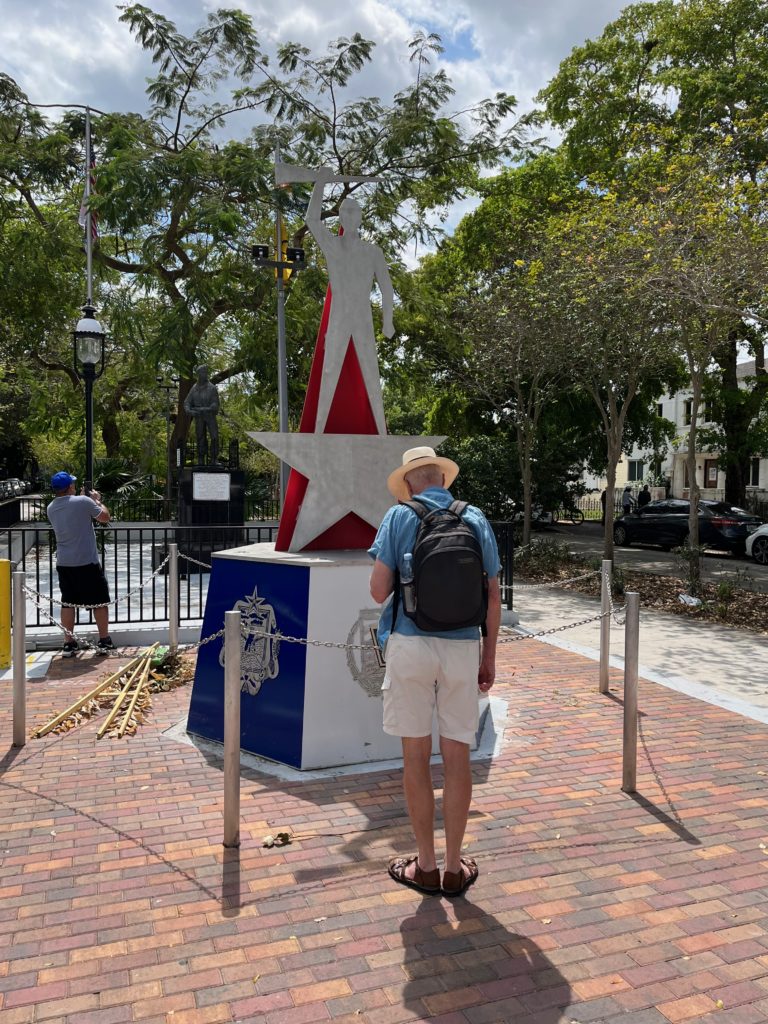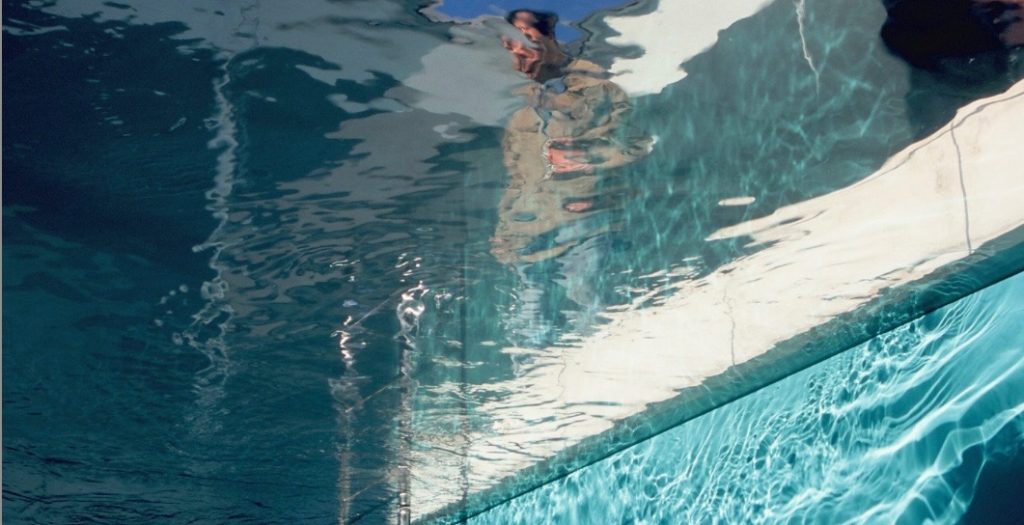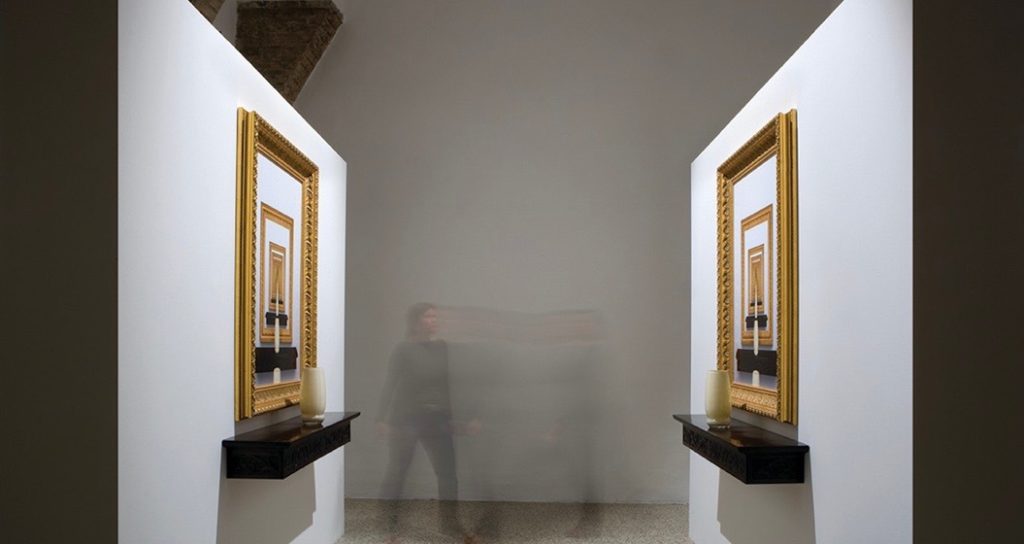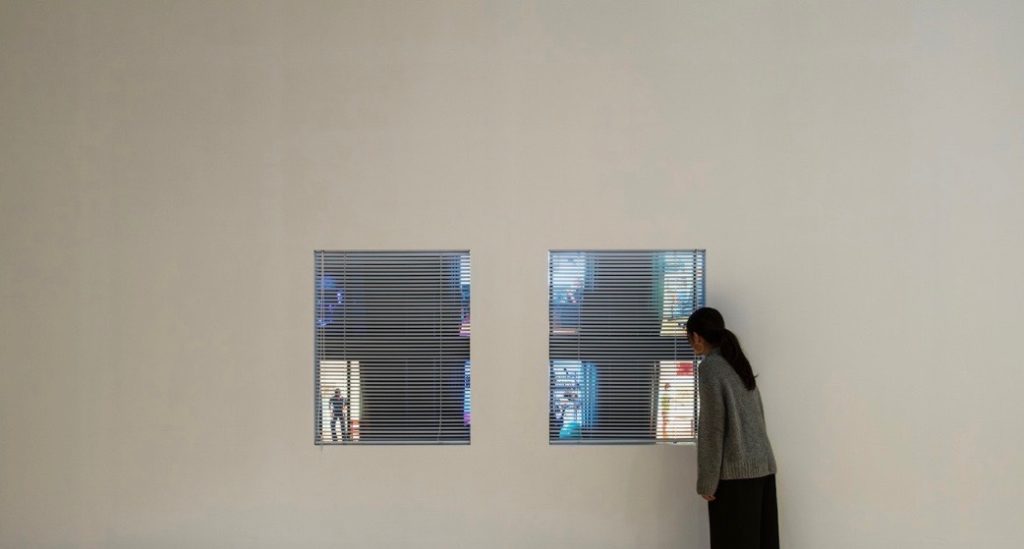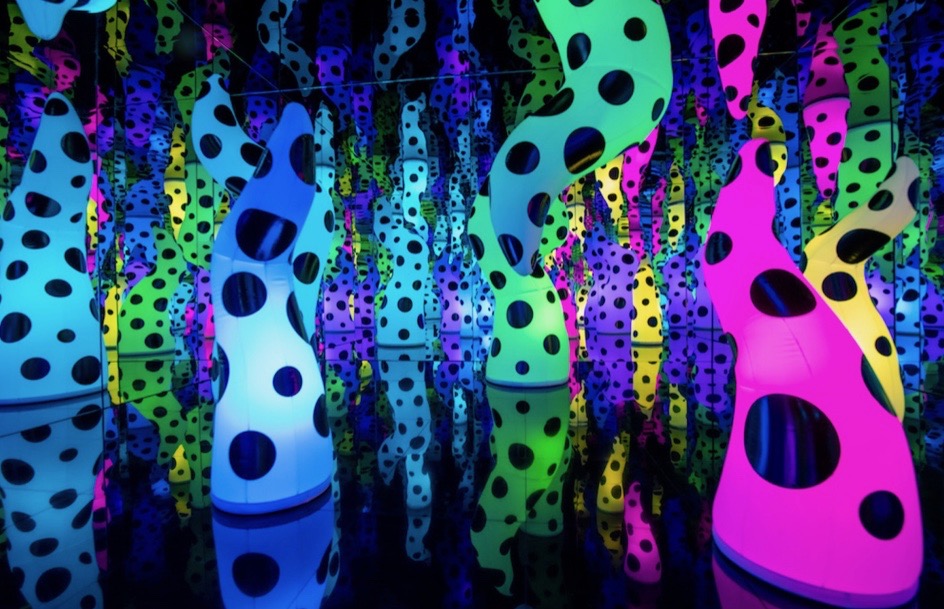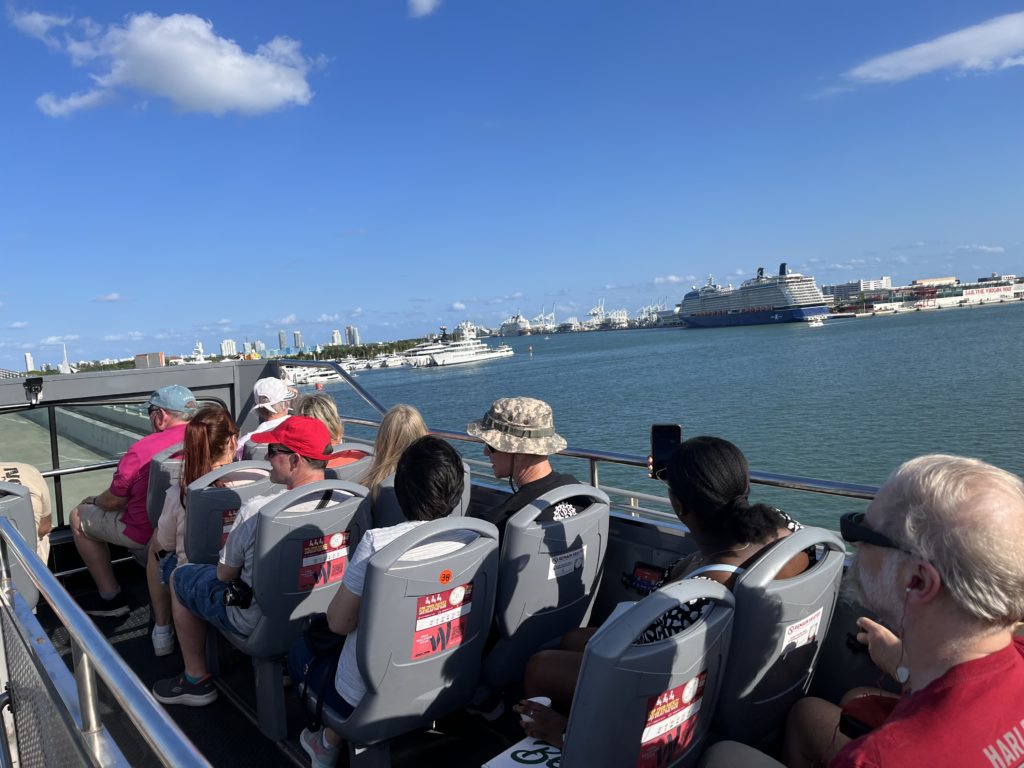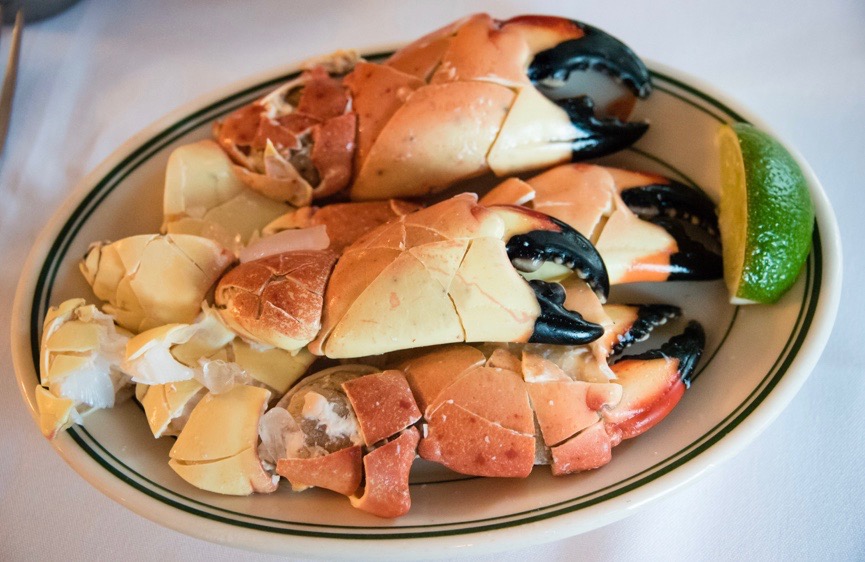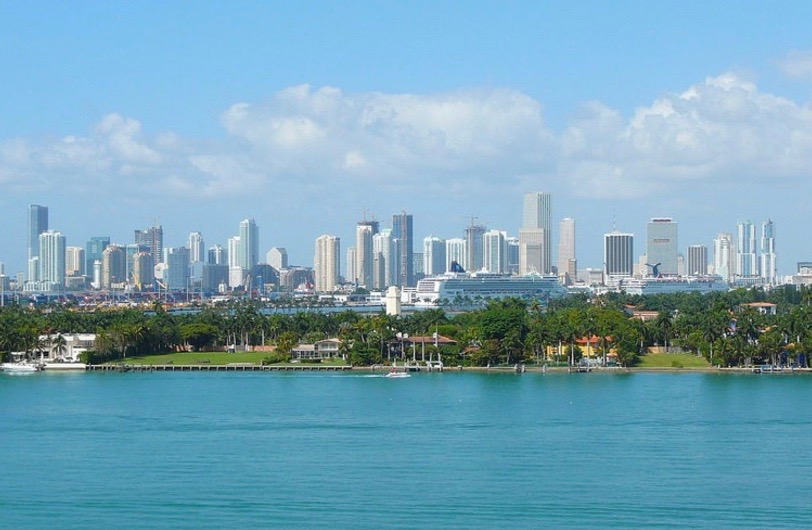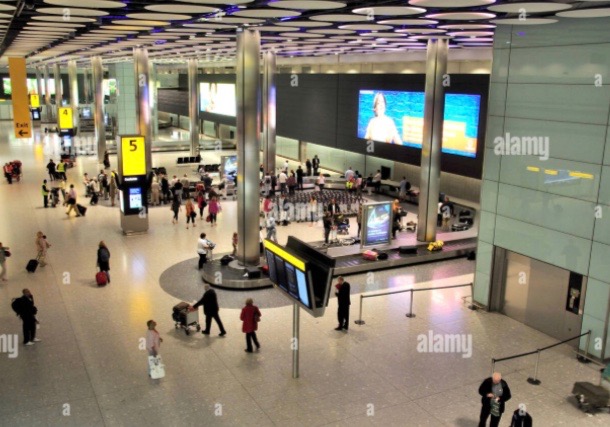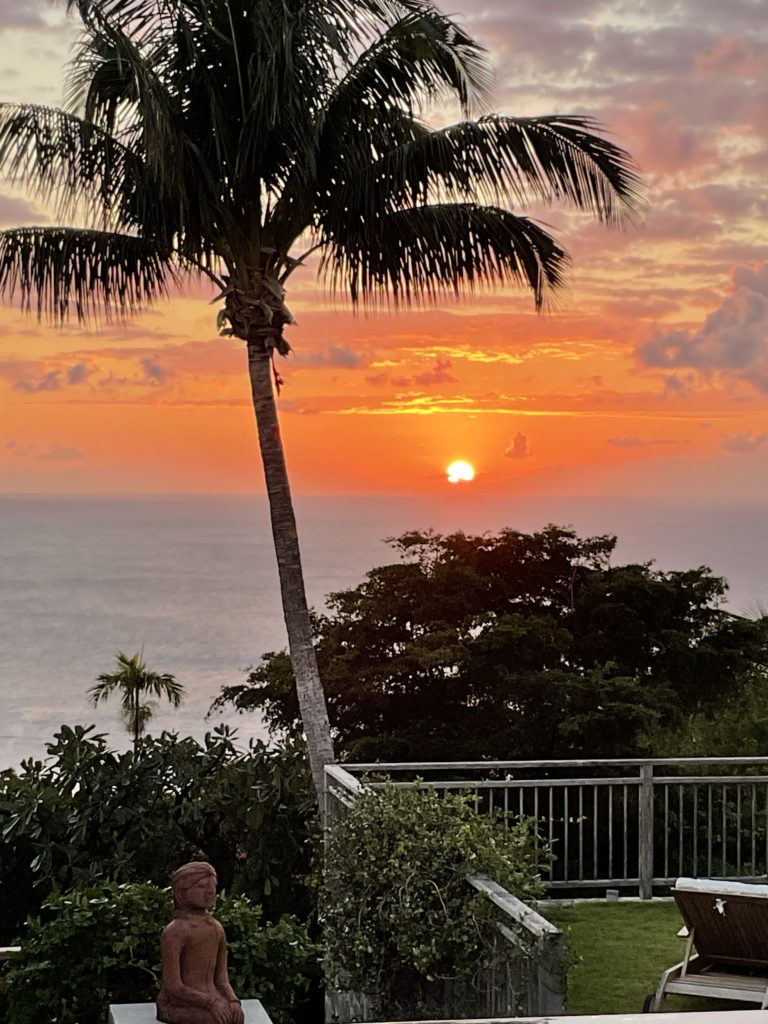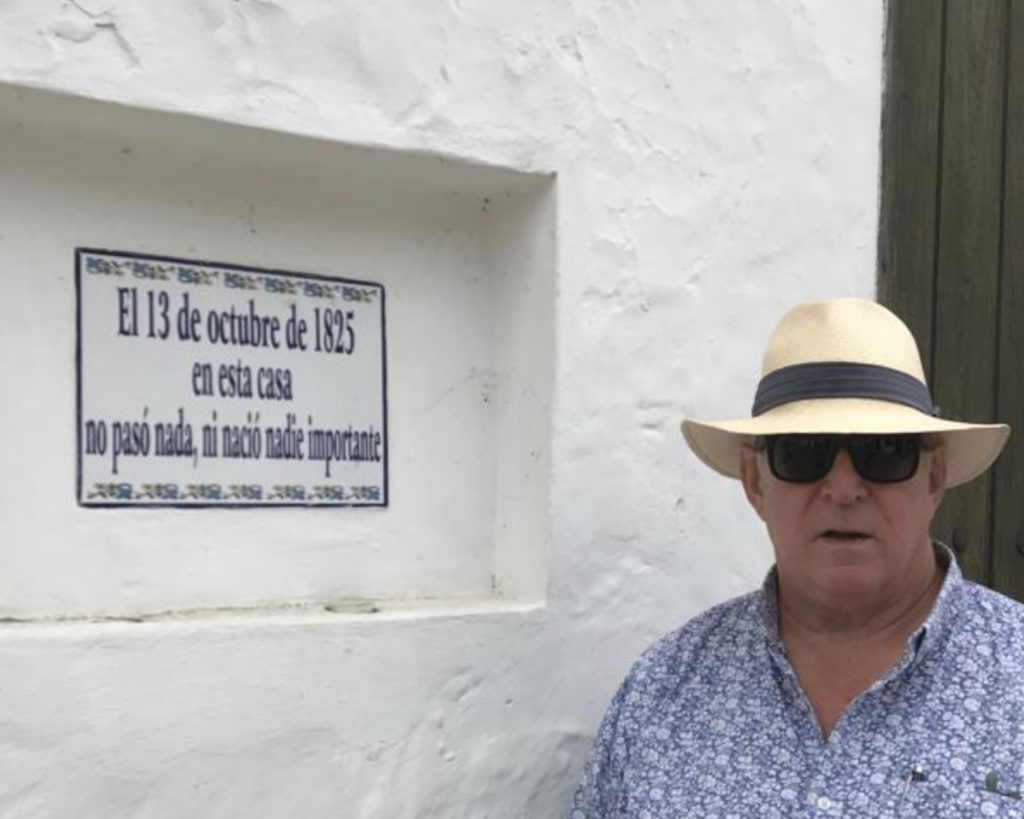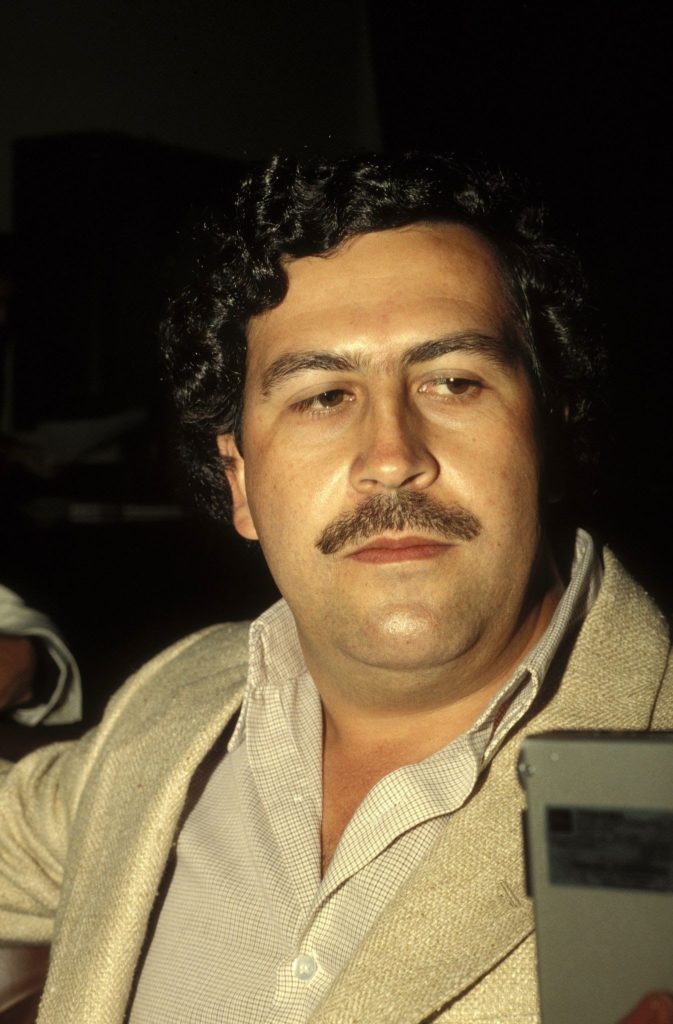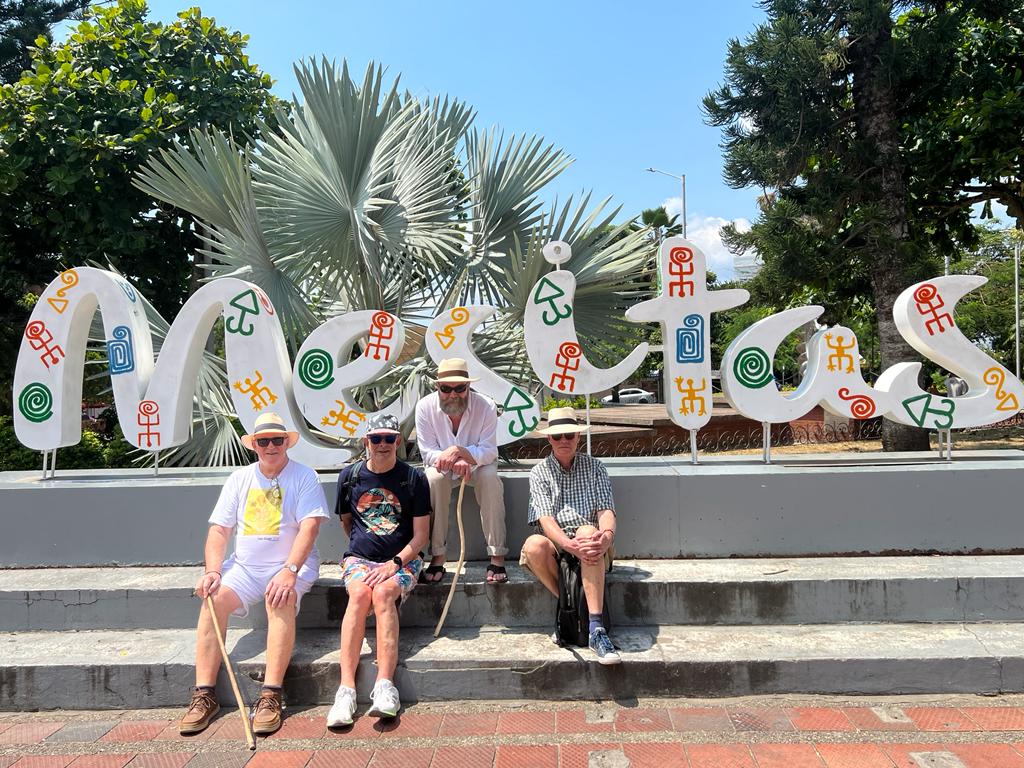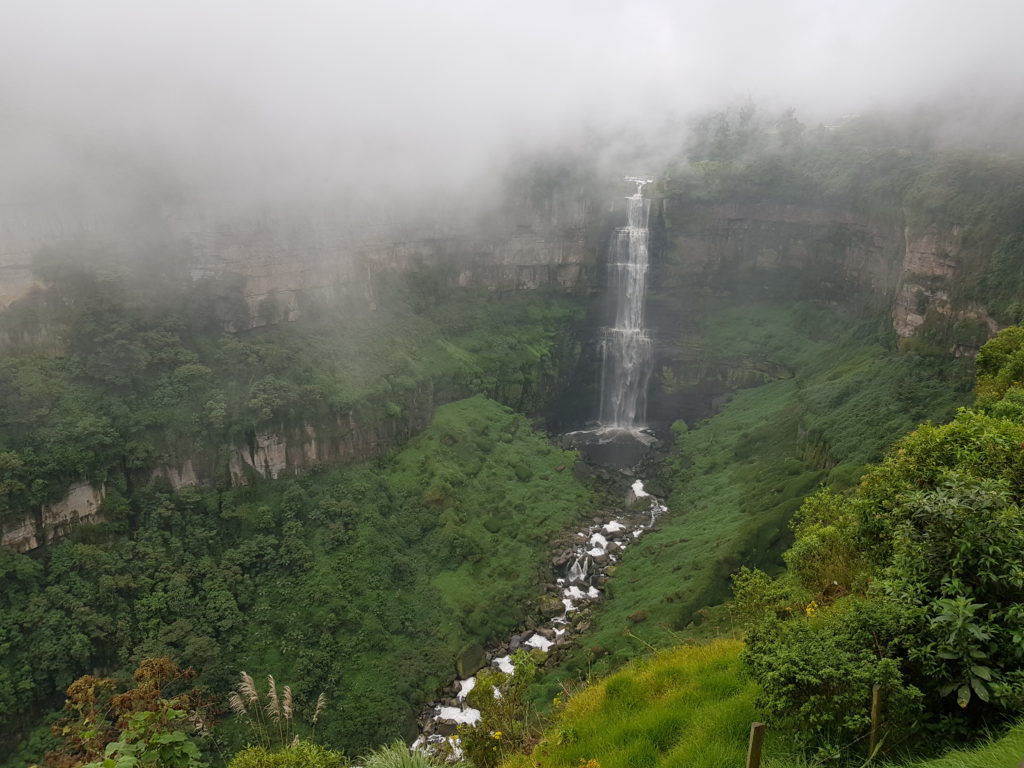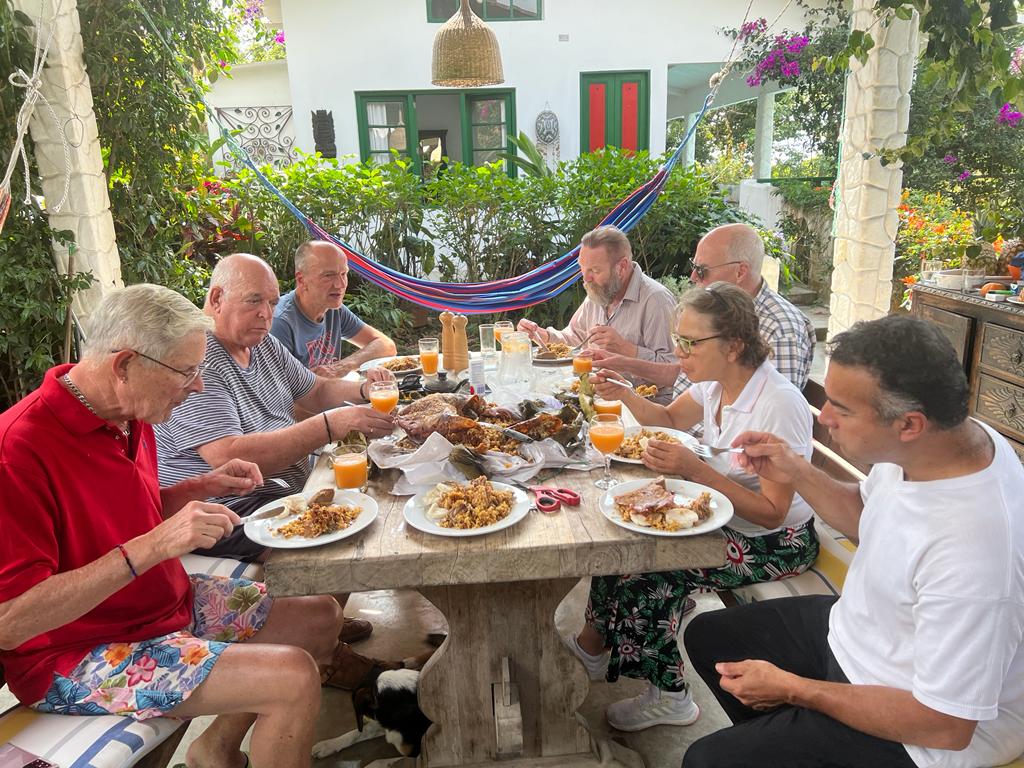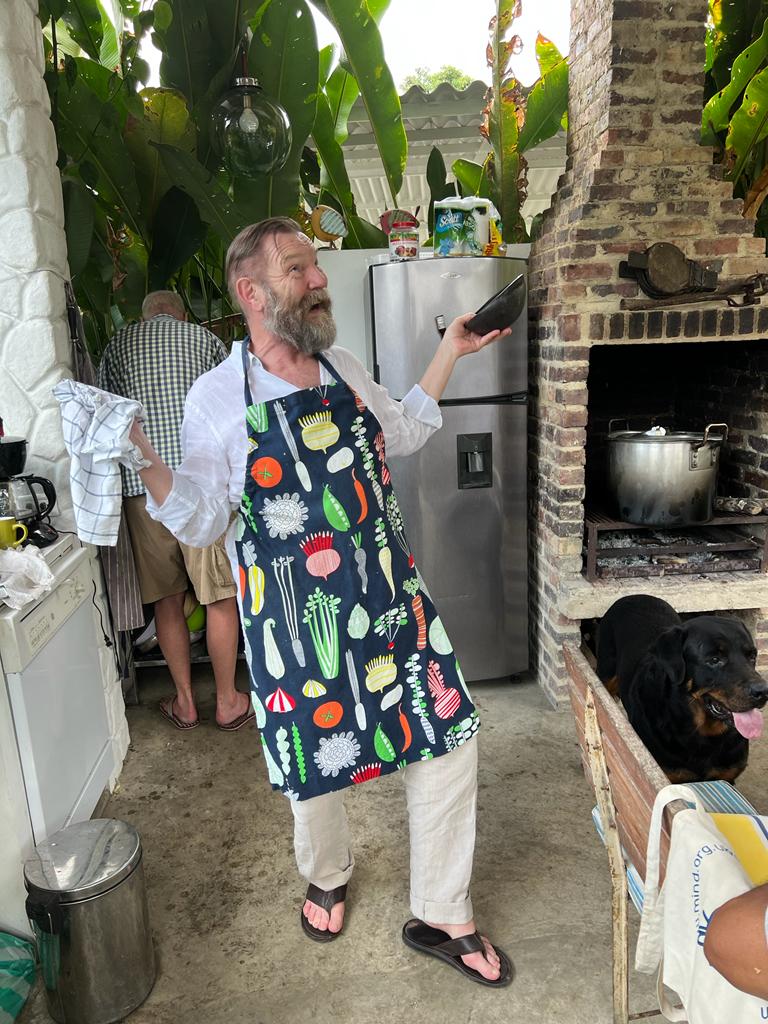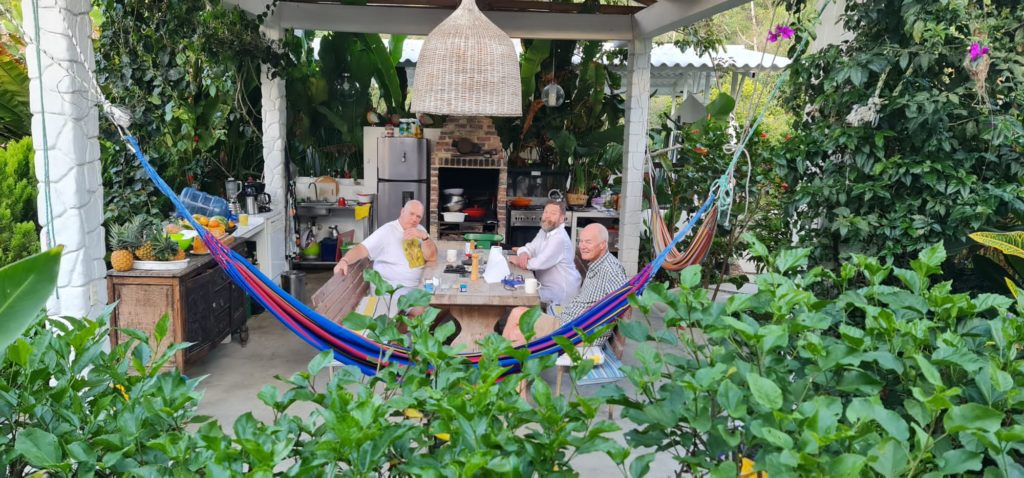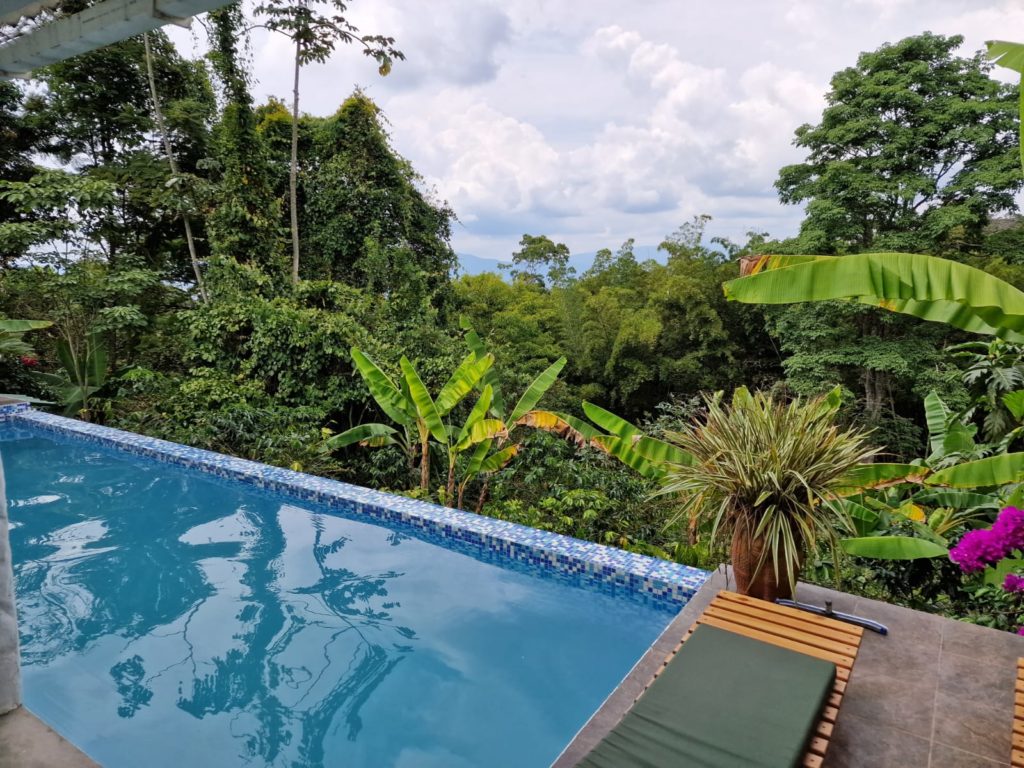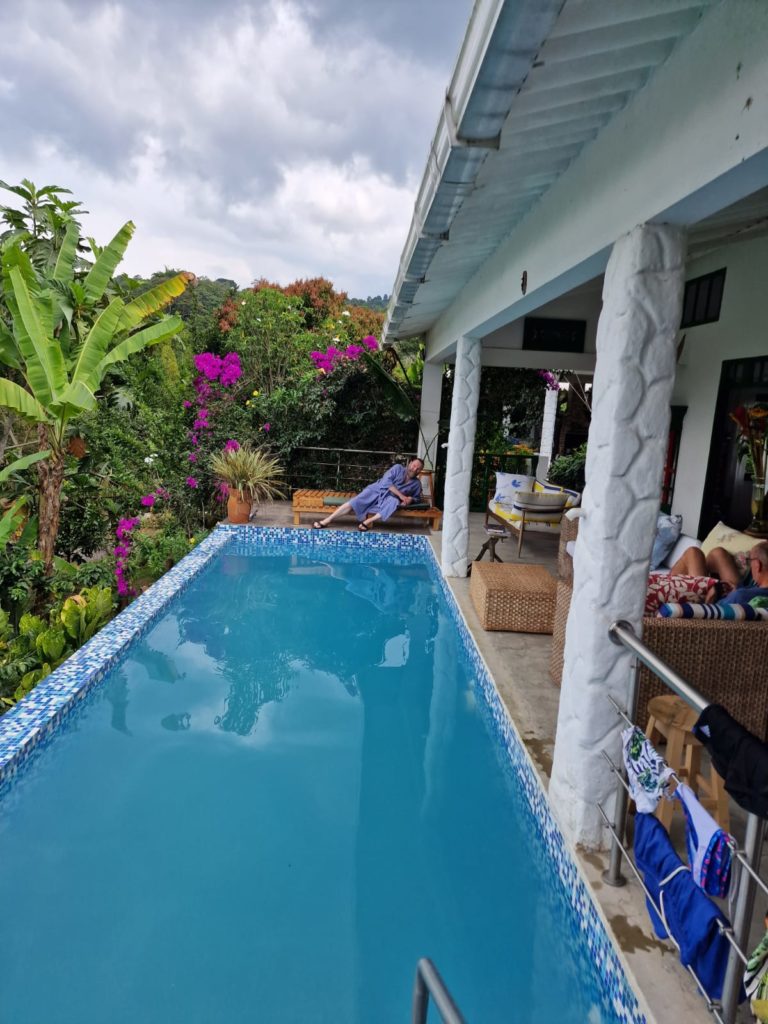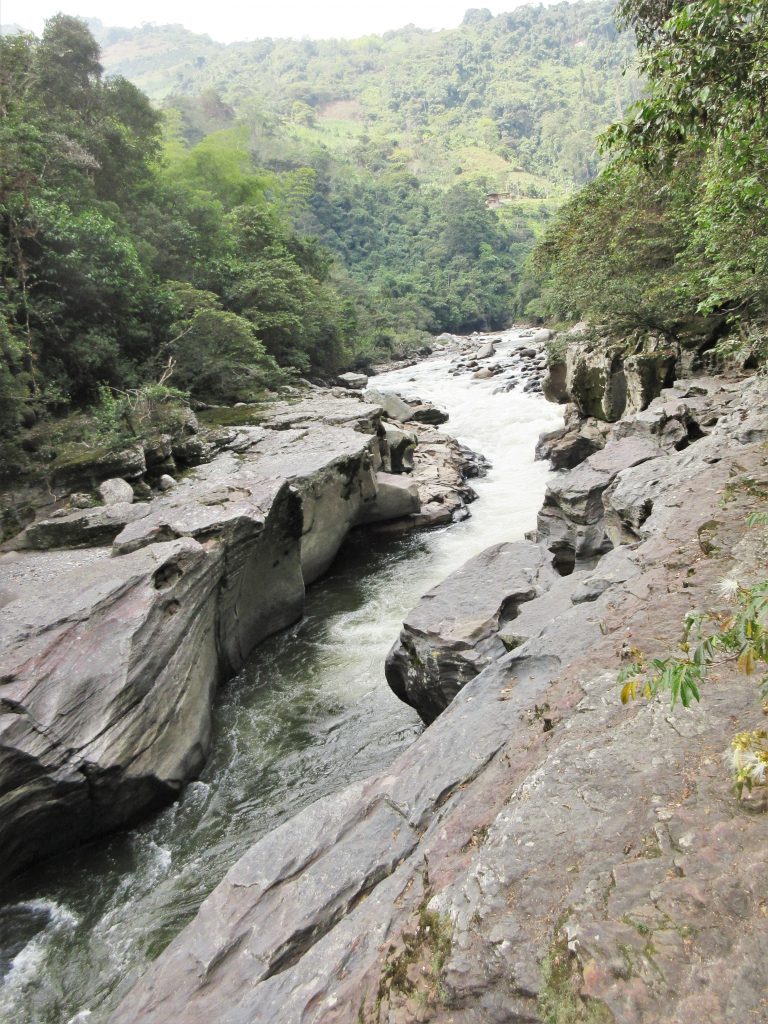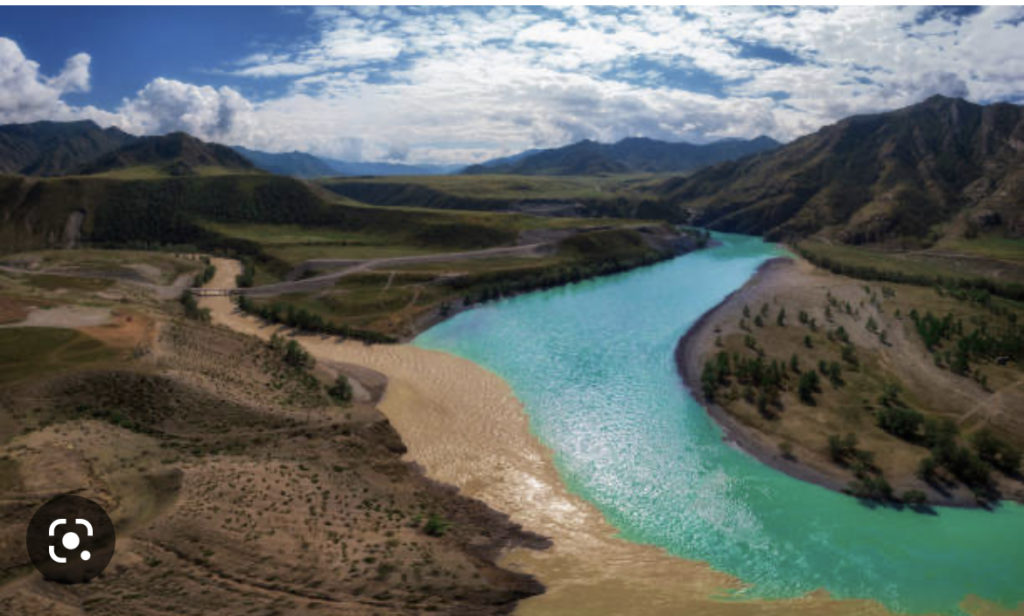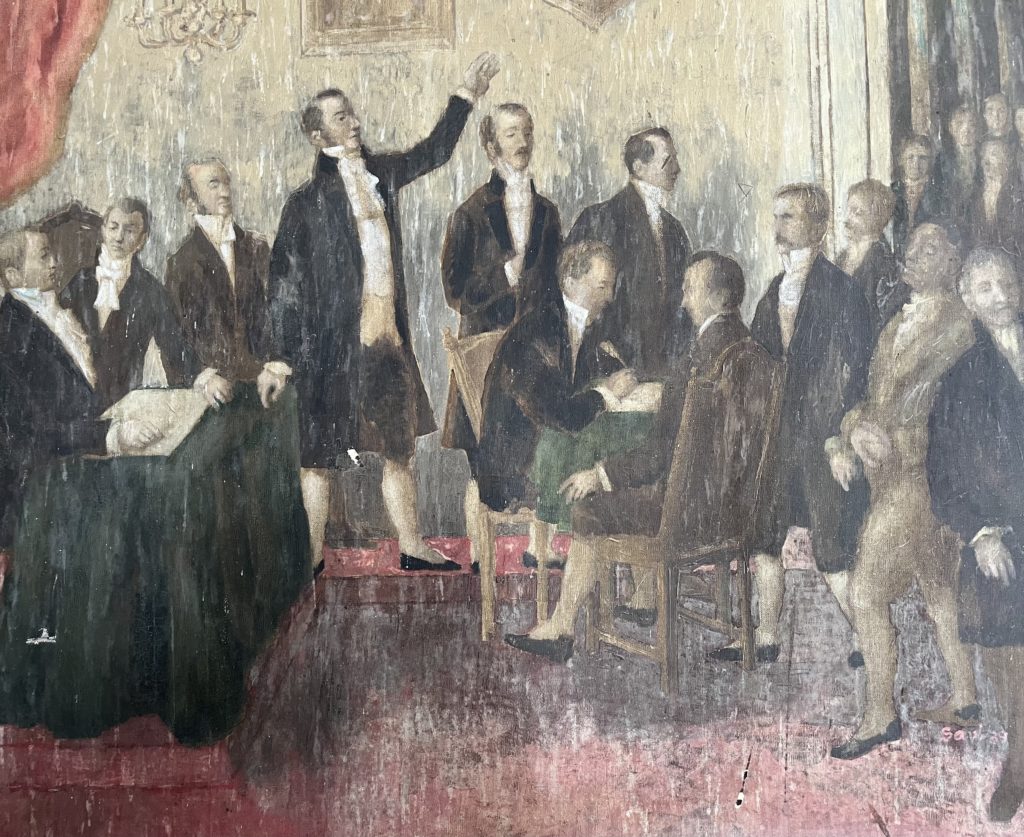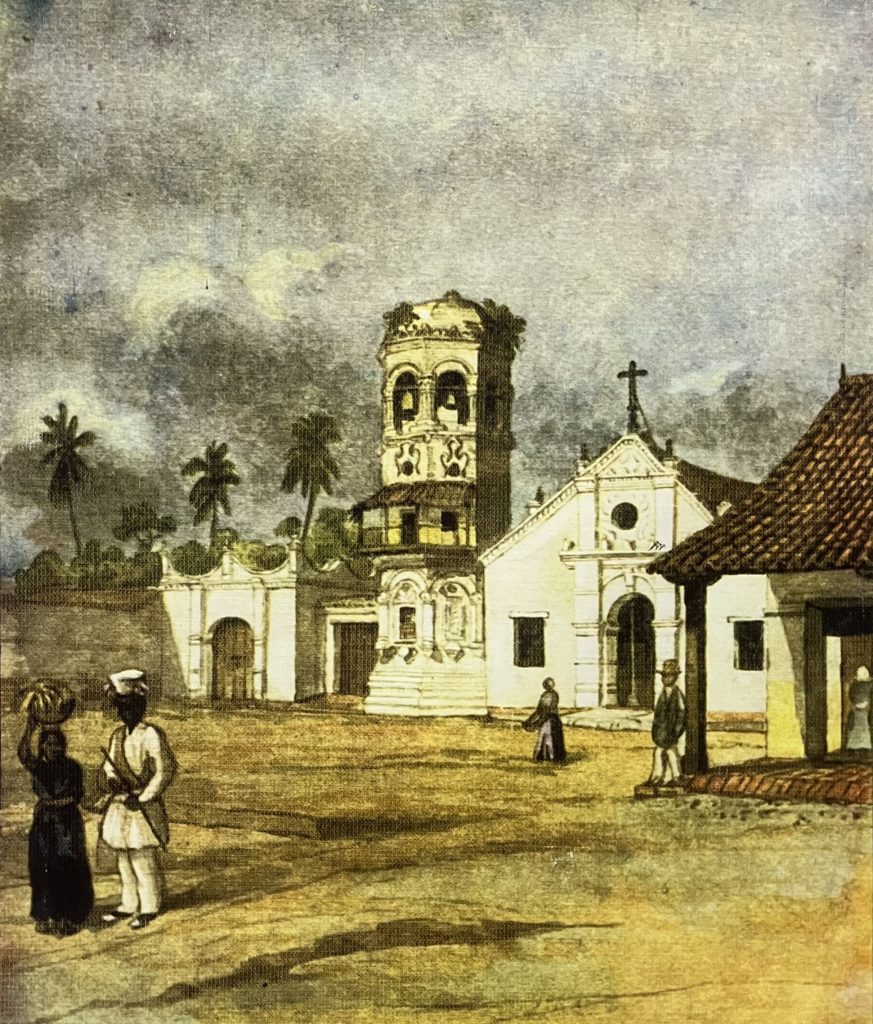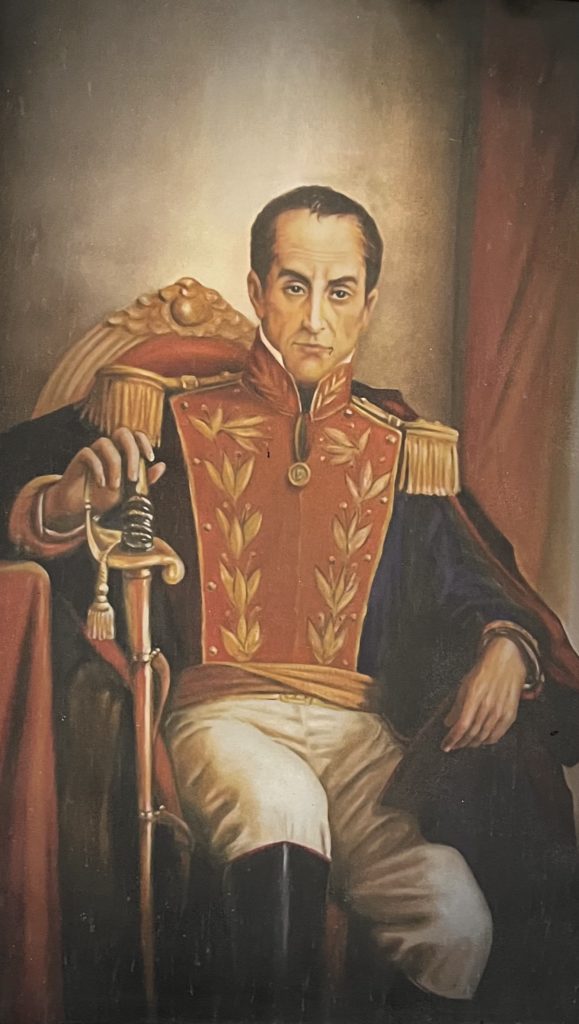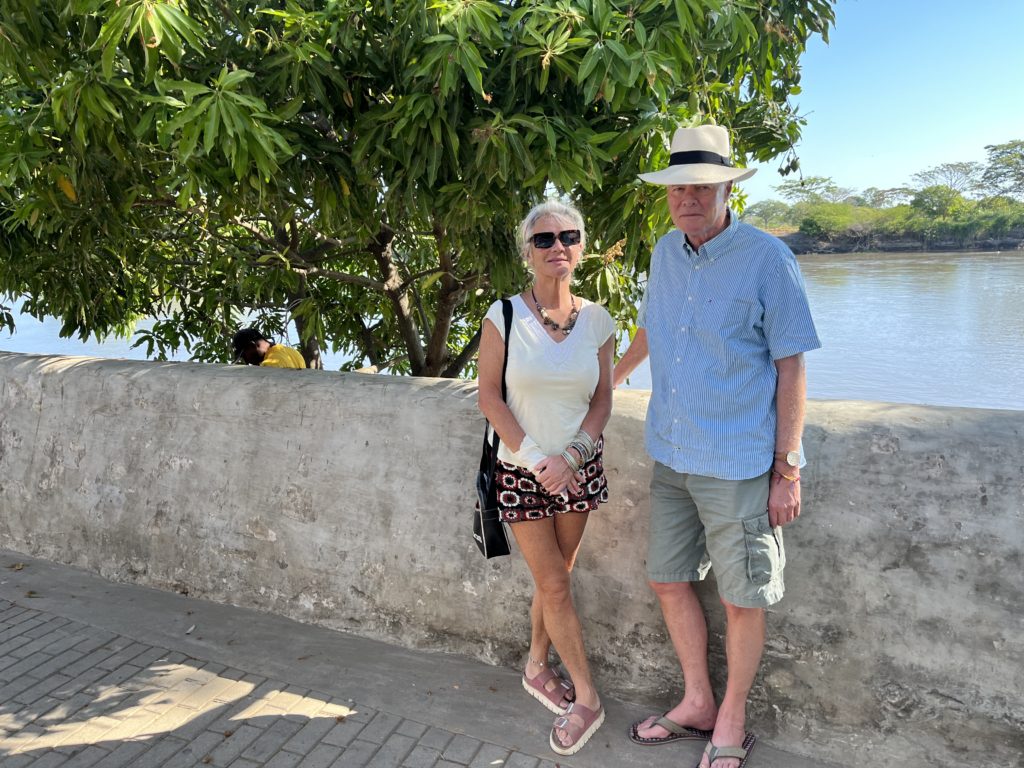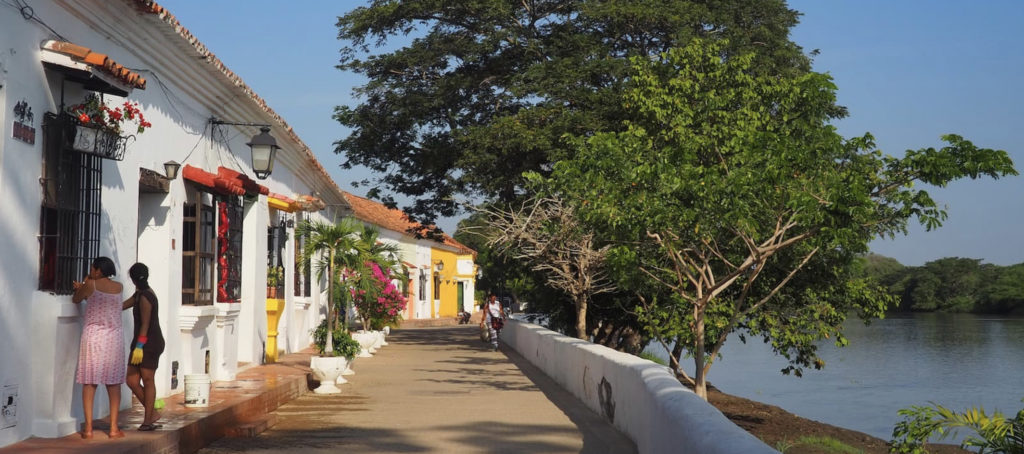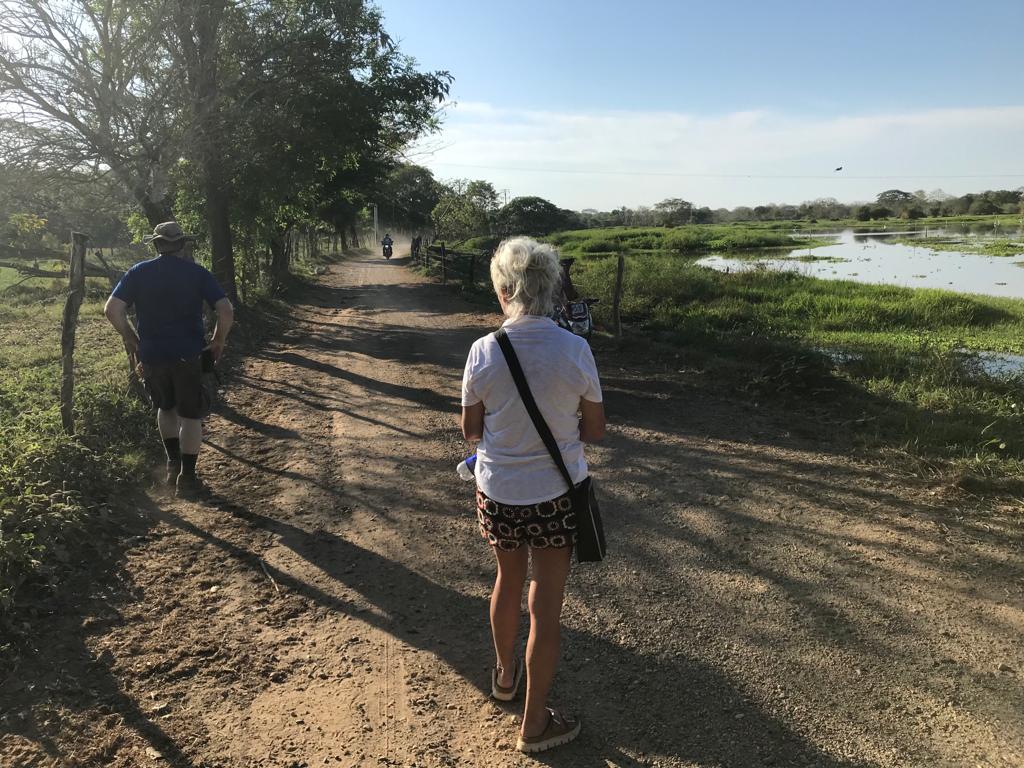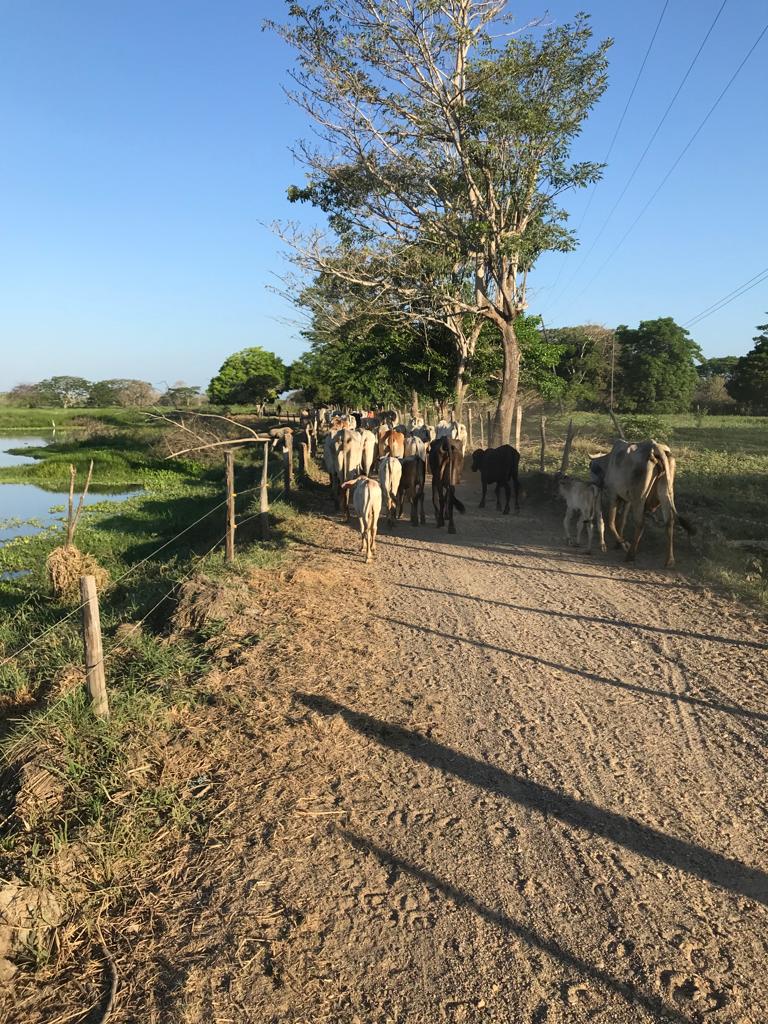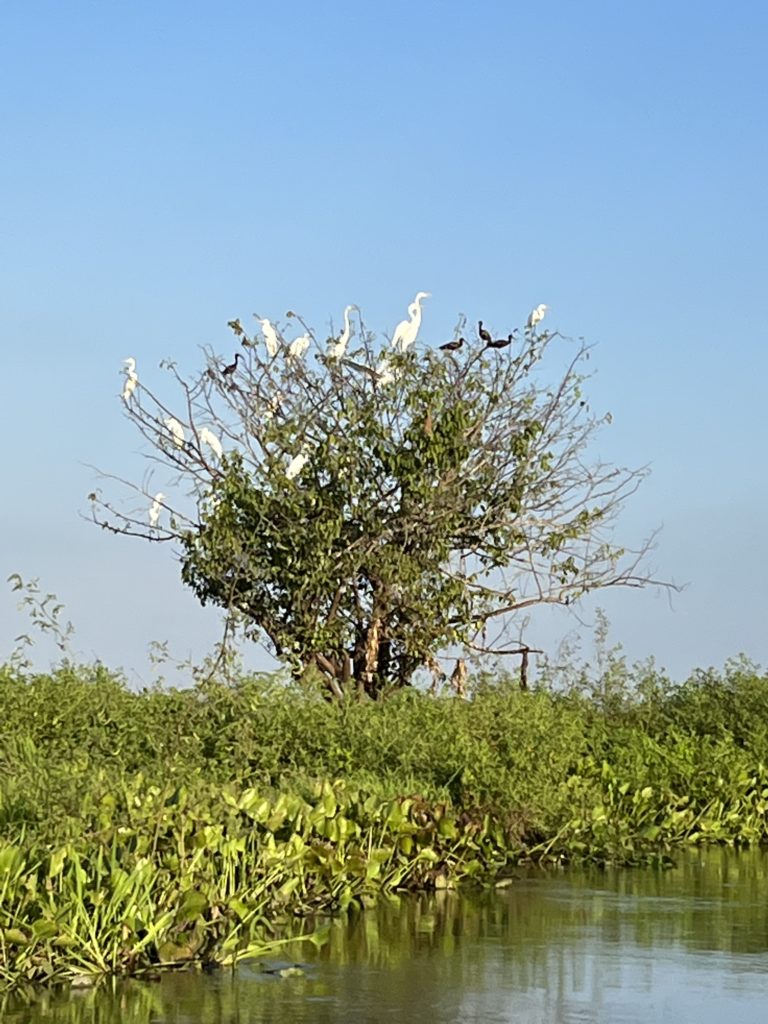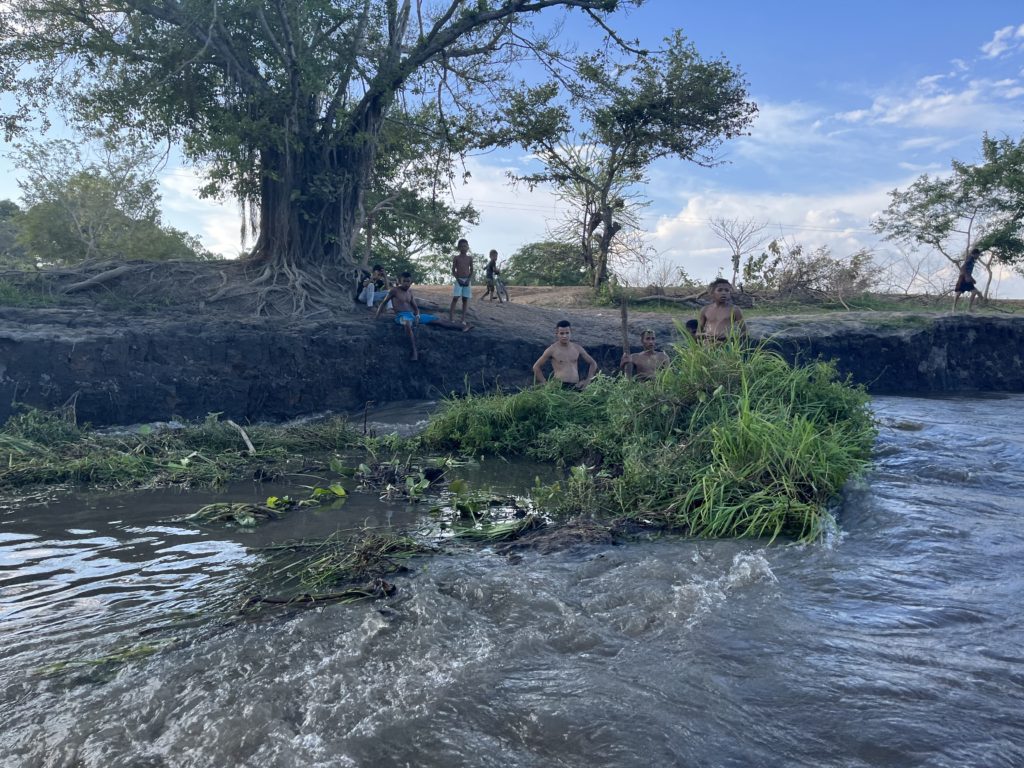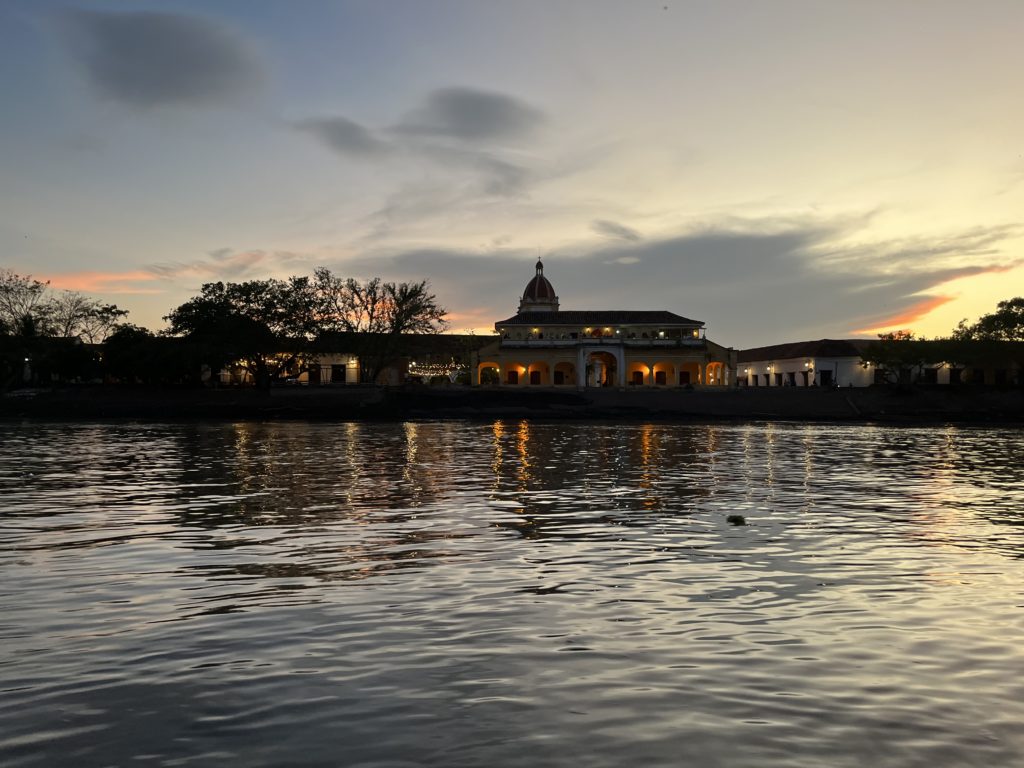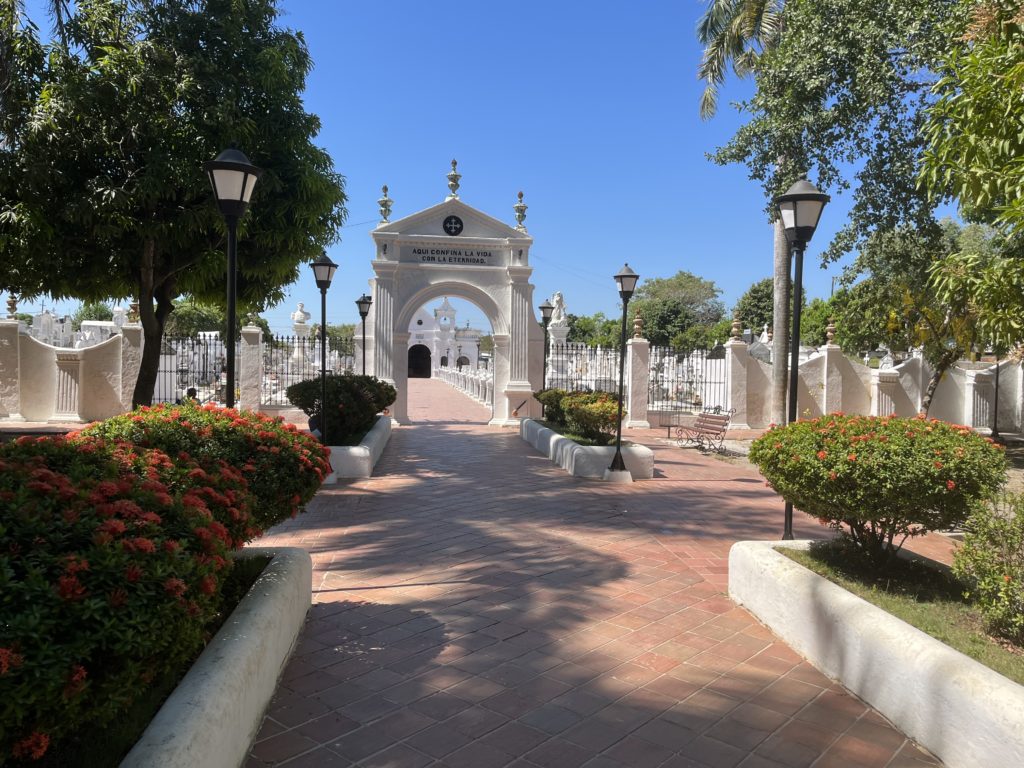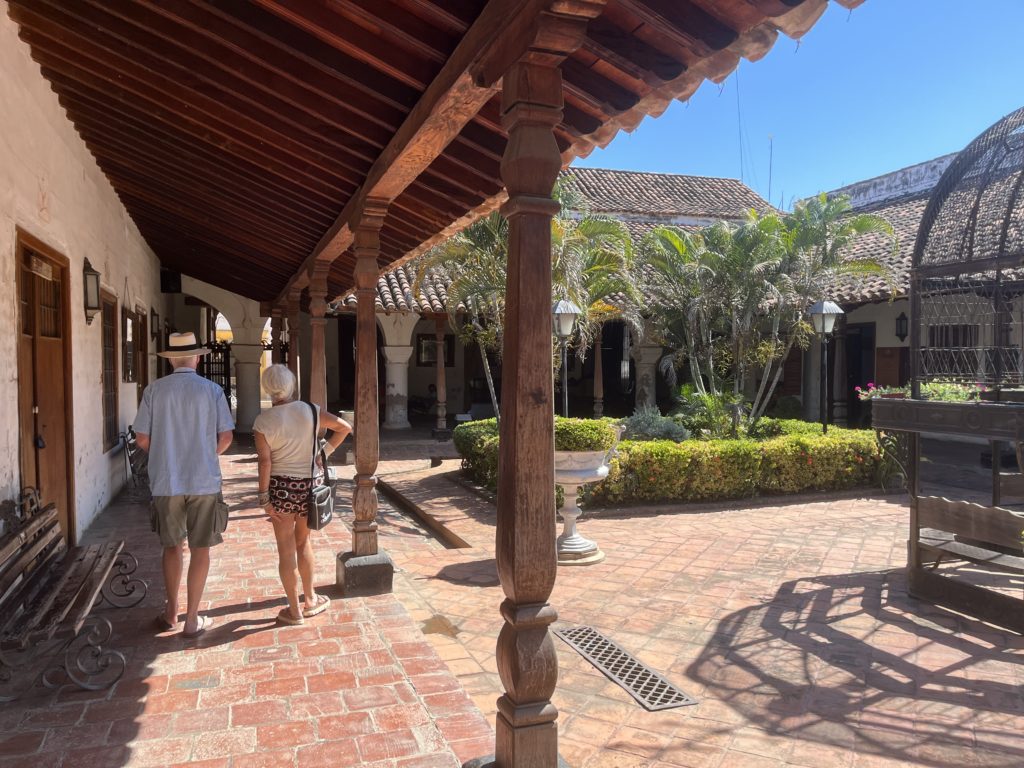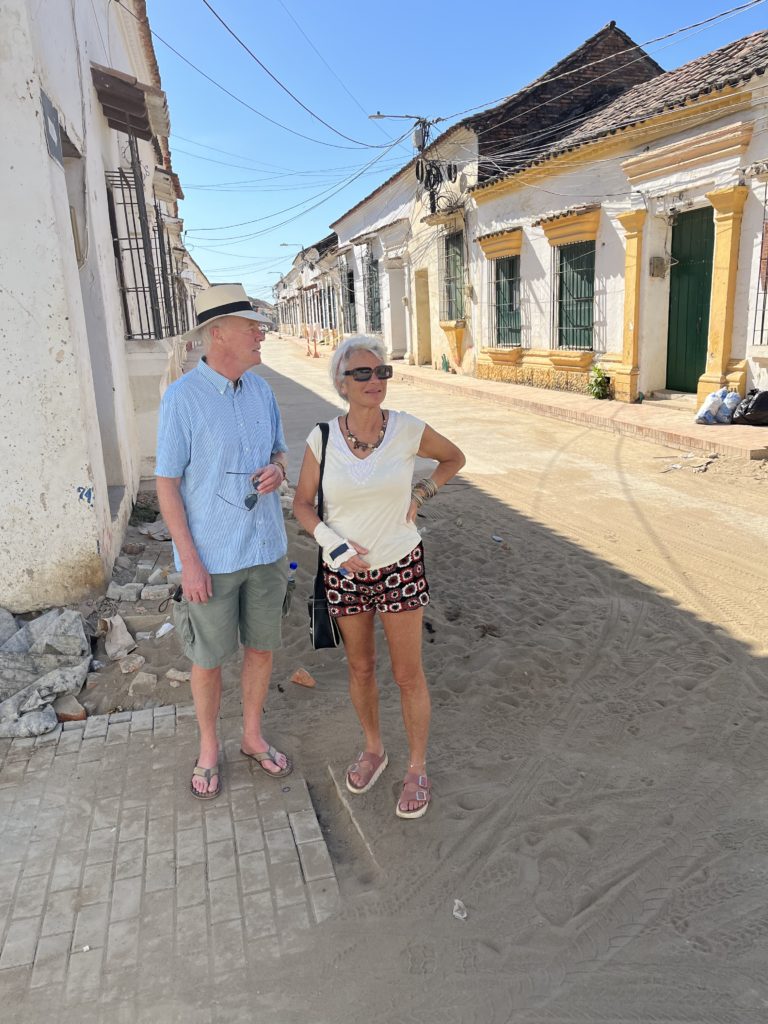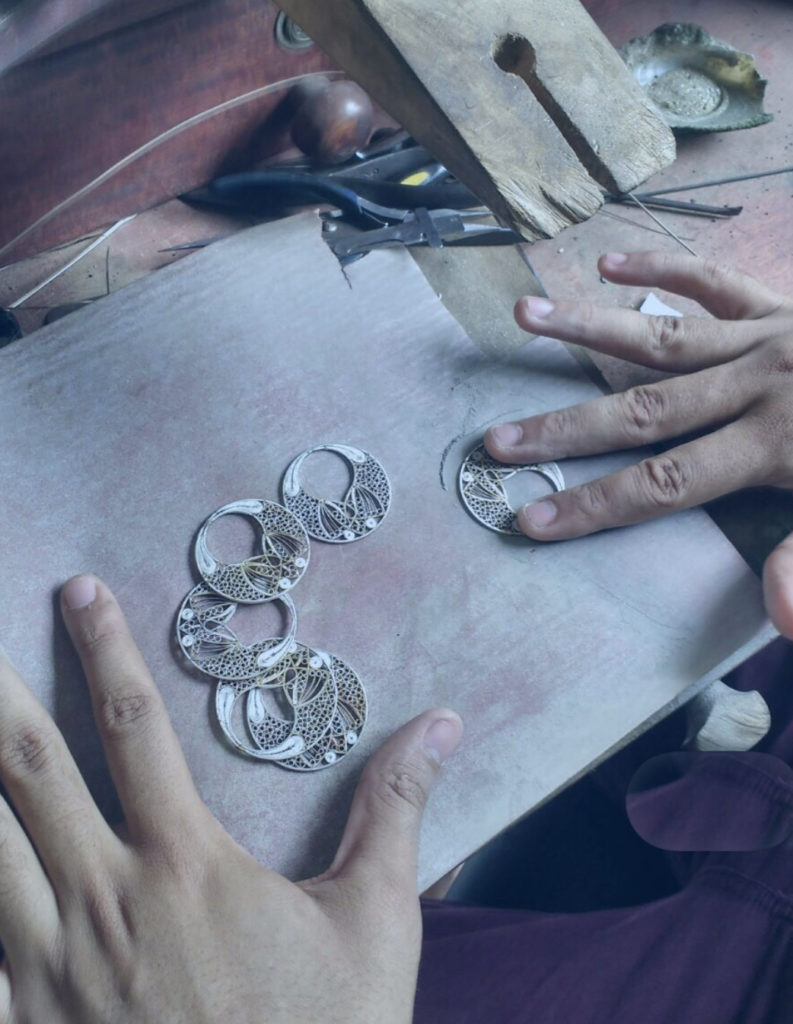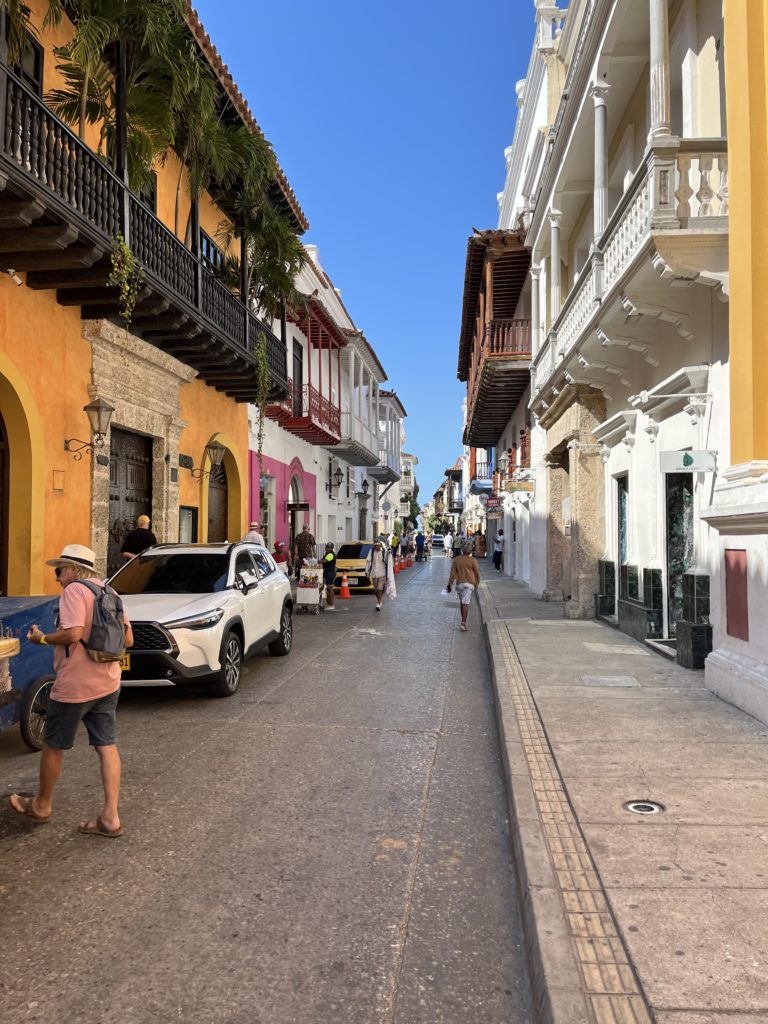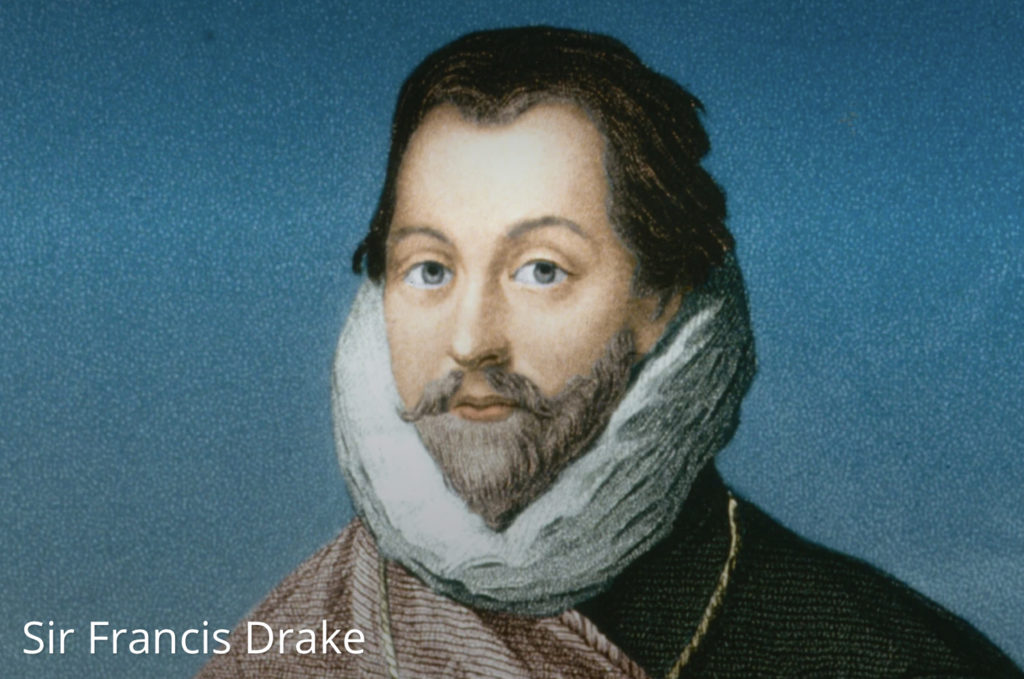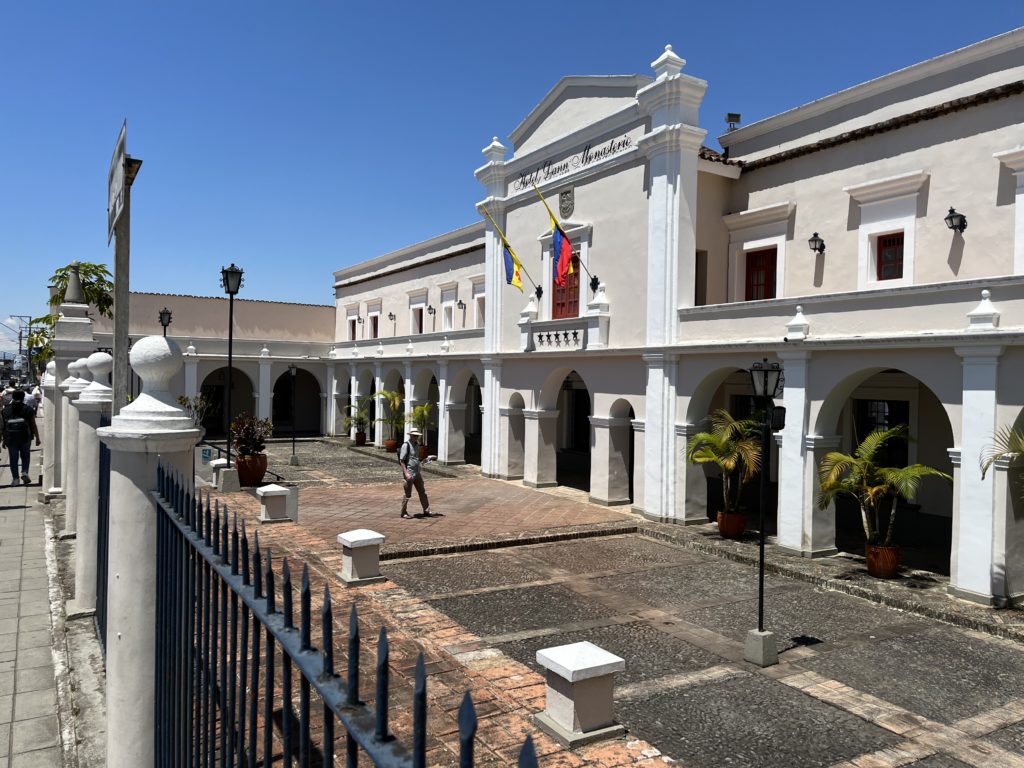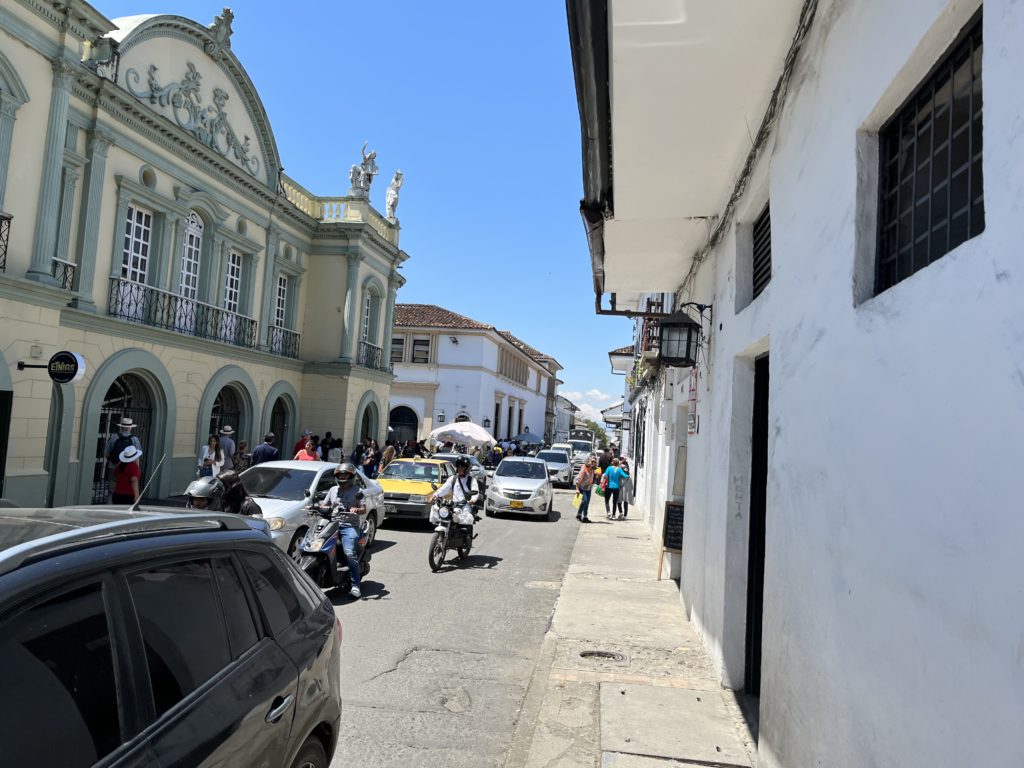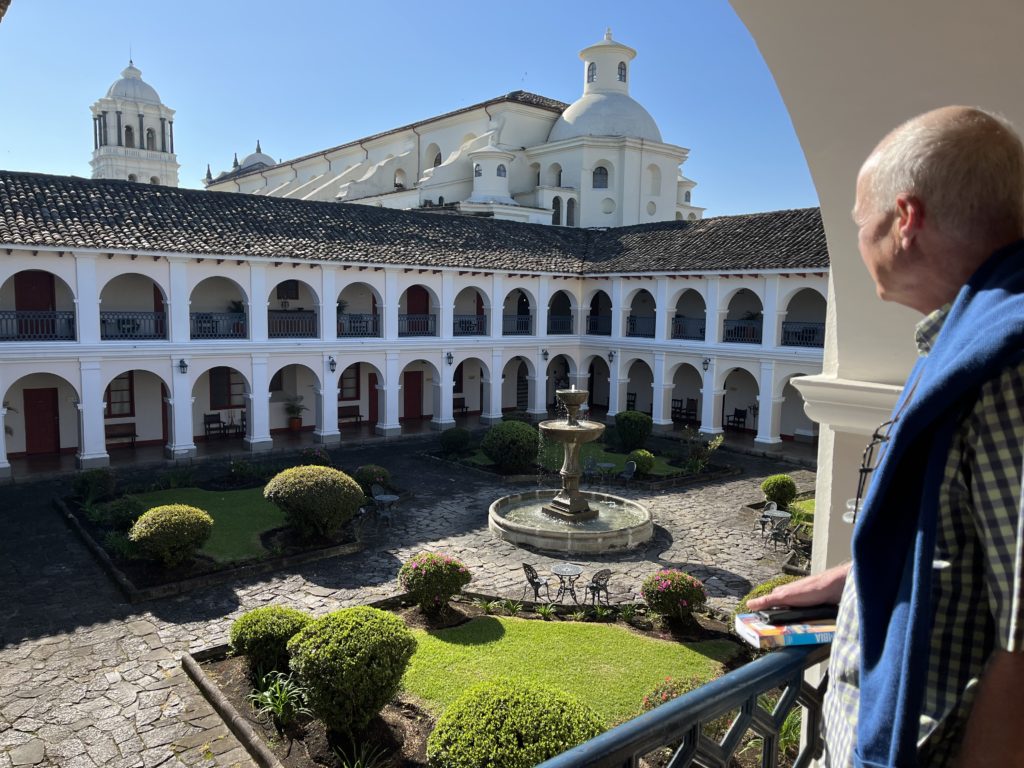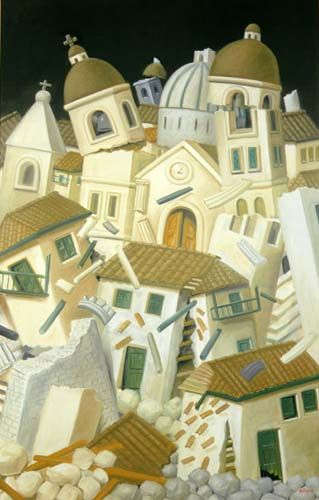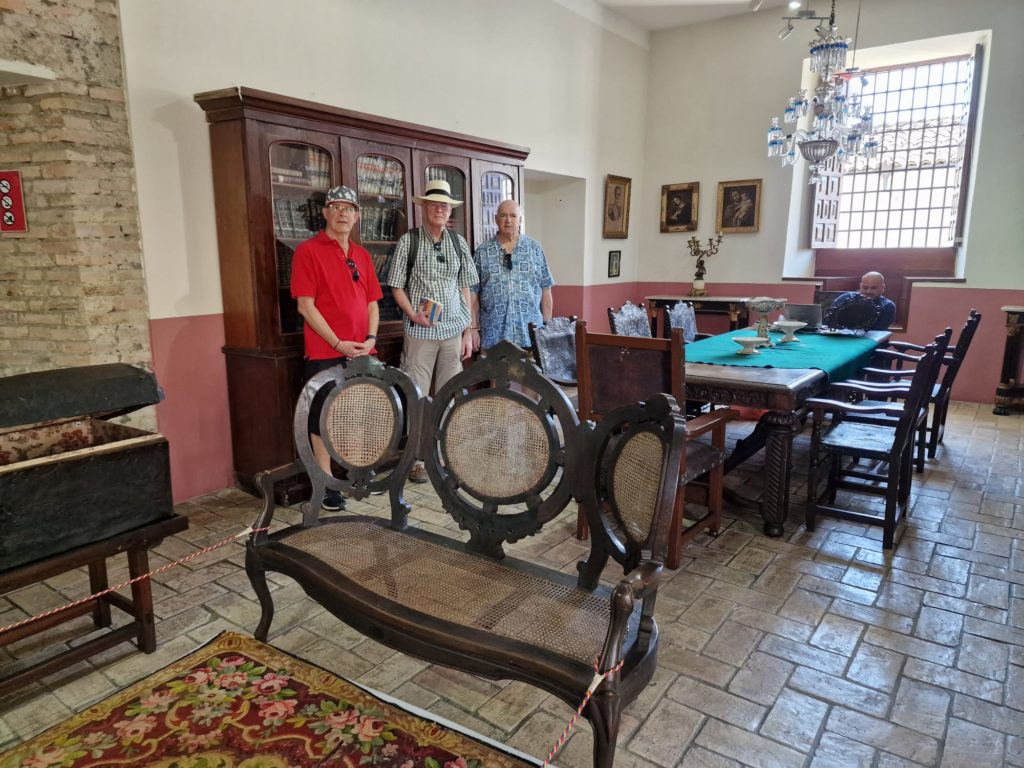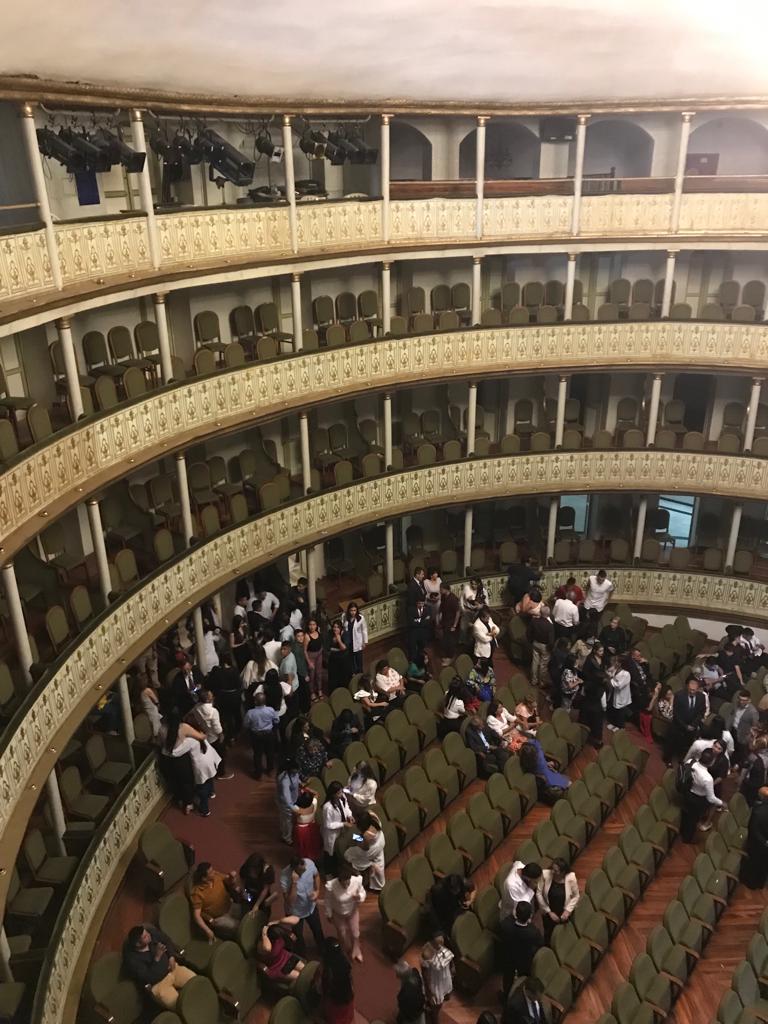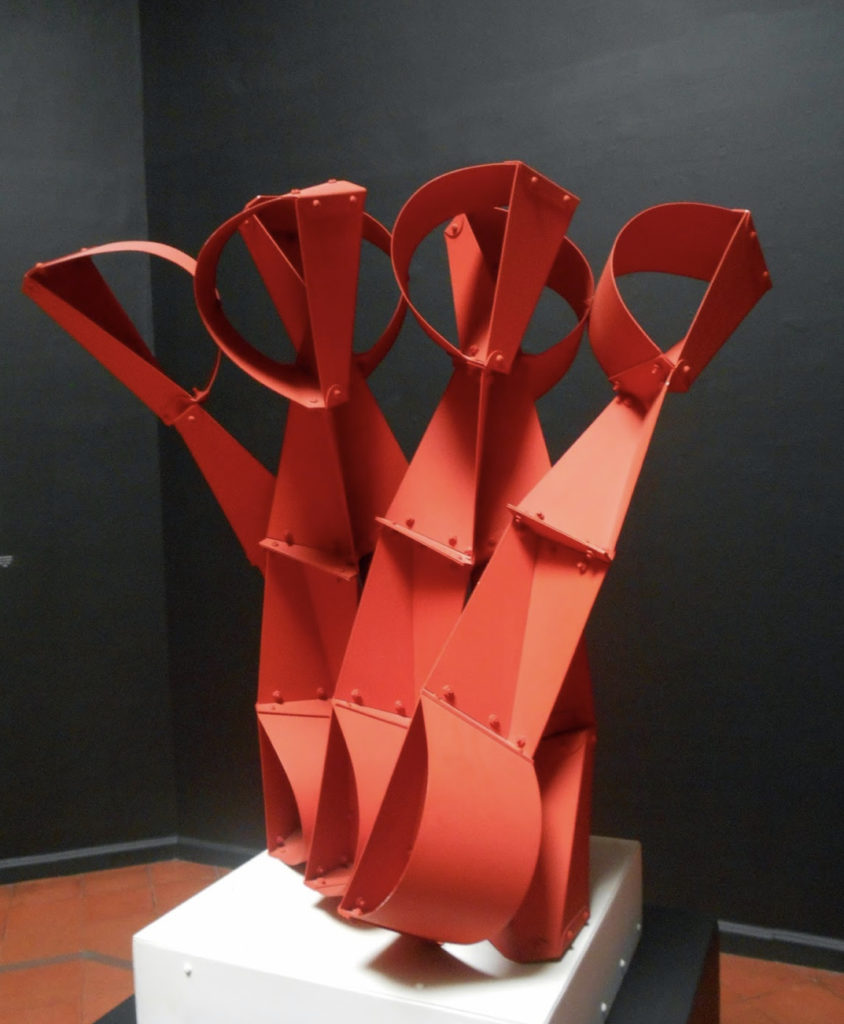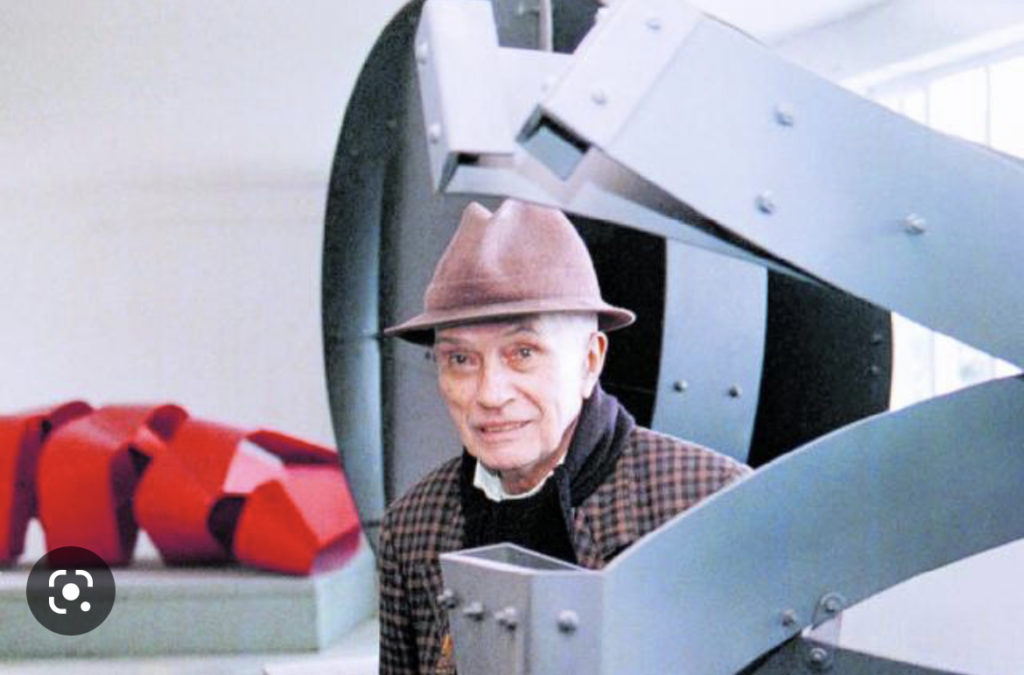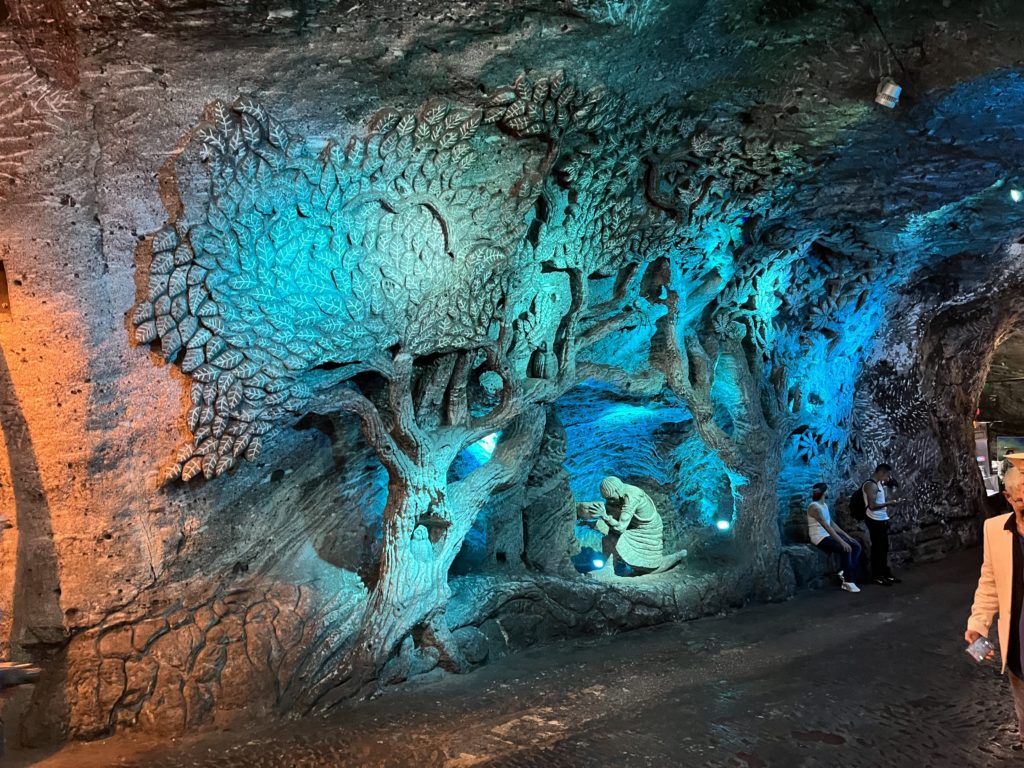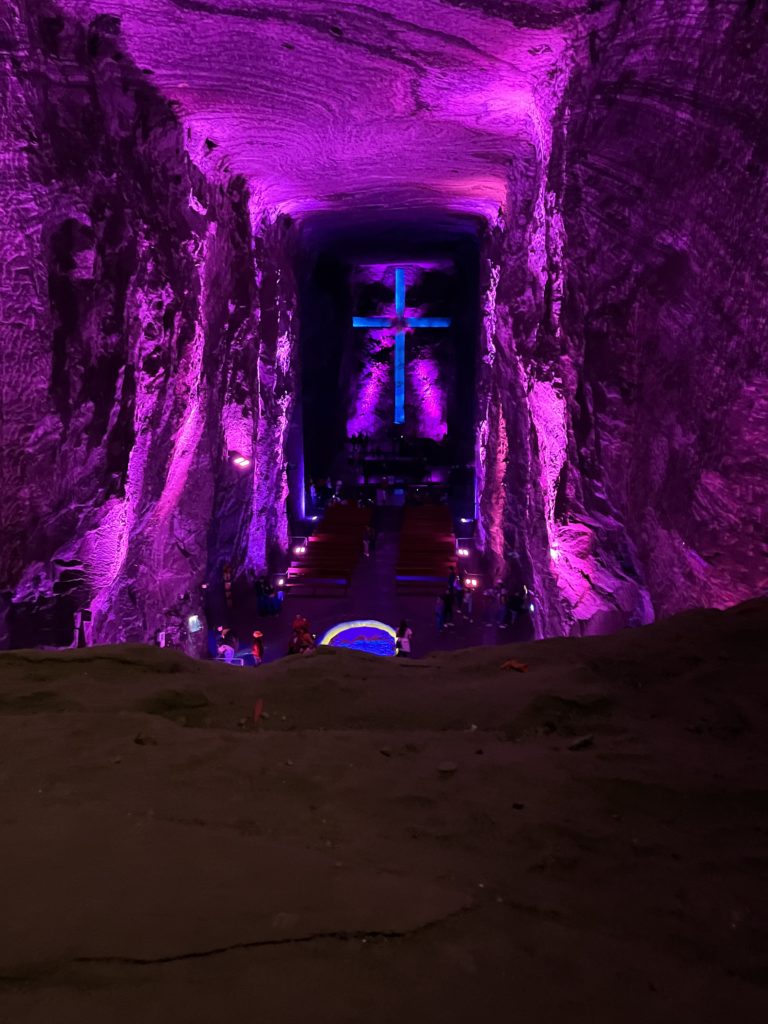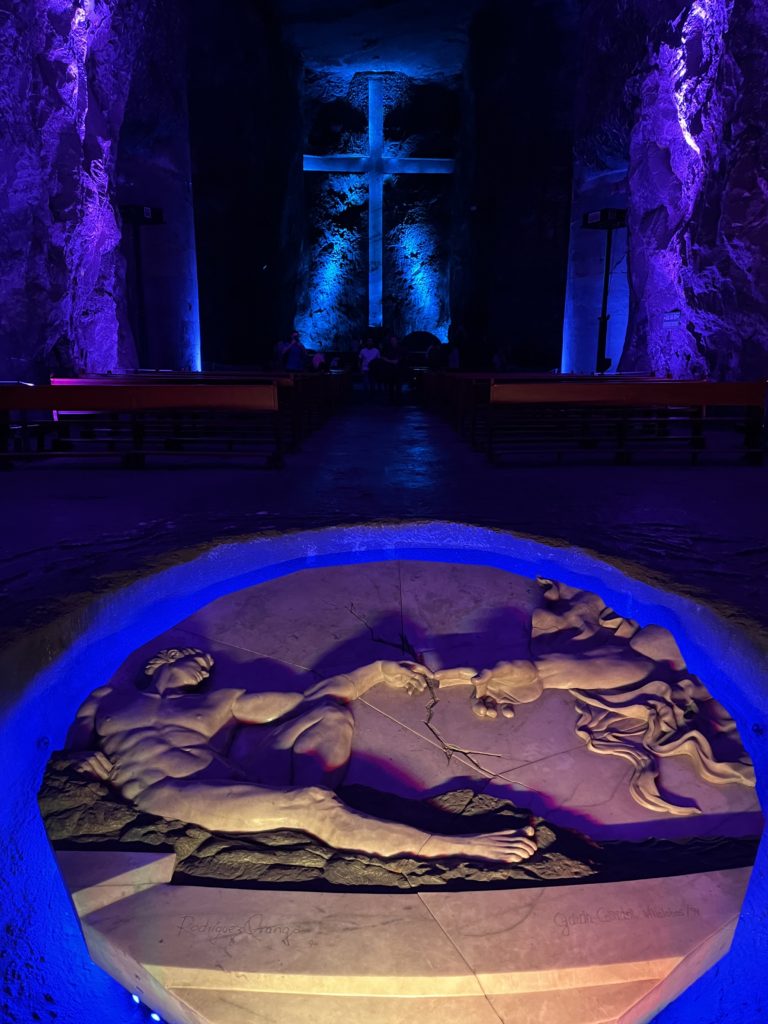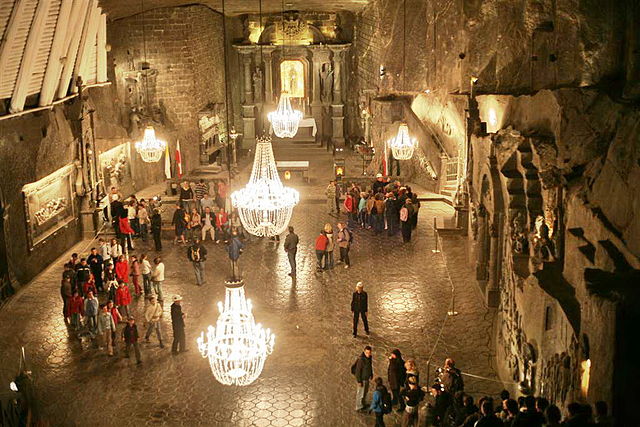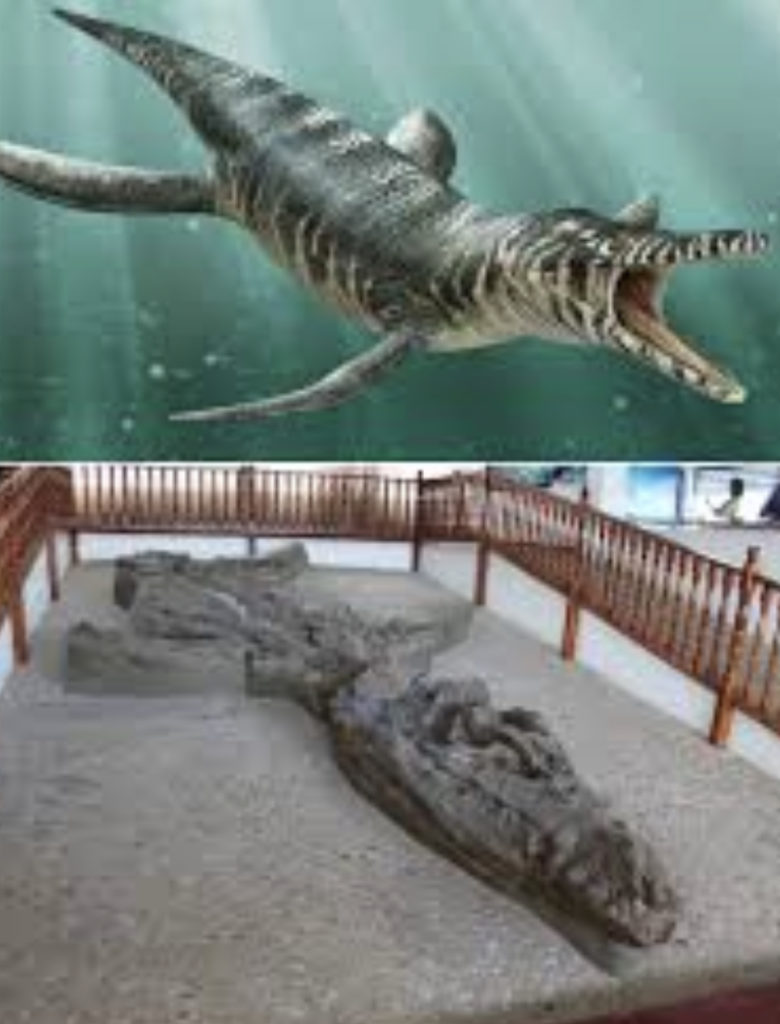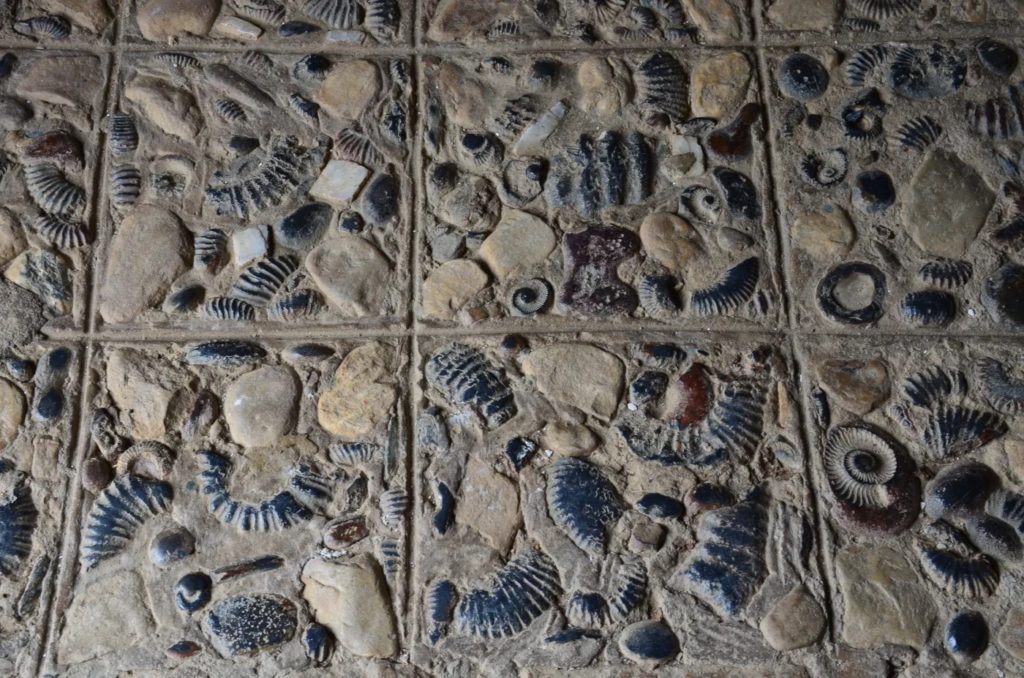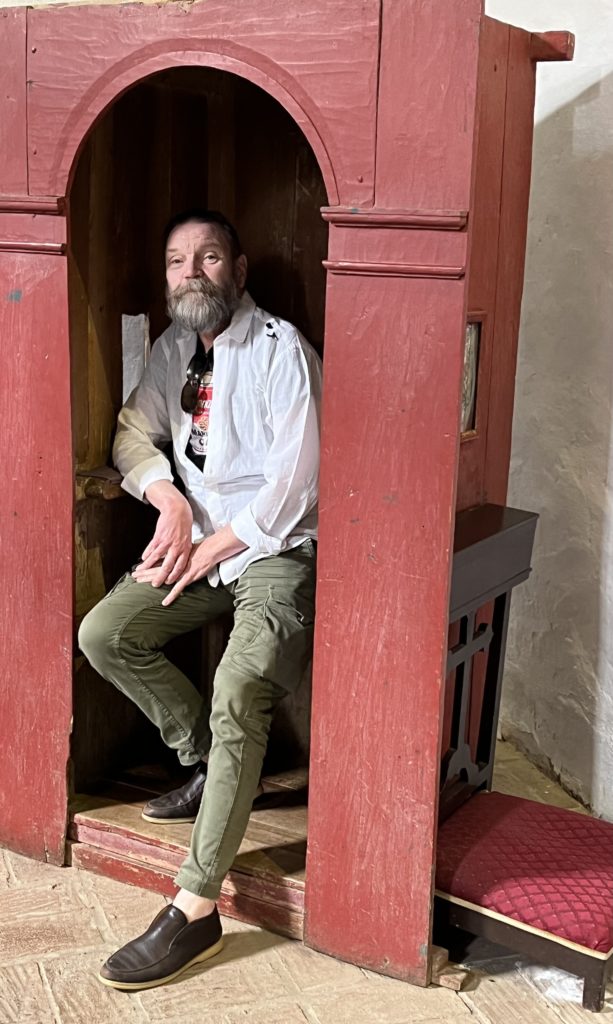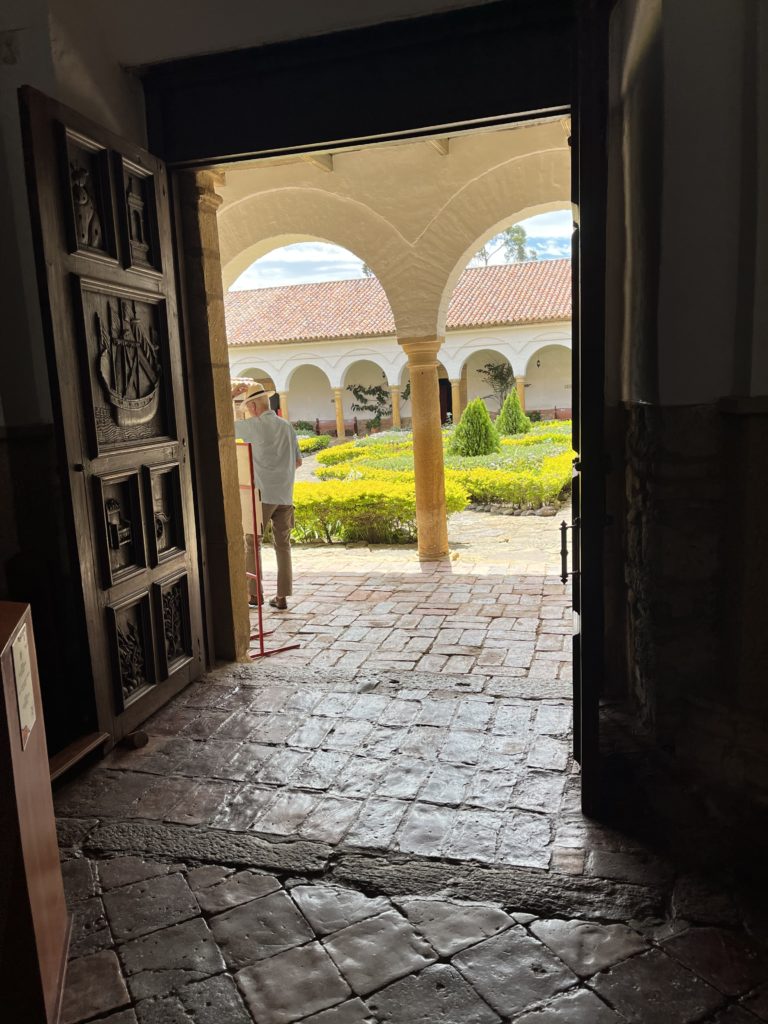
This is a green Mamba. They are found in southern and eastern Africa, and are shy, evasive creatures. It’s possibly one of the most poisonous snakes on the planet and its neuro- cardio-toxic venom is lethal.
They won’t seek out human interaction. But if cornered or confronted, they will strike.
But here is a thing:
In 1957, when I was a little boy of five or six, my father was sent from Cape Town where we lived, to Durban in what is now KwaZulu-Natal, to help run the shipping division of John.T.Rennie & Sons which, after the Suez Crisis, was expanding rapidly.
I’d never seen a snake before. My mother had of course, having lived partly in Southern Rhodesia. There are plenty there.
There are plenty in KwaZulu-Natal too, of every variety imaginable; and they terrify me.
My father and mother found a beautiful house in Kloof on the escarpment, facing east towards Durban and the sea, which could be clearly seen twenty miles away. They made a garden out of the large tropical grounds, much of which sloped to the edge of the kranz plunging a thousand feet to a wild valley.
It was a beautiful place, Casetta Rondini, so named by the owner builder, Noël Hobbs, an Italophile from London, and Professor of Architecture at Durban University: Swallows House because of the annual arrival and departure of the migrating swallows that built their mud homes under our eves and dipped in and out of the swimming pool morning and evening during the hot humid days of summer.
A big pantechnicon arrived one day from Cape Town and all our furniture was brought into the house. We moved from the Moorlands Hotel and came to our new home in Peace Road, Kloof along by the golf course.

One morning I was with my mother in the kitchen watching her tenderise some steaks with one of those little wooden mallets. I could just see over her arm, past the counter and into the dining room a few feet away where my little brother, David, not much more than seven or eight months old, was happily googlygurgling away with some toys and that is the moment vividly imprinted on my mind.
That is not my mother, nor brother David but the dining room and the playpen looked exactly like that.
Towering over him was this enormous green snake it’s head in the classic raised position that I later learned meant it could be none other than a Mamba. To this day the memory chills me.
My mother saw me looking, turned and in an instant became a shrieking banshee.
With the ridiculously inadequate tenderiser-mallet, a short handled affair, she ran to the dining room with every protective, maternal instinct on high alert.
David was afflicted with polio and could not stand up, something at that age that, anyway, babies find difficult to do unaided.
Thank goodness. Had he moved or reacted with fear things may well have ended differently; but my mother’s shrieking appearance distracted the snake which turned and slithered at lightening speed across the carpet and out through the French doors into the rose garden, never to be seen again.
This is not David either, nor is that a Mamba. It looks like some sort of constrictor. David was unable to stand like that either. It’s a stock photo.
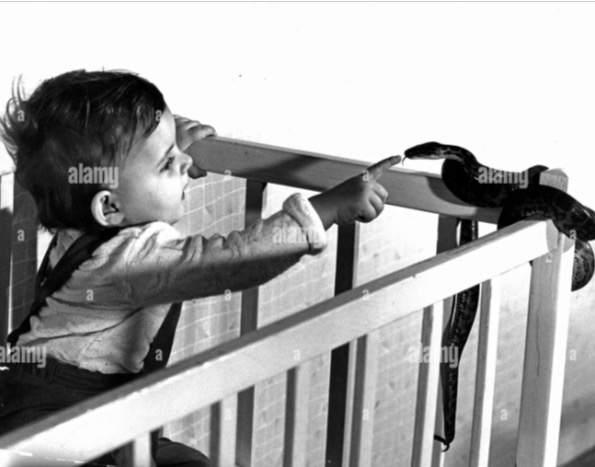
That is the day, in my memory, that anxiety first made its presence felt. The fear of the moment was palpable; I have always been terrified of snakes.
And there were lots of them in that garden. During the cooler months in Natal, that we were pleased to call winter, dry and not at all humid, the house seemed to be a magnet. I remember an enormous puff adder sunning itself in the laundry, my mother oblivious of its presence, her back turned away as she bent over the Hoovermatic; the gardener was
always coming across them and in the bougainvilleas of which we had many and which my father pruned every season, there resided the nastily venomous Twig or Vine snake, perfectly camouflaged in the tangle of branches and leaves; a back-fanged snake to be sure but for which there was no anti-serum.
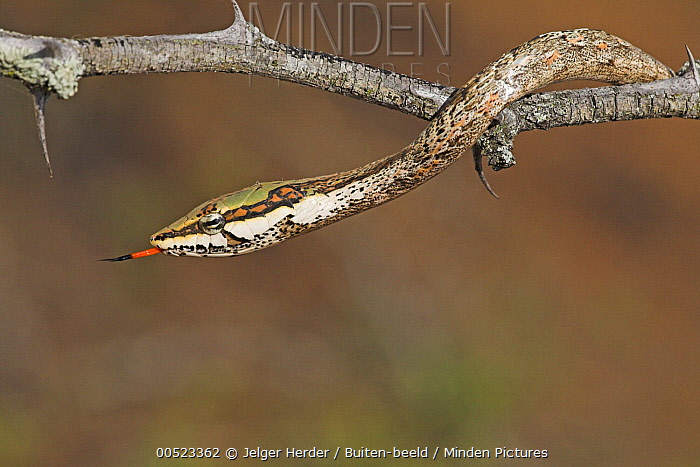
The Boomslang that resides in trees is another back-fanged, highly toxic creature. Here is another story even more fantastic:
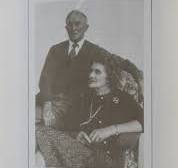
Gladys Suttie lived next door. She was a formidable but kindly person who owned among other things, a small department store or Algemenehandelaar called Adams, in Eshowe, a hundred miles up the Natal north coast, in Zululand. She spoke fluent Zulu with a Scottish accent and belonged to another time in the Imperial Ascendancy. We’d not been long in Kloof but already, in that colonial way, neighbourliness had given way to friendship and she and my mother go on extremely well.
A poor photograph of David & Gladys Suttie. (née Adams, a well known Natal family of missionaries and entrepreneurs, of Scottish descent.)
She invited us to tea one afternoon. It was served with some ceremony under the Jacaranda tree on the lawn that sloped down to the 16th green of the nearby golf course. A beautiful, peaceful summer afternoon. The tray was laid out on the garden table, a beautiful china tea service, there were some biscuits and a cake; all very proper.
Gladys was wearing a broad brimmed straw hat and a summer dress, she was bare-armed. She leaned forward to start serving, my mother sitting opposite. A branch of the Jacaranda was inches above her hat and out of it came, unnoticed at first, a Boomslang which slithered onto the brim of Gladys’ large hat.
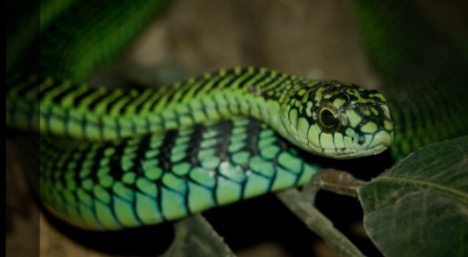
My mother saw it but remained calm, “Gladys………..” she said, but got no further.
“I know dear, I know its there, just stay still for a moment.”
We were electrified.
The snake slithered along and off Gladys’ arm in amongst the china laden tray.
In a trice Gladys leapt to her feet and rushed into the breakfast room along the veranda. On the wall in a special cradle was a small shot gun used for scaring off rodents and other creatures.
Brandishing this weapon she advanced rapidly down the garden, “Marjorie, move the children, get out of the way!”
Once we were clear, Gladys let both barrels off directly into the tea things. There was a spectacular explosion of shot and chinaware, smithereens doesn’t do it, and a very broken, dead snake.
I think we came to tea on another day!
Talking of Boomslangs, my brother-in-law, Alan, is a wild-life enthusiast whose favourite animals are the big cats – lion, leopard and cheetah which he photographs and follows all over Africa. Alan’s other favourite is the Black Mamba which he says is one of the most beautifully evolved creatures on Earth. He knows of my fears and constantly teases me about “arboreals” when we visit KwaZulu-Natal. Many of our finest adventures have been in his company, arranged and conducted by him, in Namibia, Botswana and South Africa.
He has taken us twice to Phinda, a private game reserve set beautifully in three camps among the green-clad, granite kopjes and sand forests of northern Zululand.
I say ‘camps’ but they are more than that; ‘glamps’ doesn’t do it either. Luxury in the bush; fine dining on decks overlooking waterholes where all the big five gather – and more besides.

Breakfast is served on such a deck and on one of our visits as we were enjoying fresh croissants, coffee, confitures, toasts and eggs surrounded by linen napery and Carrol Boyes cutlery, from the canopy of the Mopani tree above us, into this plethora of luxury fell a Boomslang. I am not sure who was more terrified! The snake or me but before either of us could move, the creature was deftly and gently removed from the table by a passing waiter no doubt trained in such things, and replaced in another tree off the deck.
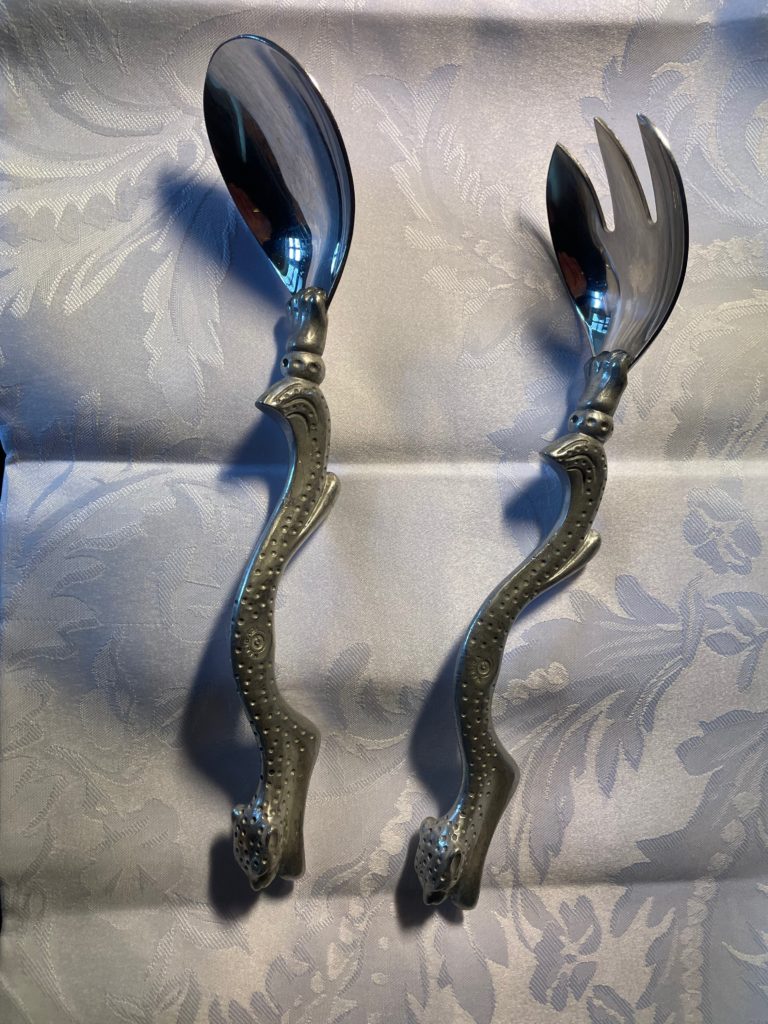
I only know of three people ever actually bitten by a snake. Funnily enough two of them were in Europe – not Africa at all.

Our friend Stanley Uys, the legendary journalist who ran the London Office of South Africa’s Morning Newspaper Group was one of them. He and his wife Sarchen Burrell had a house on Cyprus for many years. In his eighties Stan decided to wrap up the property there and they went for a final visit one summer. Knowing the house well he didn’t need the lights on and when he went for a pee in the middle of the night he was bitten by a blunt nosed viper

wrapped round the toilet base and was rushed to hospital where he spent a few very uncomfortable days. Interestingly, he told us that the doctors there had said that he would never be ill again due to the immense boost the venom gave to his anti-body supply. Stan died in 2014 of a heart attack aged 91.
[Notes: Bites from Blunt Nosed Vipers usually cause life-threatening systemic hemodynamic disturbances, reduced functionality of the kidneys, and other serious symptoms, including hypotension shock, oedema, and tissue necrosis, at the bite site.]
The other European bite was in France. Be careful where you picnic, Friends, on your way south! The wheat fields of northern France have all sorts of creepy things hiding in them, including the common adder. One of these shot out of field near one of those Aires that we all enjoy picnicking in and bit my Friend John’s niece on the leg landing her in hospital for a few days.
Who would have thought!
Do you want any more? I have a few. Okay. Let me tell you about the Fezi:
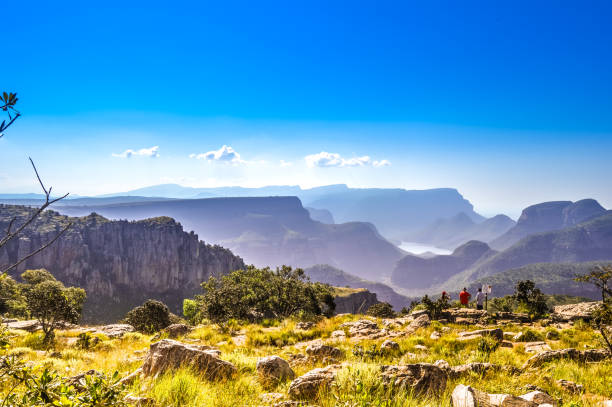

Our friend Carol Hayman introduced us to a lovely couple, neighbours and friends of hers in Dullstroom, Mpumalanga. During dinner I couldn’t help noticing a vivid cicatrix on his wrist.

In a moment of complete insensitively I blurted, “What happened to your wrist?”
“I was bitten by a Fezi at Ulusaba Game Lodge,” he said, in a very matter-of-fact voice.
A Fezi belongs to the cobra family and is highly toxic, “Good God!” I said.
He and his wife were staying in Richard Branson’s luxury, private Game Lodge at Ulusaba. In the middle of the night he was woken by a severe stinging sensation and there, lying on the bed between them was this snake which bit him twice above the wrist.


The whole place was woken up. The nearest hospital was in Nelspruit (now Mbombela) ninety miles, a good two hours away by Landrover – far too late to save his life.
Richard Branson’s helicopter happened to be on the stand nearby and he was flown the distance in forty minutes where he was treated.
A near thing, Friends.
Why am I telling you all this? Probably because it is a diversion from the nasty news that has welcomed us into 2024 which we may see & say but which is certainly not sorted! By the way have you ever tried texting or calling the numbers they endlessly broadcast? In the tunnels? Not a peep, Friends. Not a peep! How do you sort if you cannot say?
Christmas has come and gone and here we are at the end of January. Tony’s whole family, the whole bang shoot – Canadians jetting in to join – gathered. It was great. We looked across at this brood and could not believe our eyes. Seventeen of us sat down to dinner.
I have had my knuckles wrapped, Friends, by several of you who complain I don’t mention enough intimate, small scale events. Some of you hate being mentioned at all. Others don’t mind as long as surnames are kept out.
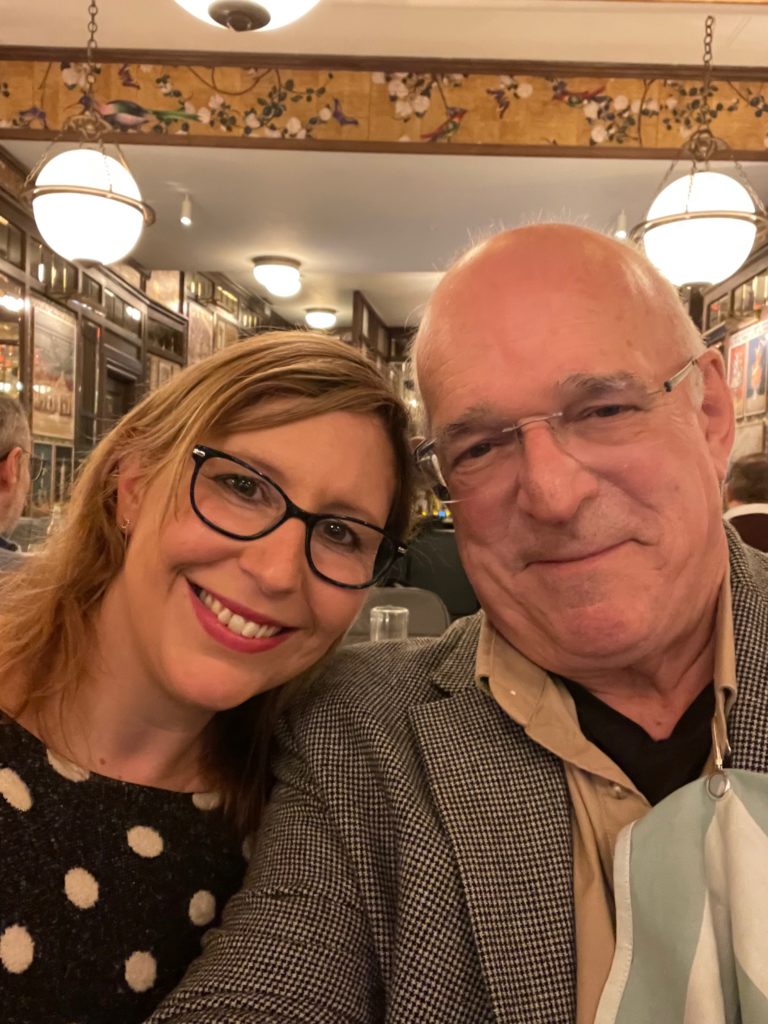
While I was cat sitting HRH Charlotte allowed me several outings playing away and it was lovely to lunch with Rodney P, play bridge with Jane & Edward – albeit only half a rubber, far too much chatter and catch-up – the best; and always great food and wine. Thanks.
Dinner with Dina – at The Ivy: daughter of my oldest friends – from New Zealand. Thanks for the Japanese Gin, Dina!
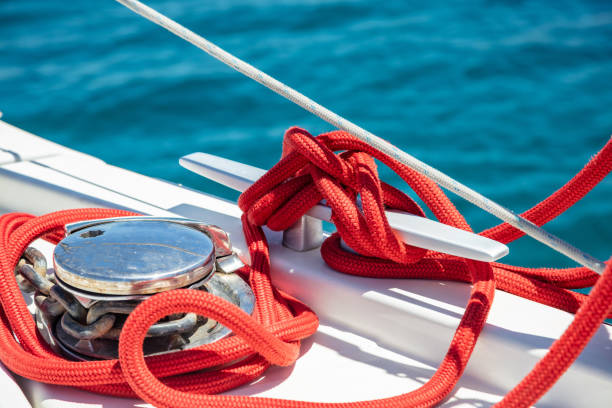
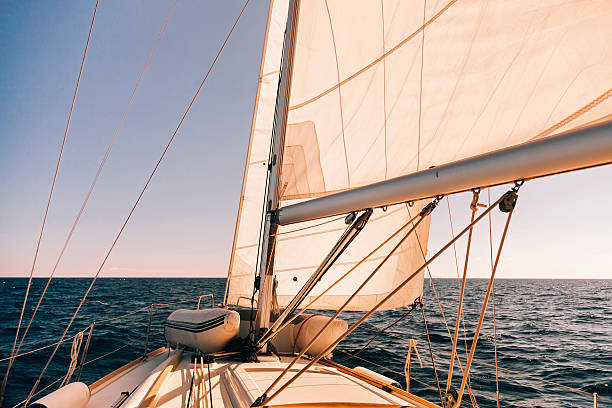
Not forgetting dearest Sue or “Cleating” as I call her – and I am “Sheeting”. That’s a story for another time! Quite a funny one. To do with sailing and how bad we were at it!
And Jane B. too – the movies of course. We are more than making up for the effects of Covid and lock down on our movie-going habits. Much better than streaming.
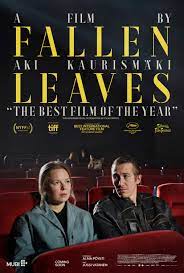
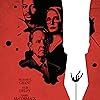
The Lesson with Richard E. Grant & Julie Delpy being rather good in this witty and entertaining gem.
The Finnish Auteur Aki Kaurismäki’s gently comic Fallen Leaves we adored and it inspired us to track down other films of his.
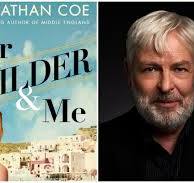
Looking back at the BBC’s Arena found us being transfixed yet again by the brilliance of Billy Wilder and the Volker Schlöndorff documentary made in 1988, recently re-broadcast, had us downloading The Apartment for another look. [Have any of you read Jonathan Coe’s wonderful Mr Wilder & Me published back in 2020? A great treat.]
A Nearly Normal Family. Riveting Scandi-noir from Sweden. The lengths families will go to cover up their crimes.

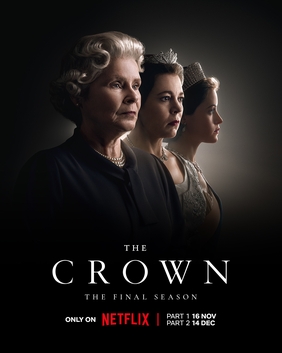
Though I nearly didn’t watch it, speaking of normal families, The Crown turned out to be a good one, hats off to Imelda Staunton. The same could not be said for The Tourist which bemused us even more than the first series set in Australia.

Shetland has been our belated discovery which we have enjoyed having never seen it. A catch up decided us that we’d not want to live in such a bleak place where so very many murders within convoluted stories take place!
How the production team managed to find enough still and sunny days considering the realities of the weather there, is nothing short of miraculous; and once Douglas Henshall departed it rather lost its allure.
Hansel & Gretel at Covent Garden was beautiful – the ROH’s Christmas opera and designed for children, sung in English, unusually for them. The sets were glorious. Like a pop up picture book. No modern publisher would offer this grimm story to children today with its terrifying undertone of bad parenting, torture and death in the gingerbread machine at the hands of a cruel witch who gets a sticky comeuppance among other unsavoury events. But the savoury events are beautifully told within the magnificent Humperdinck score. My favourite is the pantomime at the end of Act II. So tender. My only criticism was the actual gingerbread house which should have had more of a gingerbread and less of a Rocky-Horror house look.
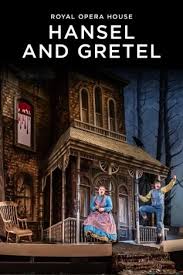
Pop up books apply also to the traditional and now annual Nutcracker ballet which never fails to please; particularly with daughters Julie and Sarah in tow. A perfect afternoon with the usual tears of joy during the pas de deux.
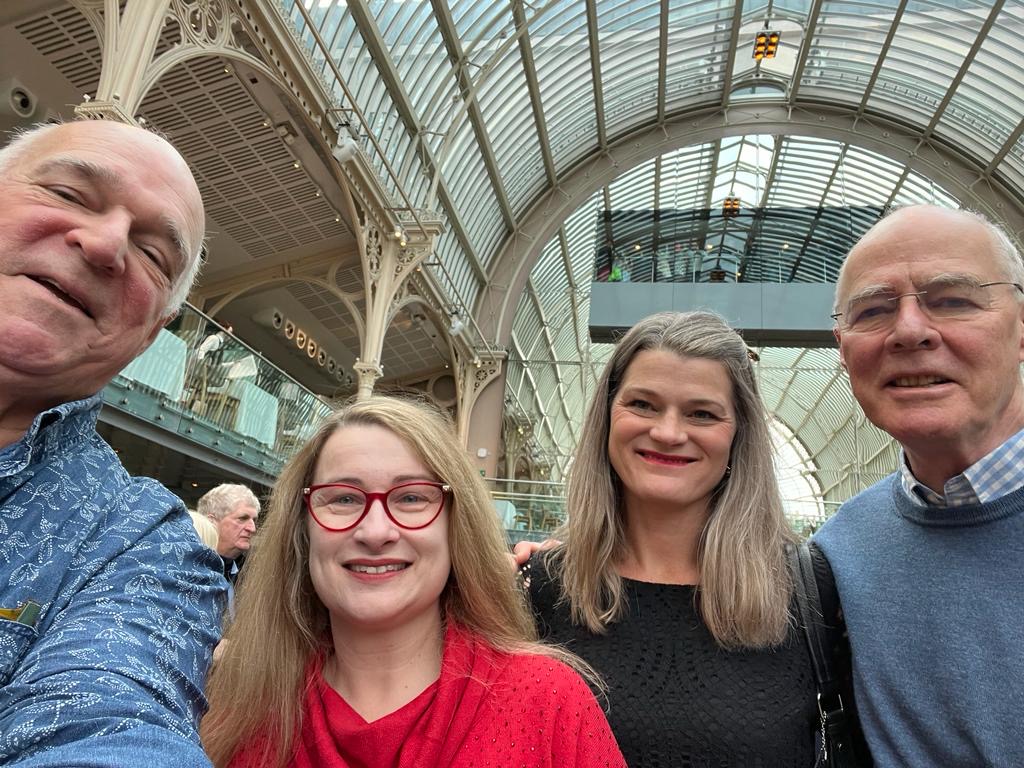
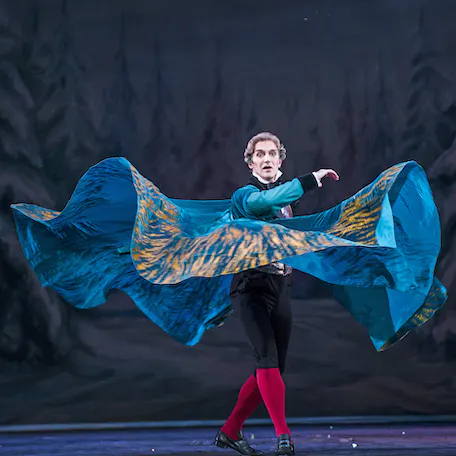
Crazy for You, Ira Gershwin’s romantic comedy musical at the Gillian Lynne Theatre was another pleasing treat. A “joyous love letter” one critic wrote – and it’s true. Every song is great and Charlie Stemp as Bobby Child with Carly Anderson as Polly Baker made it all look so easy.
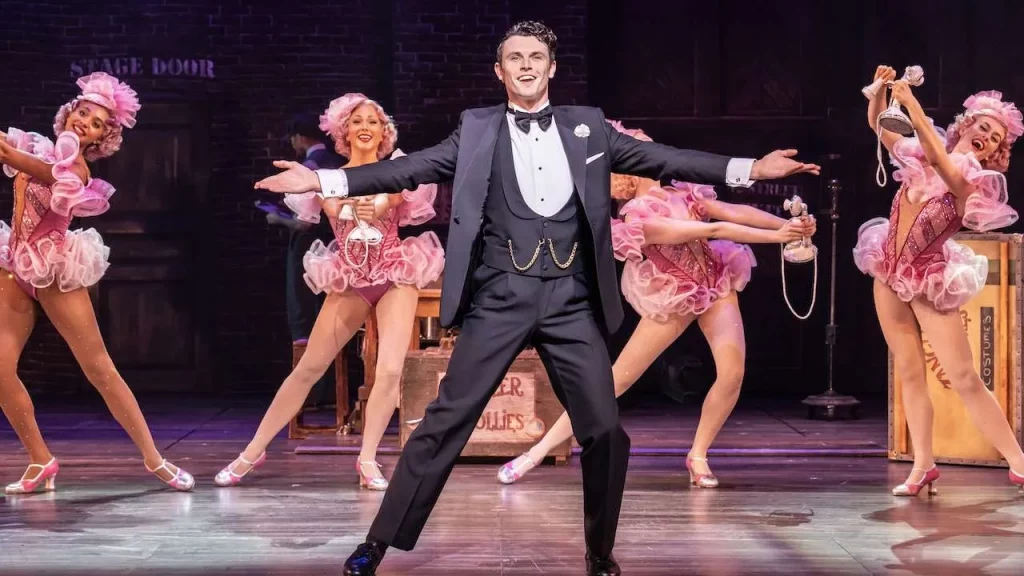
There is nothing easy about Richard Strauss’ Elektra. Definitely from a dysfunctional family. The tragic shenanigans at the court of Agamemnon: regicide, adultery, betrayal, revenge, incest and even, yes, love, make this the perfect platform for the largest orchestra in opera (110 pieces) with a huge, emotional sound that literally tingles the blood. The last, vast notes fade as Elektra leaves a blood spattered stage in a dance of madness and, though one is not sure, goes to her death. How Nina Stemme finds the sheer strength to project this vast role over such an enormous sound I do not know, and she is on stage for pretty much the entire 90 minutes of this one act opera. Brava…. Bravissima! It was under the direction of Antonio Pappano, the darling of Royal Opera audiences, soon to be departing for the LSO. So, not too far away thank goodness.
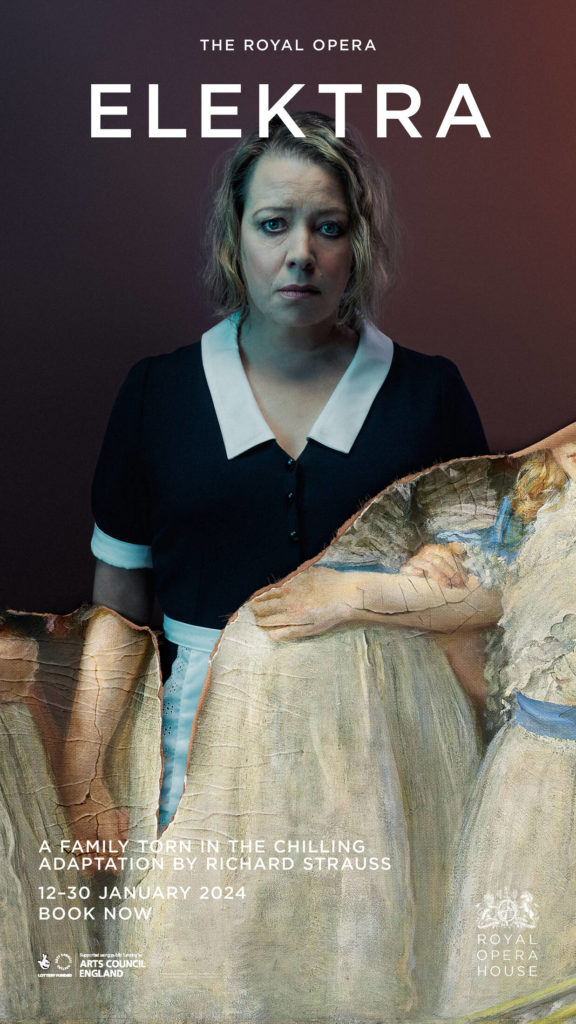
I was intrigued at the age restriction placed on it. Suitable for children 12+? I would have put it at 18! There was no restriction on Hansel & Gretel!
And what of Faggots at the Southbank? Our friend Joy Smith, a harpist of note and poly-instrumentalist was in it and invited us along. Based on Larry Kramer’s 1978 novel of the same name, we were not sure what to make of this piece finely executed by a talented and clearly committed ensemble. It’s themes in the frame of a musical drama-comedy seemed to us curiously quaint and out-of-date, with Woke and gender orientation squashed into a theme that was once purely gay. Homosexuals reclaiming Faggots. I am not sure it quite knew what it was trying to say but enjoyable nonetheless.
NEW ZEALAND
Brother David’s death a year ago put an end to our visit then to New Zealand to visit Brother Michael and the nieces (all advancing in age on every front!) – so we have revived plans and arrived here yesterday for three weeks; then Australia for two and directly on to SA after that, returning at the end of March. Our families are in such a diaspora. Two months away from the cold, grey mudflats of Essex can’t be a bad thing.
Onward and upward my dearios, in this dangerous and sad world.
THANKS FRIENDS ALL – SEE IT, SAY IT, SORTED!
